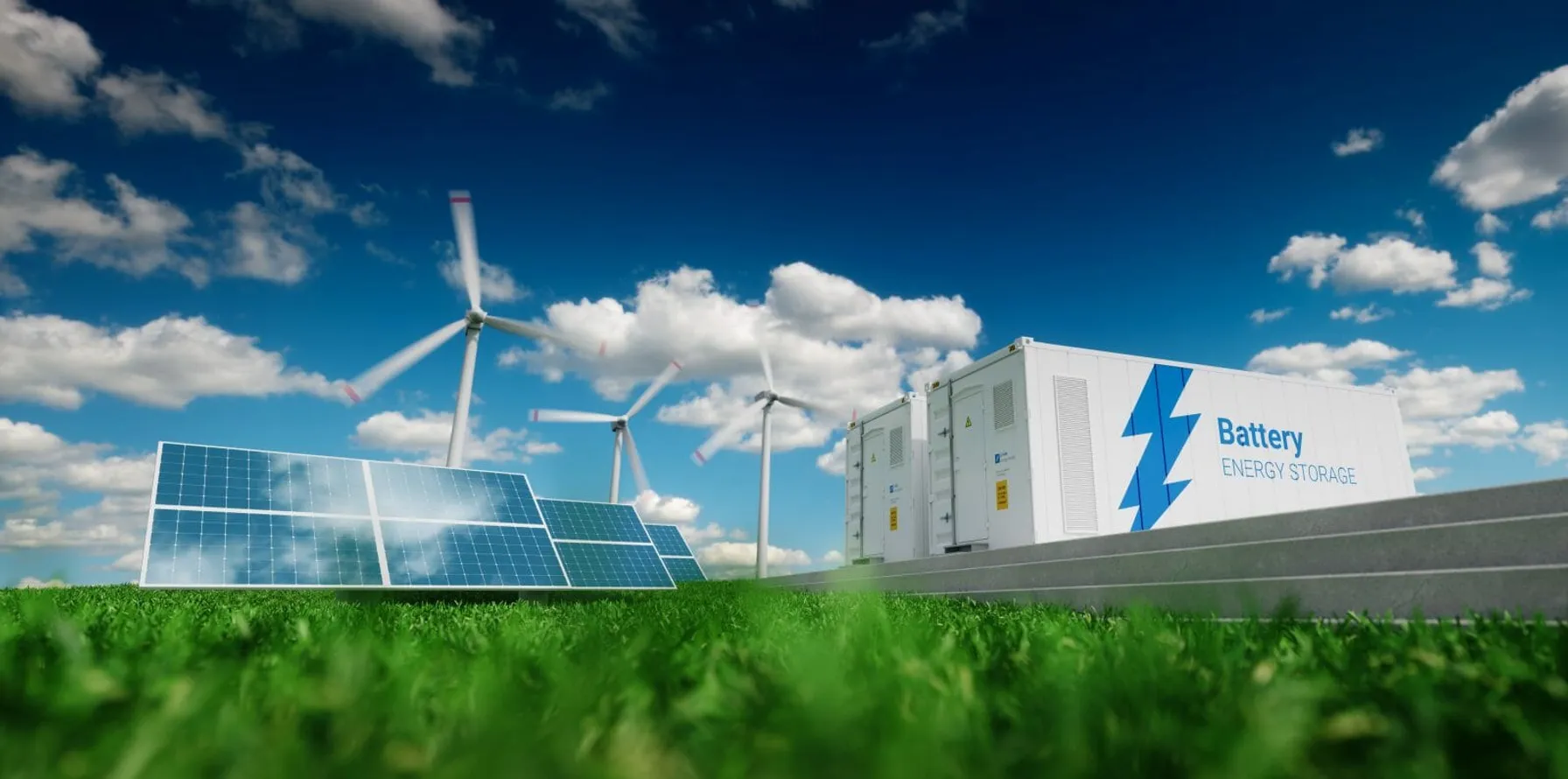- Études de faisabilité et analyses de solutions de rechange
- Zonage, utilisation des terres, évaluations des ordonnances
- Accès aux contraintes de transition, d’interconnexion et de transmission
- Études d’impact sur le réseau électrique (à l’état stable et dynamique)
- Services consultatifs/d’ingénieurs du propriétaire
- Recherche et démonstrations
De l’ingénierie du propriétaire à la conception et à la mise en œuvre de programmes clients, en passant par la conception et l’administration clés en main du stockage d’énergie, nos services comprennent :
- Enquêtes sur les ressources culturelles et naturelles
- Planification des permis environnementaux et de l’atténuation
- Examens de la Commission de zonage et d’urbanisme
- Mesures correctives
- Consultations de l’Agence et programmes de participation du public
- Gestion des intervenants
- Évaluations géotechniques
- Nivellement du site et conception structurale civile
- Élaboration du PPSP
- Sécurité
- Conception conceptuelle et détaillée
- Estimations des coûts et prévisions du rendement
- Ingénierie du transport, de la distribution et des sous-stations
- Paramètres de protection et coordination
- SCADA/Communication
- Conception du système de contrôle
- Interconnexion du réseau
- Solutions numériques basées sur des logiciels
- Protection contre l’incendie
- Préparation des spécifications
- Suivi et inspection des matériaux
- Garanties de performance, bons de souscription et opérations en capital
- Surveillance, exploitation et entretien
- Gestion et surveillance de la construction
- Surveillance de la conformité environnementale
- Essais d’équipement, de relais et de SCADA
- Essais et surveillance du rendement
Partager nos perspectives
Nos praticiens partagent leurs idées et leurs points de vue sur les tendances et les défis qui façonnent le marché.
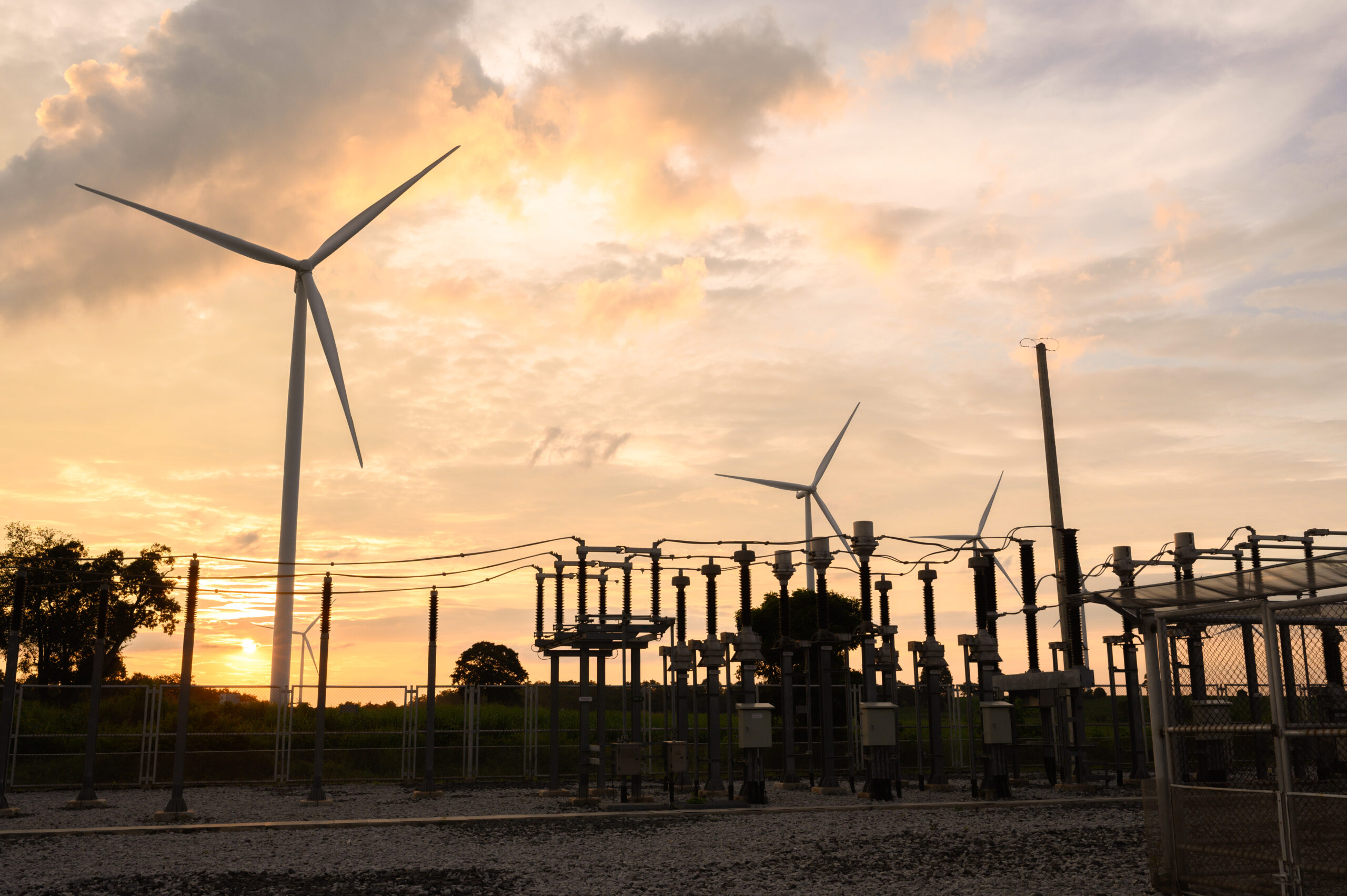
DERMS Part III: Improving the Implementation Lifecycle
juin 27, 2025
Discover practical best practices to overcome common DERMS implementation challenges and ensure long-term utility success.
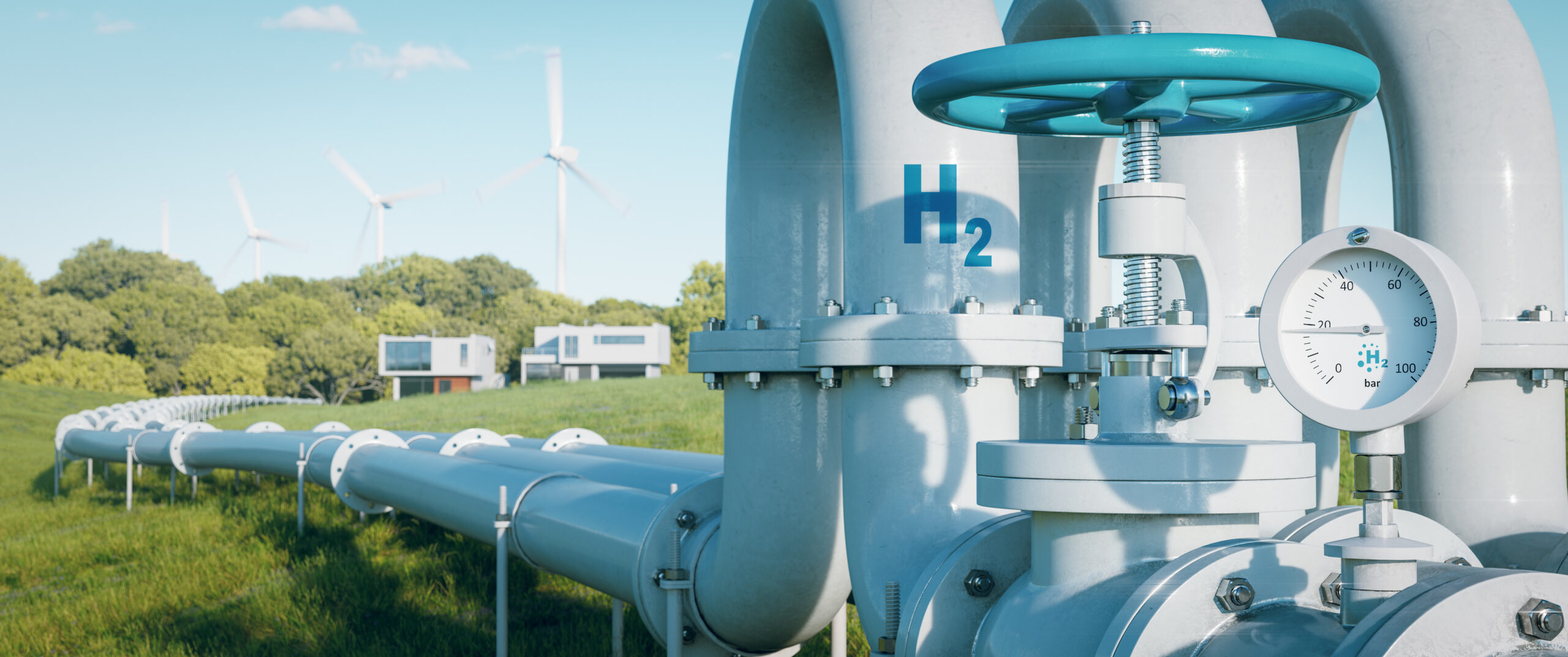
What Hydrogen Production Technologies Qualify for the 45V Tax Credit?
février 26, 2025
The 45V Tax Credit, formally known as the “Credit for Production of Clean Hydrogen and Energy Credit,” became effective on January 10, 2025 when it was published in the Federal Register. The 45V Tax Credit is one of the 21 tax credits that were created or amended by the Inflation Reduction Act (IRA). Finalization of this tax credit is important news to hydrogen project developers and financiers.
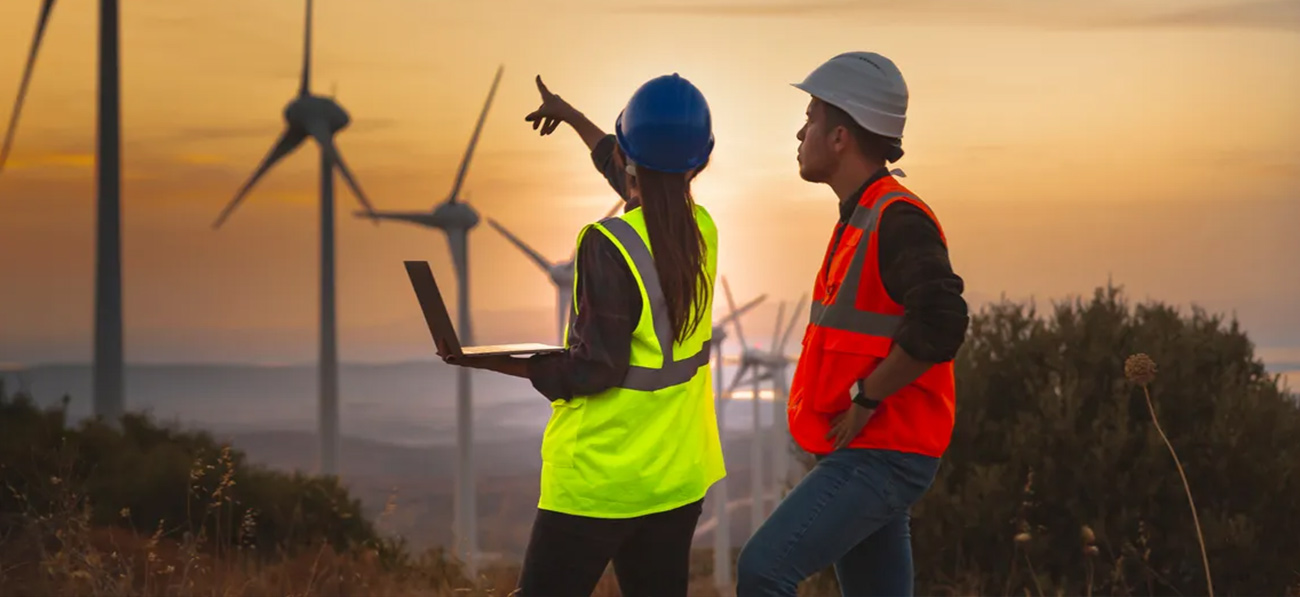
La NERC approuve les normes liées à l’IBR ayant une incidence sur la production d’énergie renouvelable
octobre 31, 2024
Les normes seront bientôt déposées et en attente de l’approbation finale de la FERC. La NERC a également voté en faveur de l’amélioration de la définition de la conduite pour inclure la « capacité de résister aux perturbations de tension ou de fréquence à l’intérieur des limites définies et de continuer à fonctionner comme spécifié ».
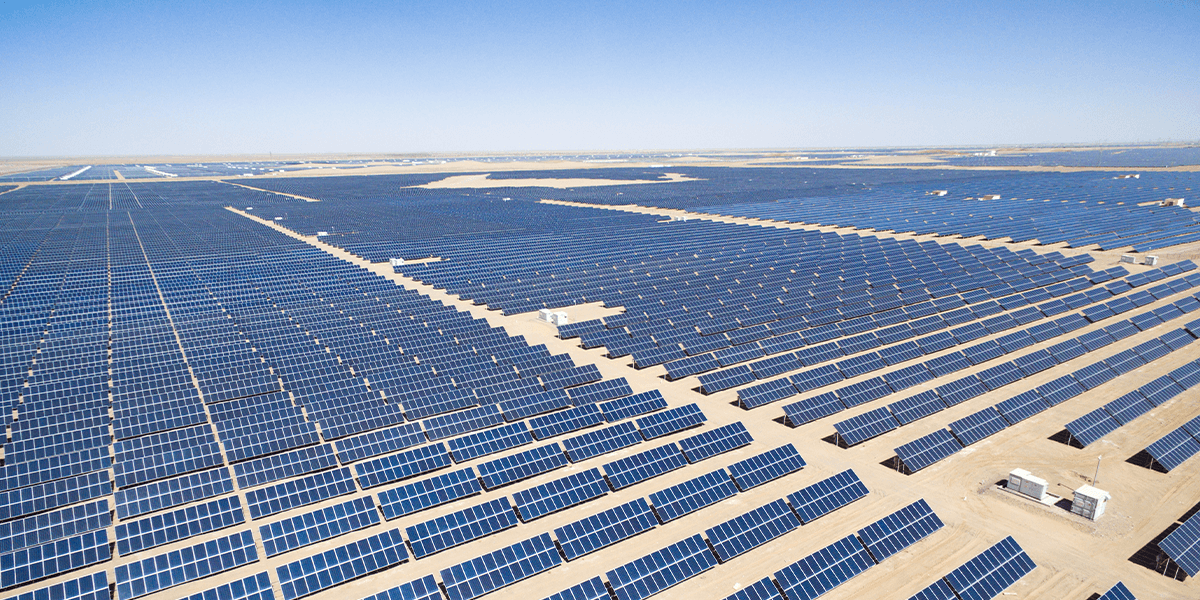
Qu’est-ce qu’une ressource énergétique distribuée ?
septembre 5, 2024
Cliquez ici pour en savoir plus sur les ressources énergétiques distribuées intégrées et sur la façon d’en choisir une qui profite à vos besoins uniques avec les entreprises TRC.
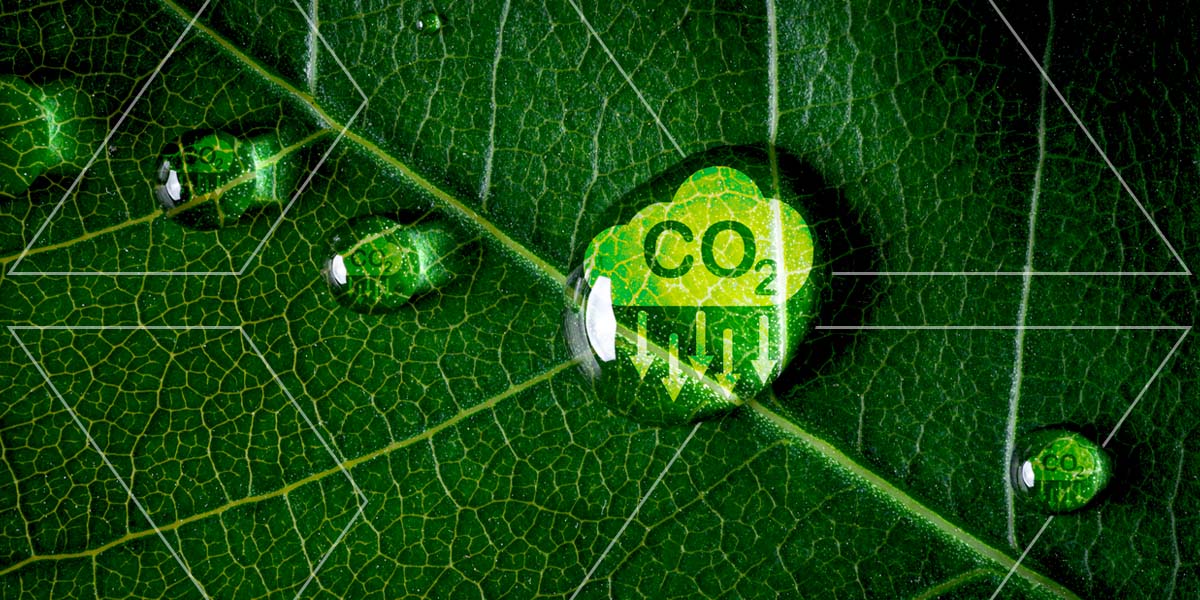
Décarbonisation 101
septembre 5, 2024
Apprenez à intégrer des pratiques de décarbonisation pour réduire votre contribution aux émissions de dioxyde de carbone. Travaillez à la durabilité avec nos solutions.
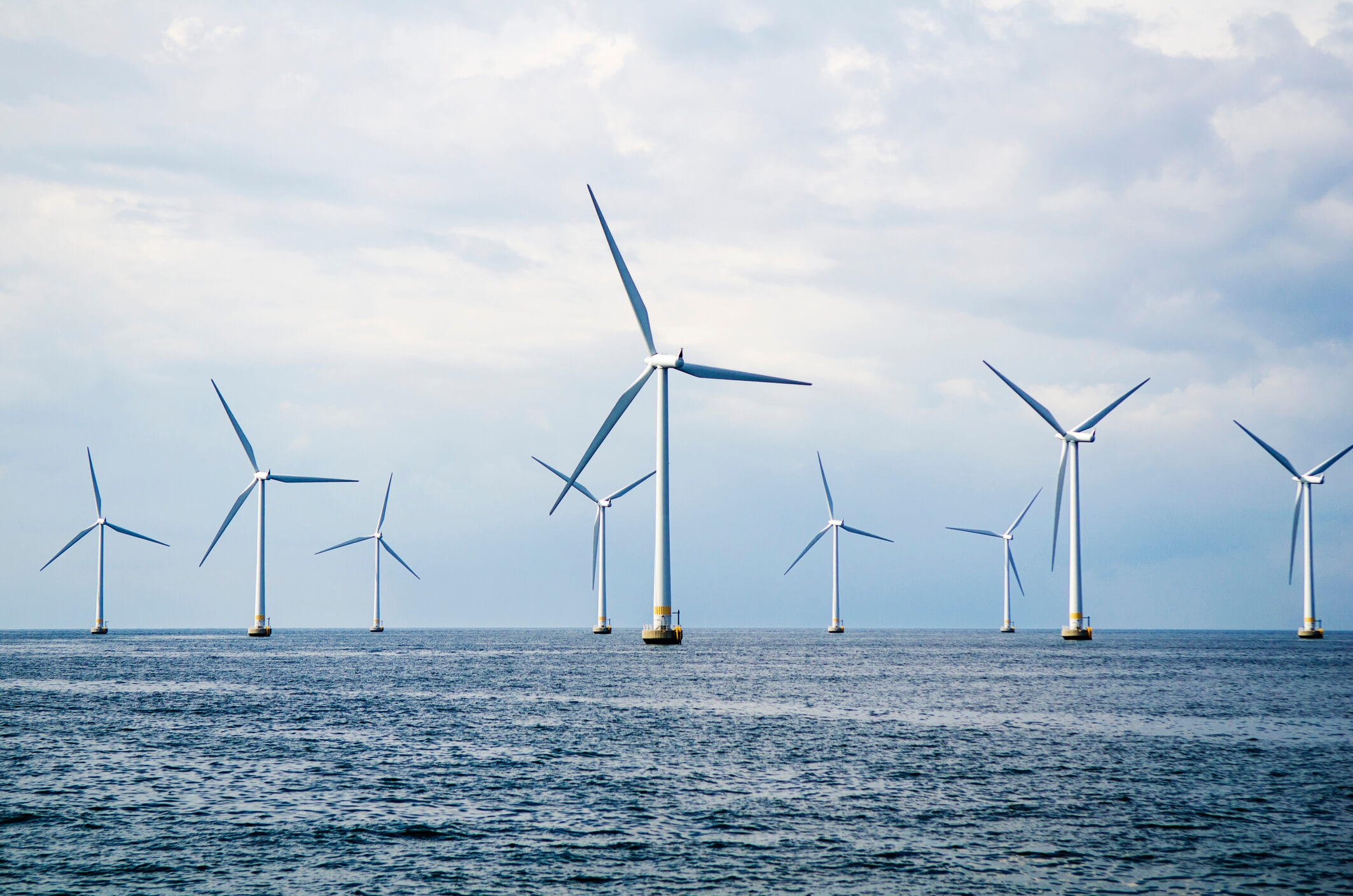
Currents of the Mid-Atlantic : Navigating Regional Dynamics of Offshore Wind
juin 14, 2024
Alors qu’une plus grande partie du monde se tourne vers les sources d’énergie renouvelables, les projets éoliens offshore sont apparus comme une solution prometteuse pour répondre à la demande croissante d’énergie tout en réduisant les émissions de carbone.
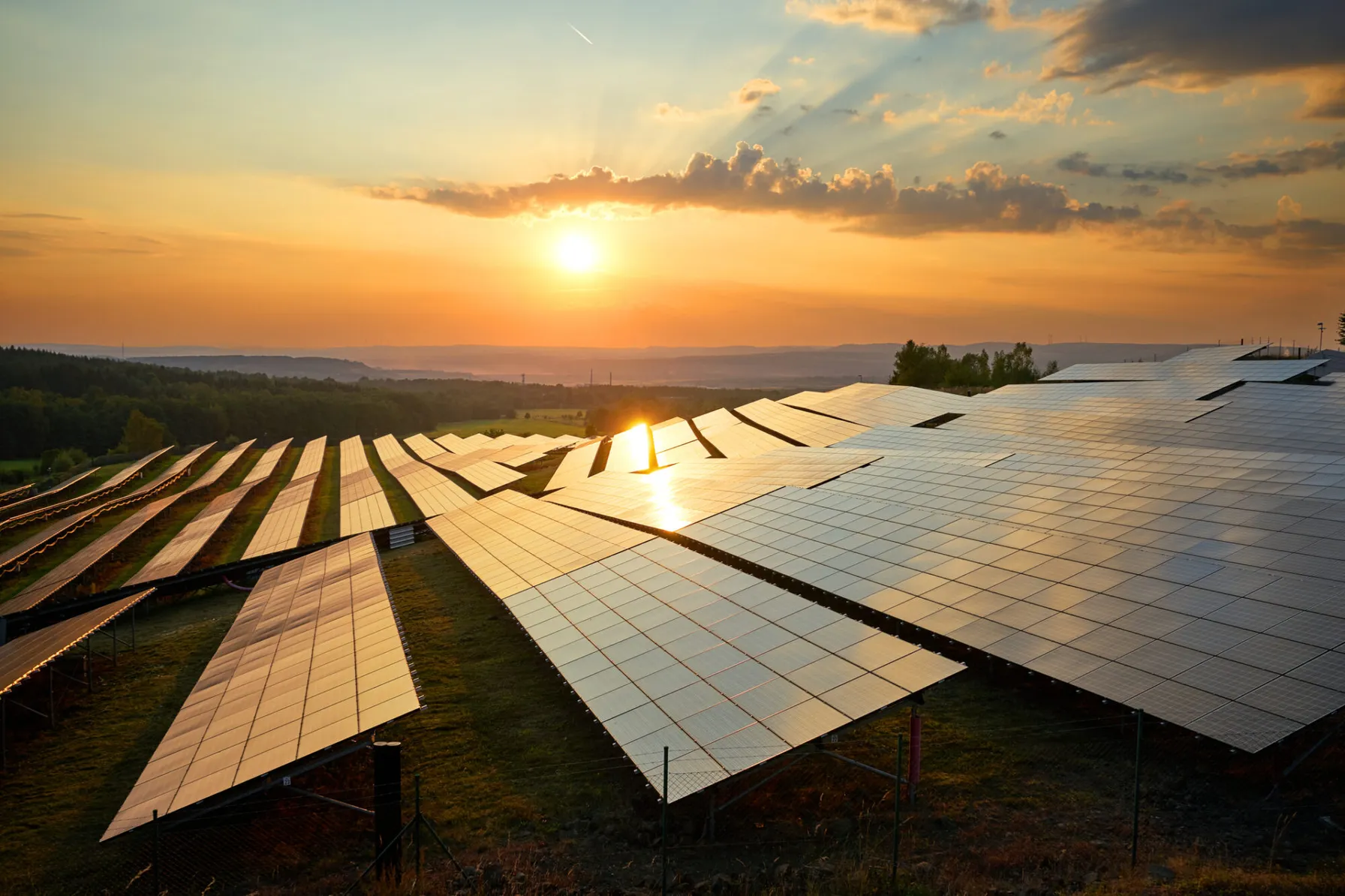
La NERC propose des modifications aux critères d’inscription des ressources basées sur les onduleurs (IBRs)
avril 19, 2024
La NERC a soumis à l’approbation de la FERC de nouveaux critères de conformité pour l’enregistrement des RCI dans le cadre des efforts continus visant à réduire les risques de fiabilité. Il est essentiel que les développeurs d’énergie renouvelable, les propriétaires de production et les propriétaires de réseaux de transport comprennent les implications potentielles pour les études d’interconnexion et les files d’attente d’interconnexion.
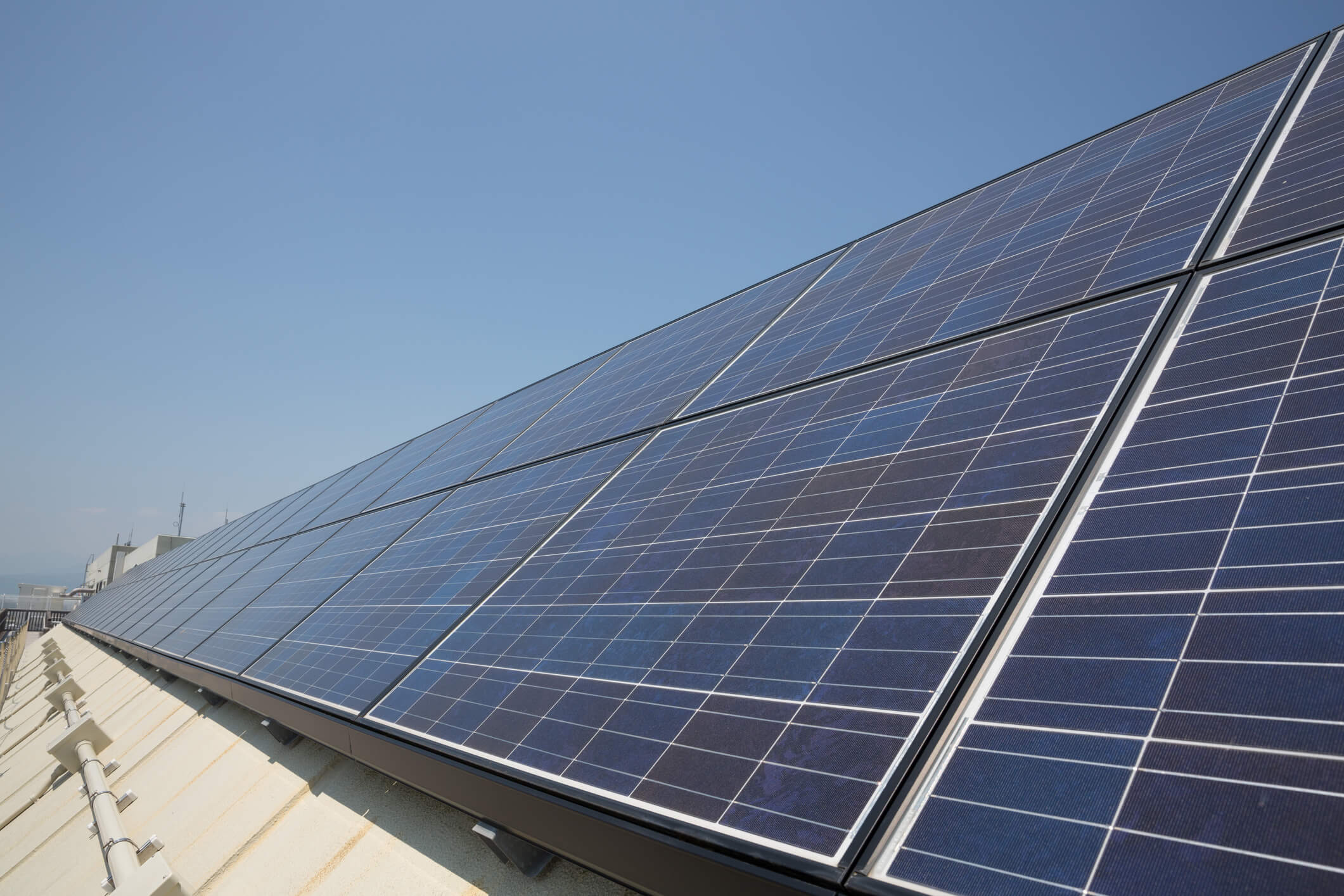
Rediffusion du webinaire
mars 26, 2024
La NERC a soumis à l’approbation de la FERC de nouveaux critères de conformité pour l’enregistrement des RCI dans le cadre des efforts continus visant à réduire les risques de fiabilité. Il est essentiel que les développeurs d’énergie renouvelable, les propriétaires de production et les propriétaires de réseaux de transport comprennent les implications potentielles pour les études d’interconnexion et les files d’attente d’interconnexion. Comme il est expliqué dans son dépôt, la NERC propose de mettre à jour les critères de registre du propriétaire du générateur et de l’exploitant de générateurs (« GO » et « GOP ») afin d’inclure une nouvelle catégorie (« OG de catégorie 2 » et « GOP de catégorie 2 ») d’entités qui possèdent ou exploitent des ressources génératrices non basées sur des onduleurs BES qui : Avoir ou contribuer à une capacité nominale globale supérieure ou égale à 20 MVA, ou Connecté par un système conçu principalement pour fournir une telle capacité à un point commun de connexion à une tension supérieure ou égale à 60 kV.

Se préparer à l’avenir des études sur les systèmes d’alimentation, aujourd’hui
février 9, 2024
Comment la CVR s’adapte pour fournir des résolutions uniques pour la transition énergétique
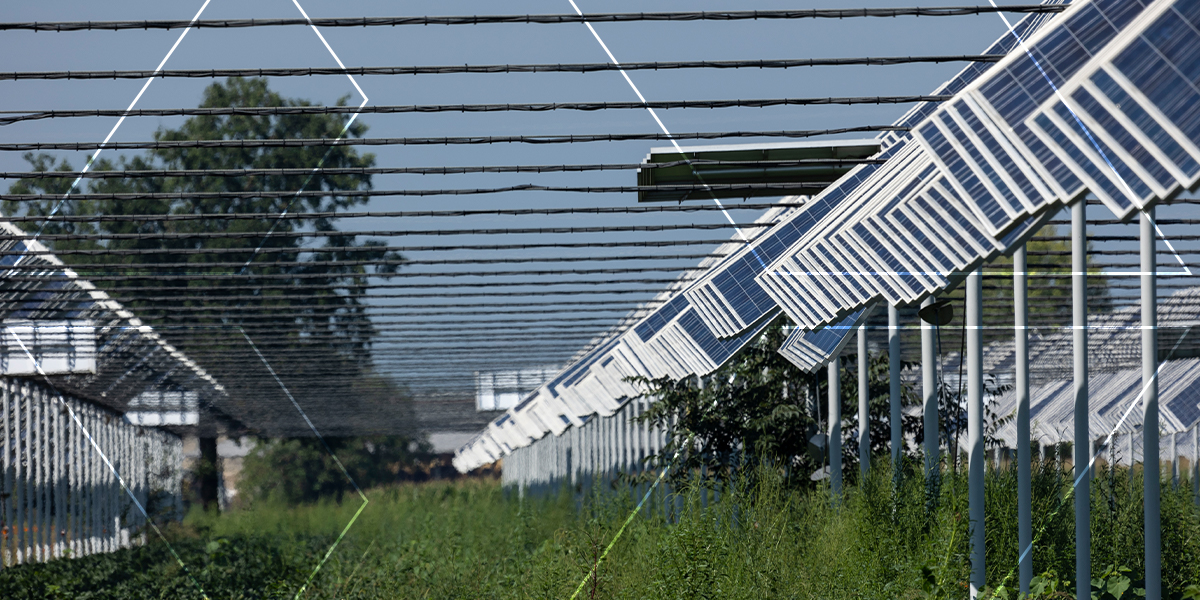
Comment créer un système agrivoltaïque durable
février 1, 2024
Les systèmes Agrivoltaïques peuvent vous aider à maximiser l’utilisation des terres, la production d’énergie et les cultures. Découvrez comment nous pouvons vous aider à gérer votre projet agrivoltaïque !
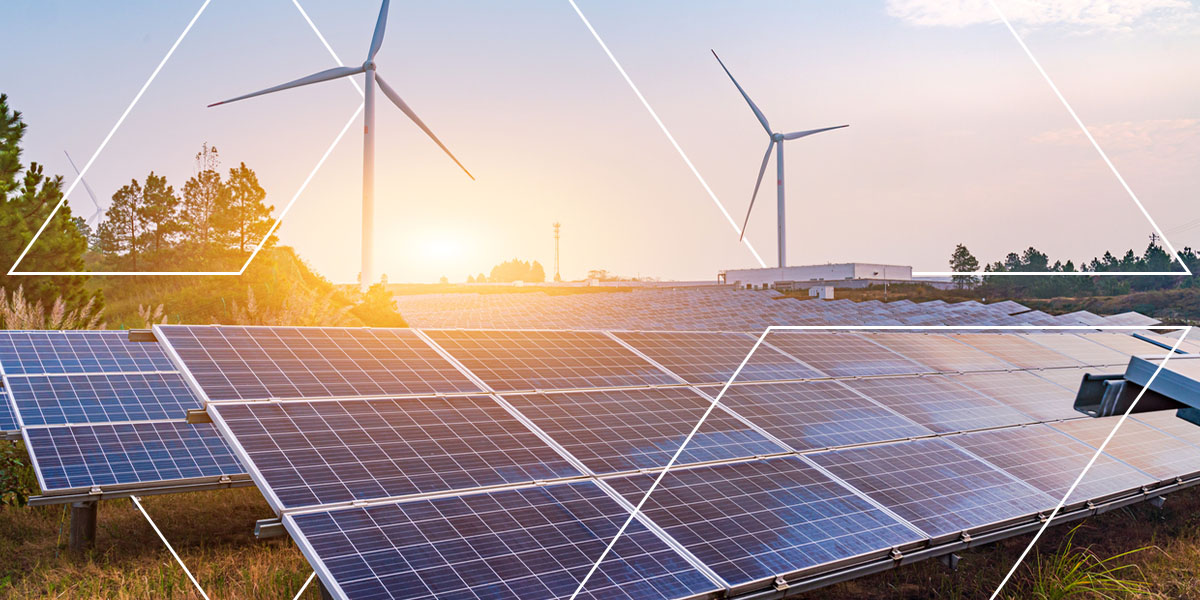
Les avantages et les défis des microréseaux
février 1, 2024
Les microréseaux peuvent vous aider à rester opérationnel dans les conditions les plus critiques. Découvrez comment nos services peuvent vous aider à tirer parti des systèmes de microréseaux.
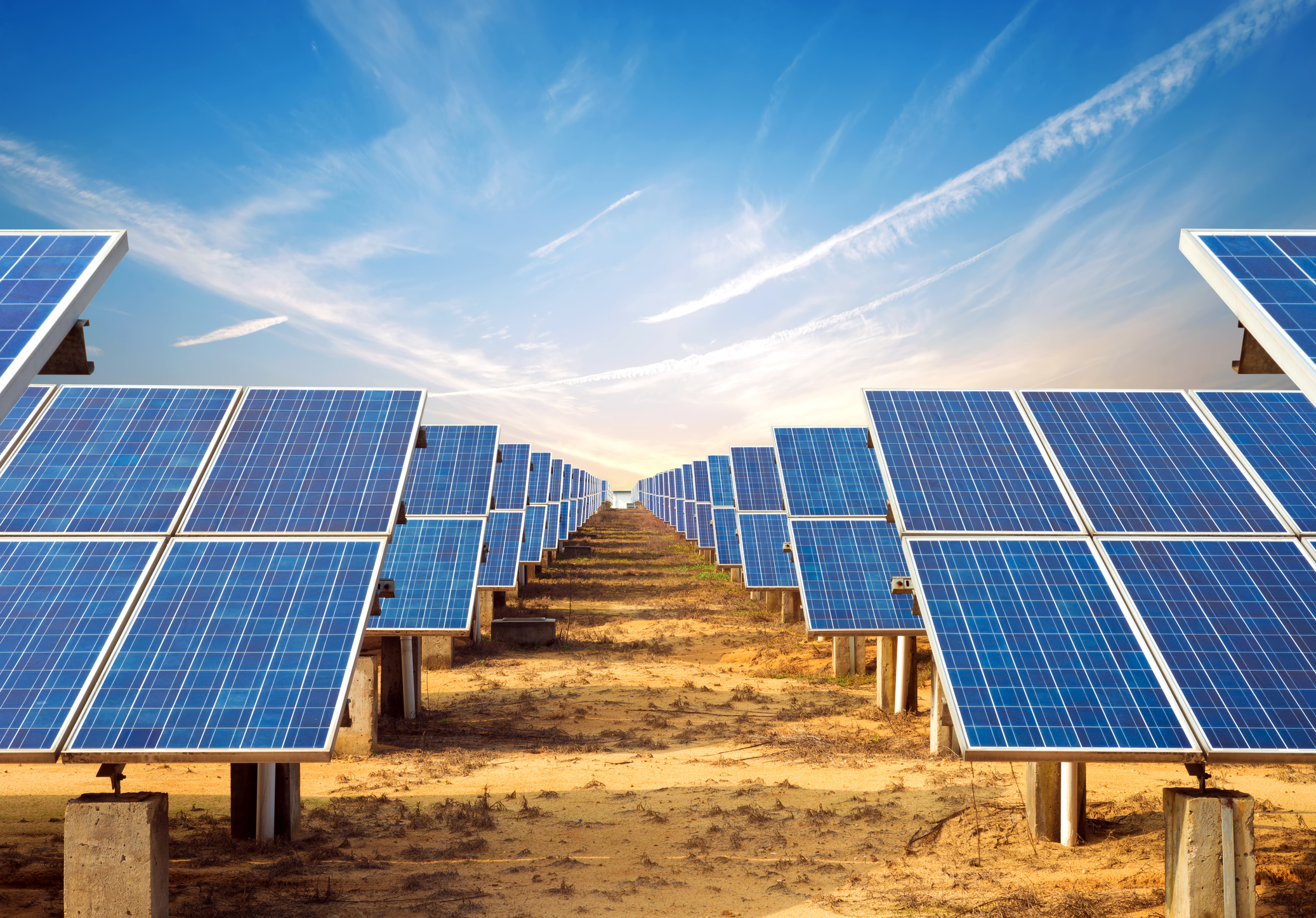
L’ordonnance 901 de la FERC demande des normes pour combler les lacunes en matière de fiabilité de l’IBR
novembre 27, 2023
Les ressources basées sur les onduleurs jouent un rôle central lorsqu’il s’agit d’ajouter une nouvelle capacité de production d’électricité dans le système d’alimentation en vrac.
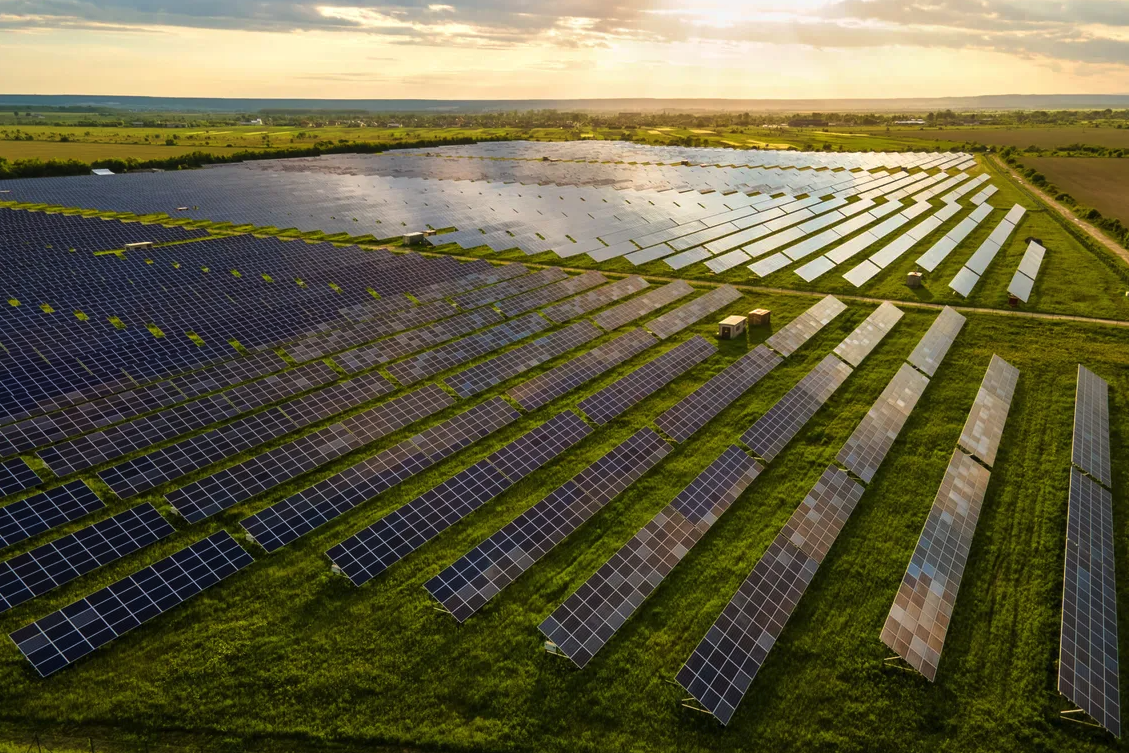
La NERC publie une série de webinaires sur les ressources basées sur les onduleurs
octobre 19, 2023
Alors que le système de distribution d’électricité continue d’évoluer rapidement en raison des initiatives de politique de décarbonisation, les ressources basées sur des onduleurs (IBRs) jouent un rôle de plus en plus important dans les ajouts de production au système d’alimentation en vrac. La NERC et d’autres organisations techniques ont pris de nombreuses mesures pour appuyer l’intégration fiable de ces ressources.
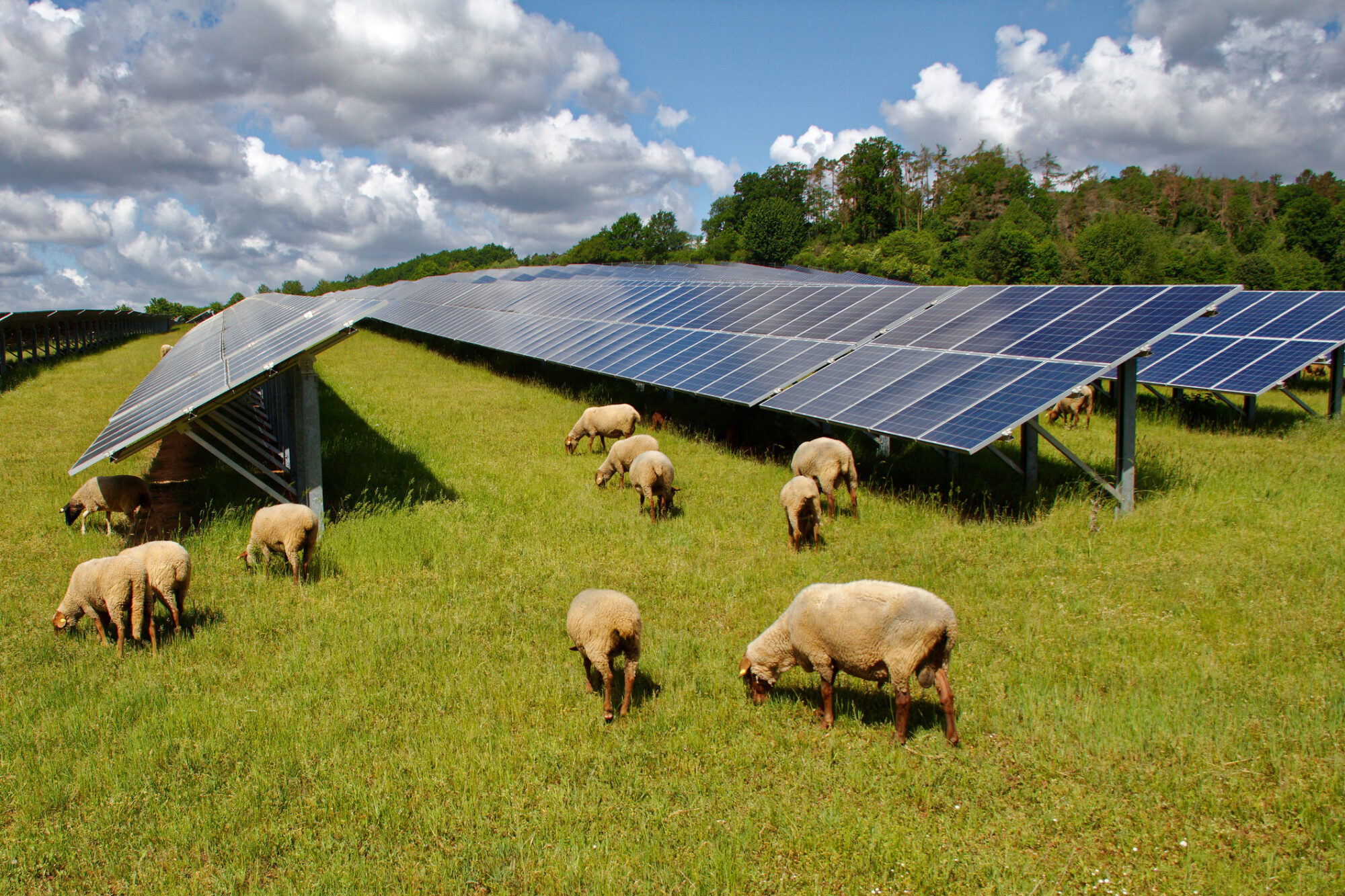
Agrivoltaics: A Sustainable Way to Harvest Sunshine
octobre 10, 2023
Learn how incorporating agricultural practices into your solar development improves project success.
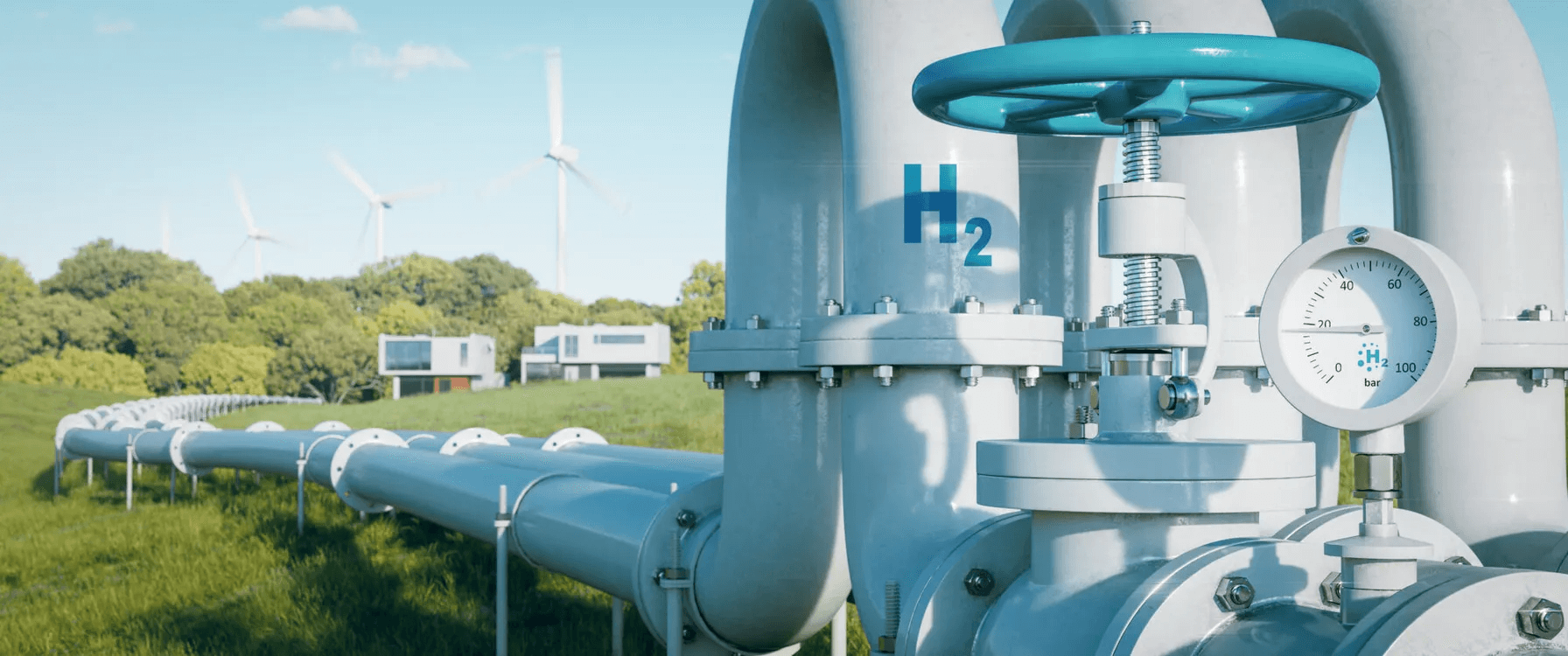
Adapting Old Pipelines for New Products: How the Energy Industry is Addressing the Drive for Decarbonization
octobre 3, 2023
There is currently an emphasis across the United States to reduce greenhouse gas emissions and become carbon neutral in the near future
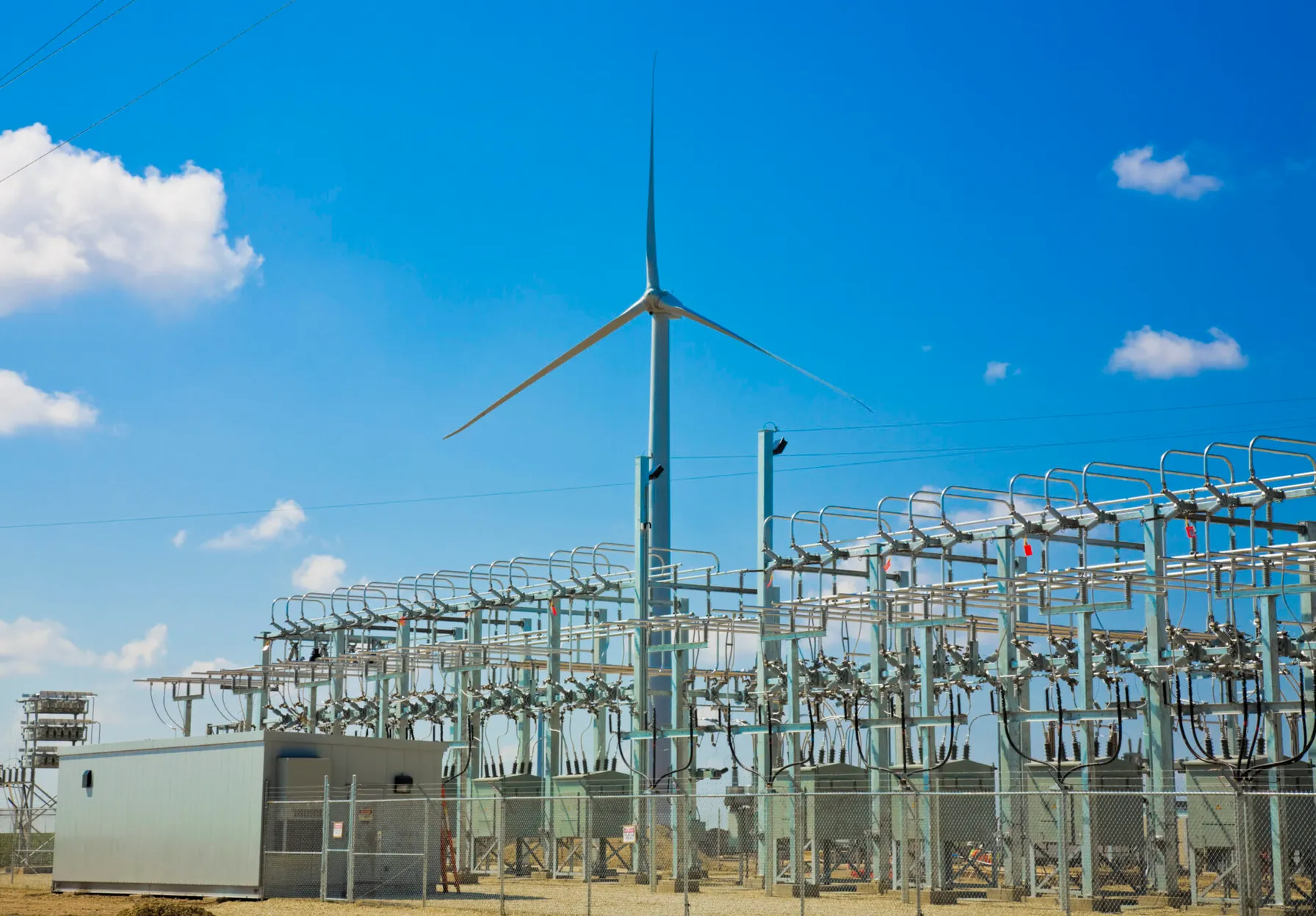
FERC Issues Order 2023 to Resolve Interconnection Process Issues
septembre 25, 2023
The Federal Energy Regulatory Commission has approved Order 2023 to facilitate and improve the speed and reliability of adding new energy resources to the power system
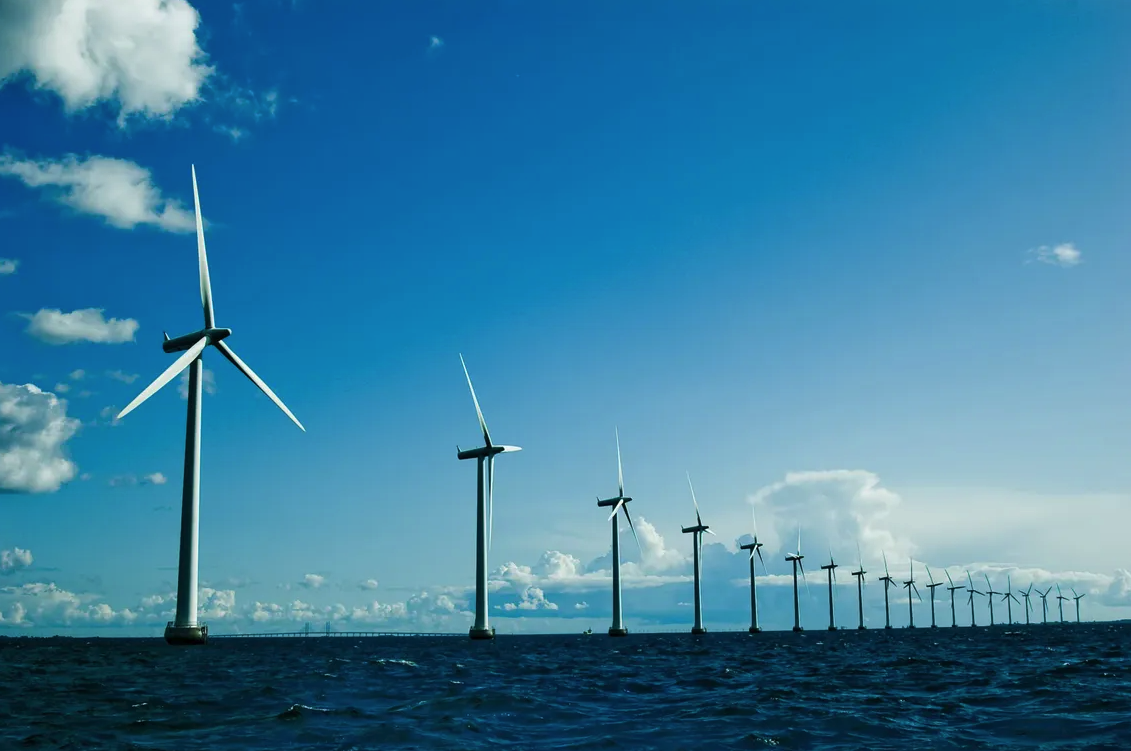
Offshore Wind: A Critical Energy Solution on the Path to Grid Resiliency and Decarbonization
août 29, 2023
As the urgency to decarbonize and build resiliency grows, renewable energy continues to be a pivotal solution for reshaping the future of power in the U.S. From solar to wind, hydro, geothermal and biomass, each renewable resource has its sweet spot for efficient development, deployment and optimal performance. And while they all have their own pros and cons, it is imperative that we leverage them all into the energy mix to achieve decarbonization goals and ensure adequate capacity to meet increasing load demands.
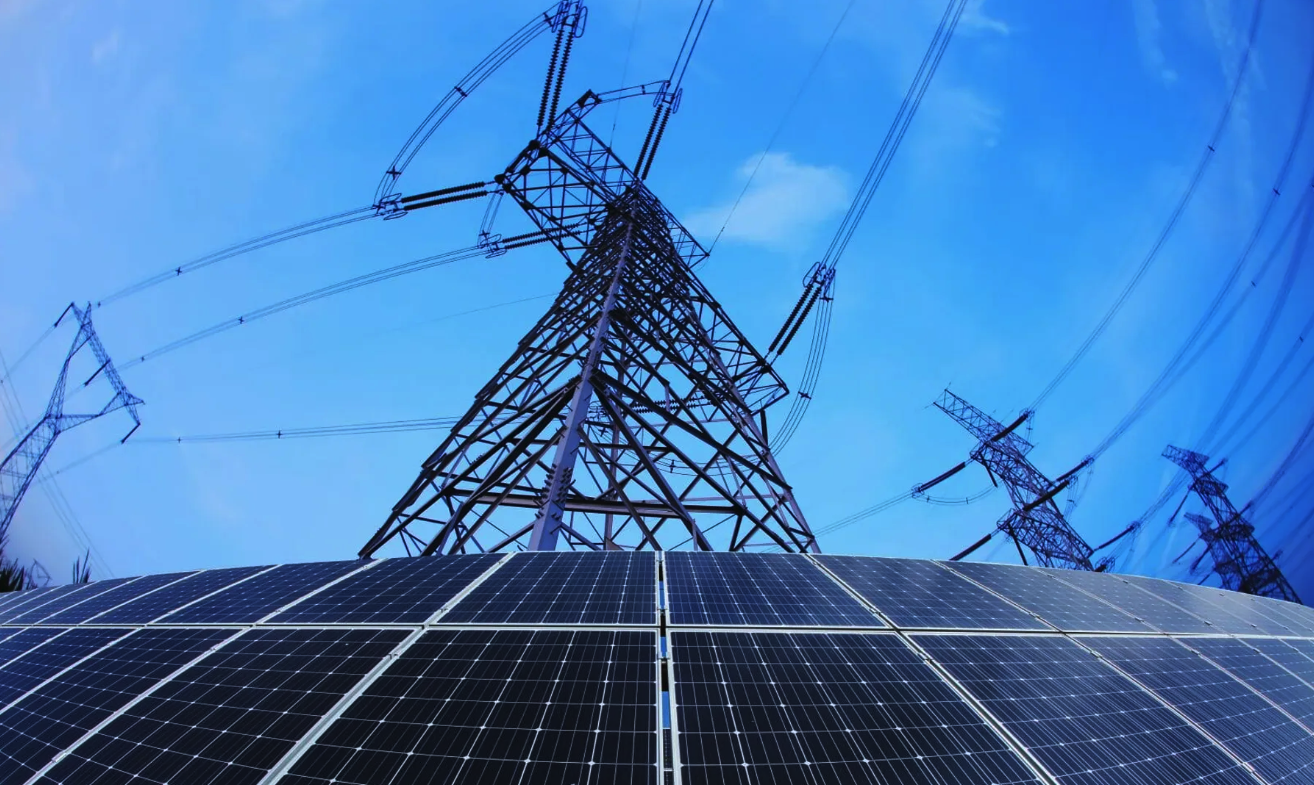
Intro to NERC Regulatory Guidance on Inverter-Based Resources
août 29, 2023
As renewable energy proliferates across the US power system, the North American Electric Reliability Corporation (NERC) continues to actively address reliability risks resulting from the implementation of inverter-based resources (solar and wind generation technology) connected at both transmission and Distributed Energy Resources (DER) levels.

Clean Energy Skills Workshops
août 16, 2023
Partnering With Local High Schools to Recruit the Next Generation of Clean Energy Workers.

Proposed Coal Combustion Residuals Legacy CCR Surface Impoundments Rule – Status of Public Comments
juillet 31, 2023
TRC has submitted public comments related to EPA’s proposed compliance timeline and schedule.

The Rise of Agrivoltaics
juillet 18, 2023
This article explores the tensions between traditional agriculture and solar development, as well as the financial benefits for farmers who lease their land for solar projects.
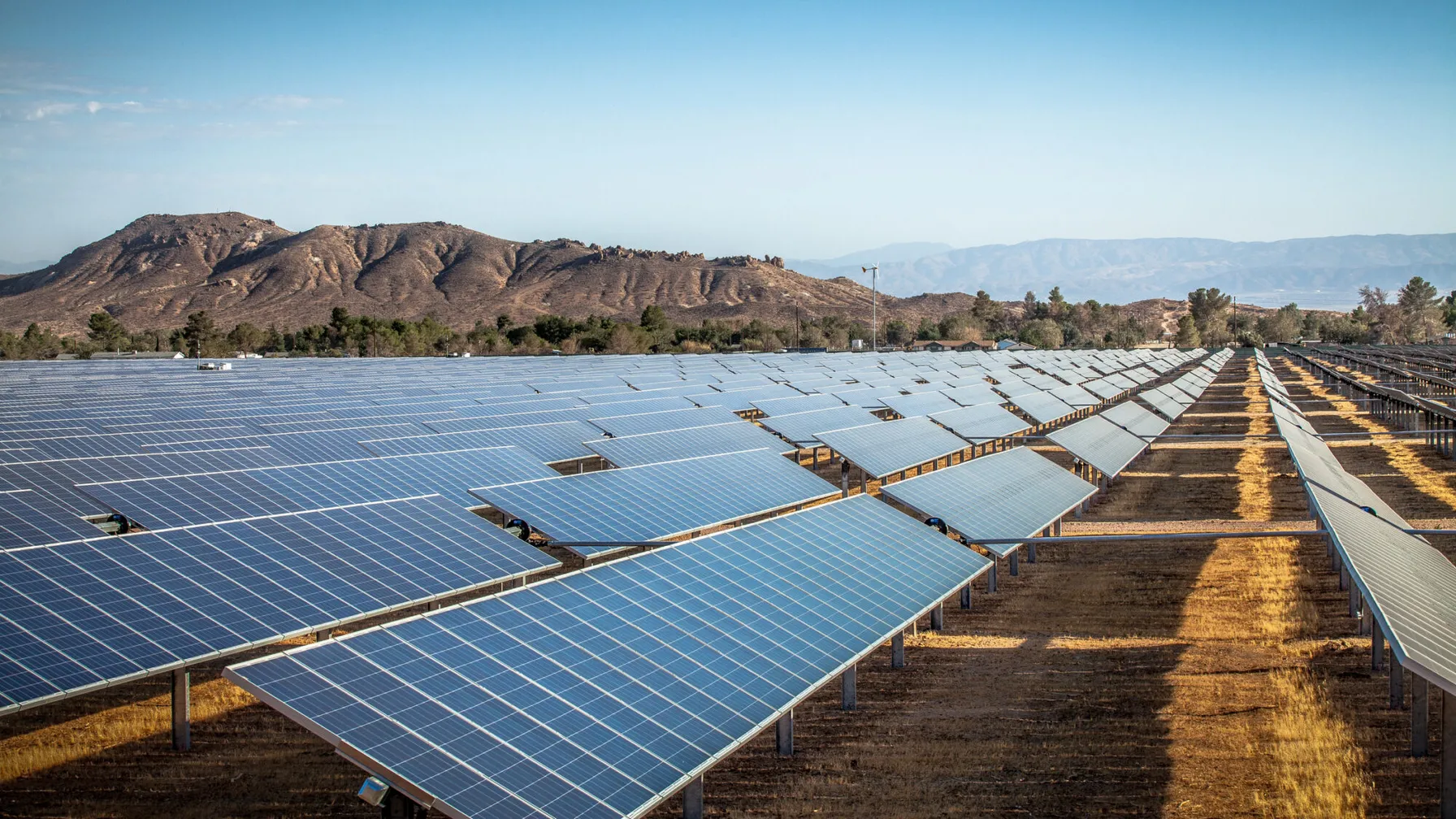
FERC Approves Plan to Register Certain Inverter-Based Resources as part of NERC Mandatory Standards Compliance Program
juin 21, 2023
FERC issued an order approving NERC’s compliance filings.
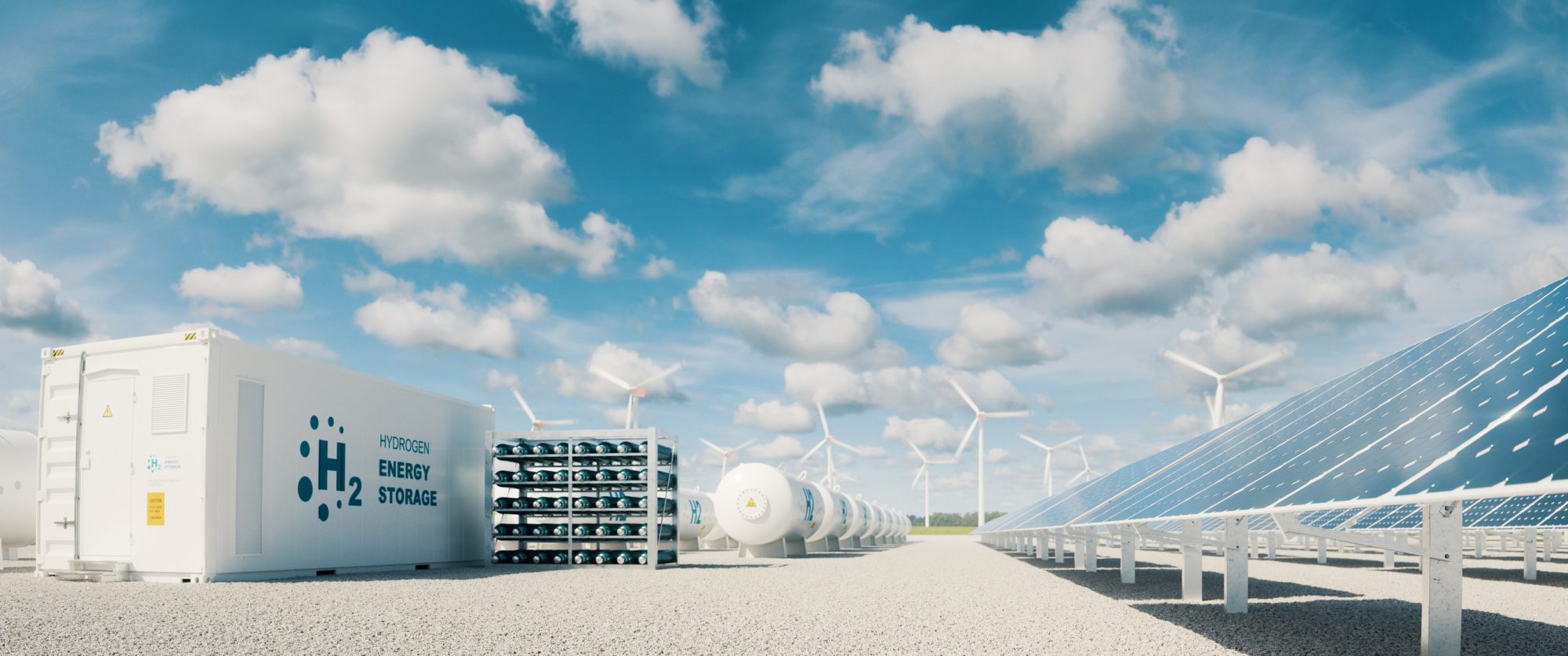
The Future of Decarbonization: Is Hydrogen the Next Big Thing?
mai 3, 2023
Hydrogen’s scalability and flexibility make it a pragmatic choice for a variety of successful applications in both the near term and long term.
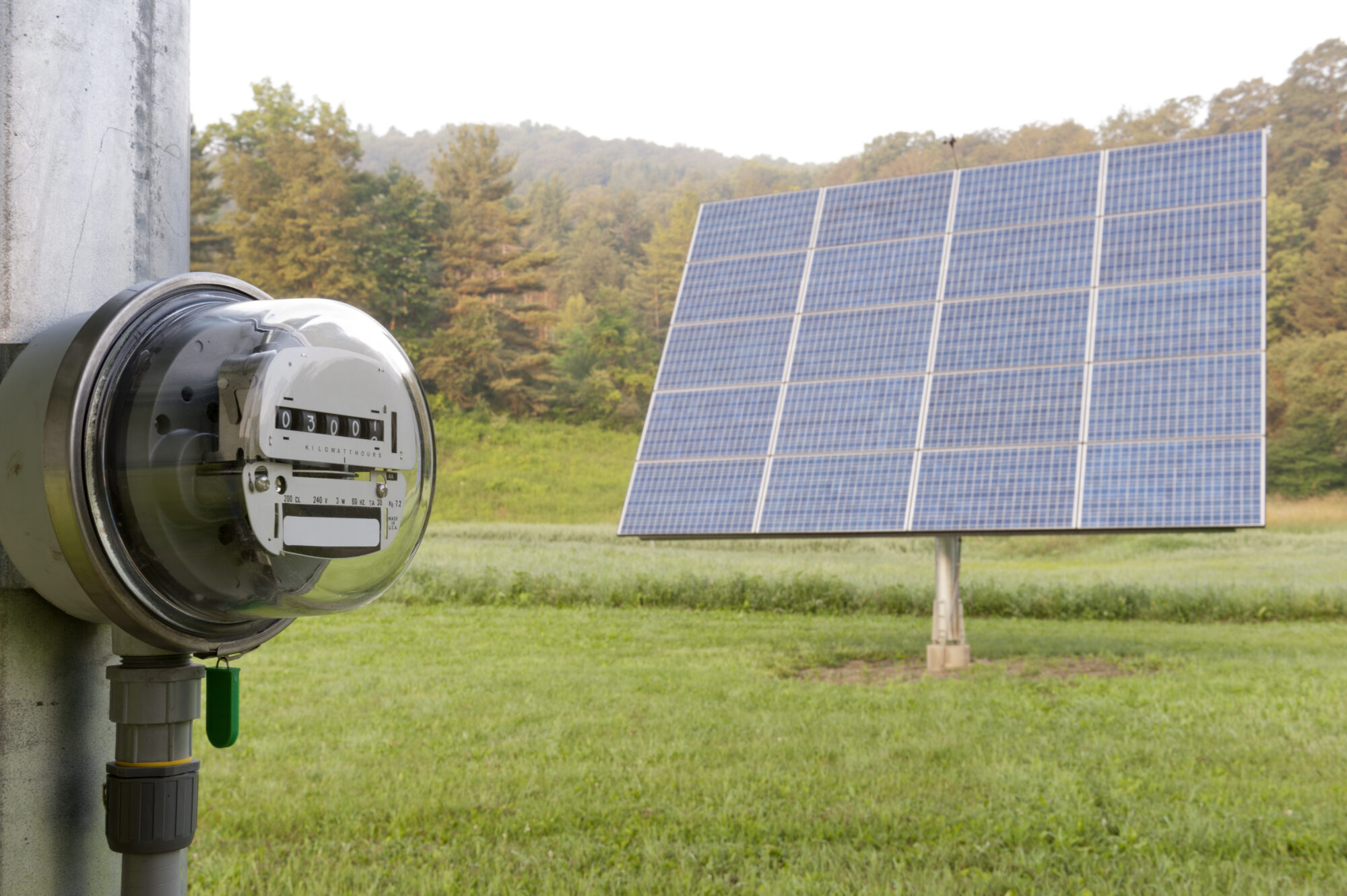
3 Things to Consider for a Successful ADMS and DERMS Integration
mars 23, 2023
Gain insight on several key points when strategizing and integrating two crucial systems successfully
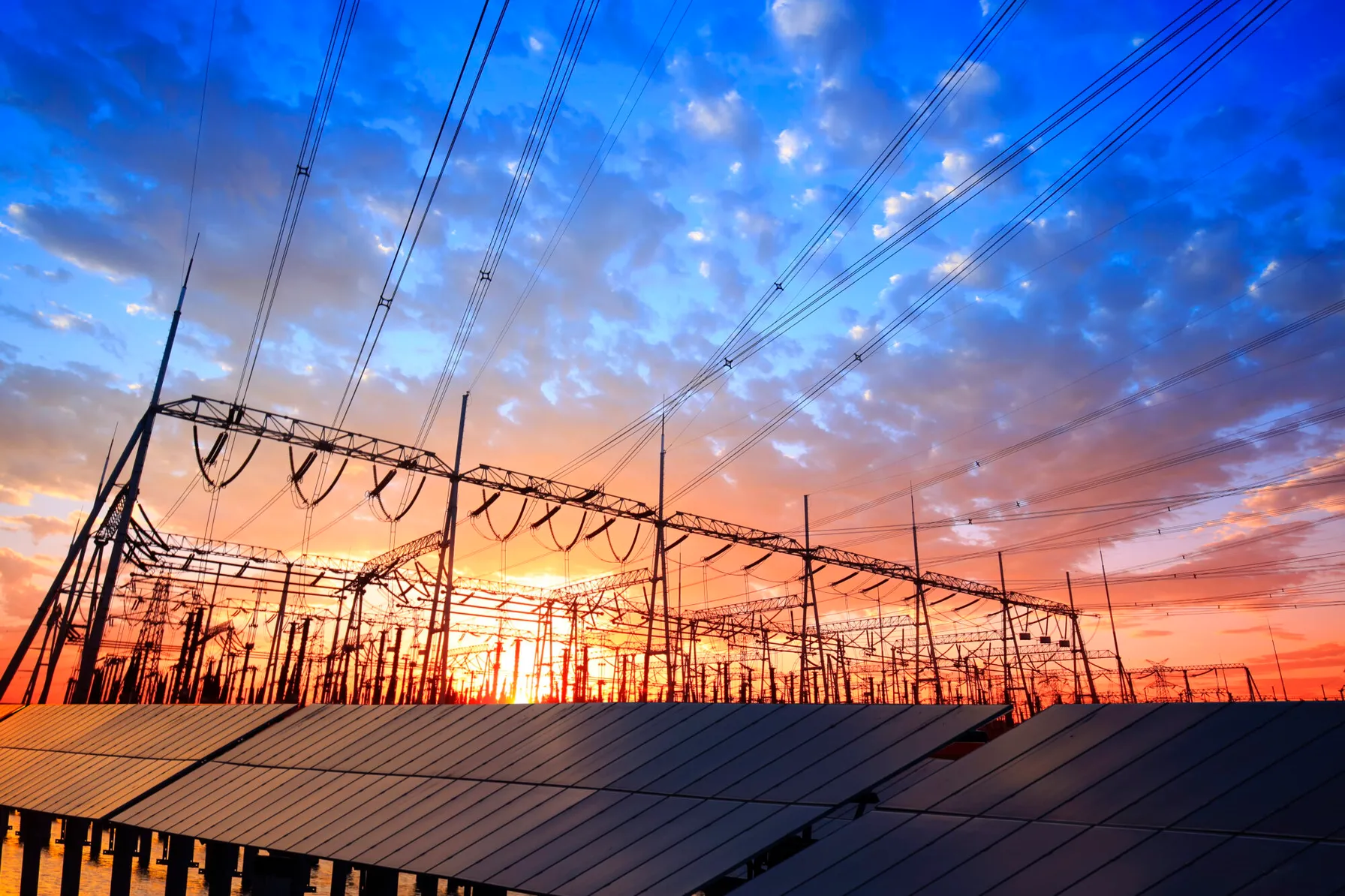
Insights from the Odessa II Power System Disturbance
février 22, 2023
NERC and TRE release the Odessa II Power System Disturbance Report
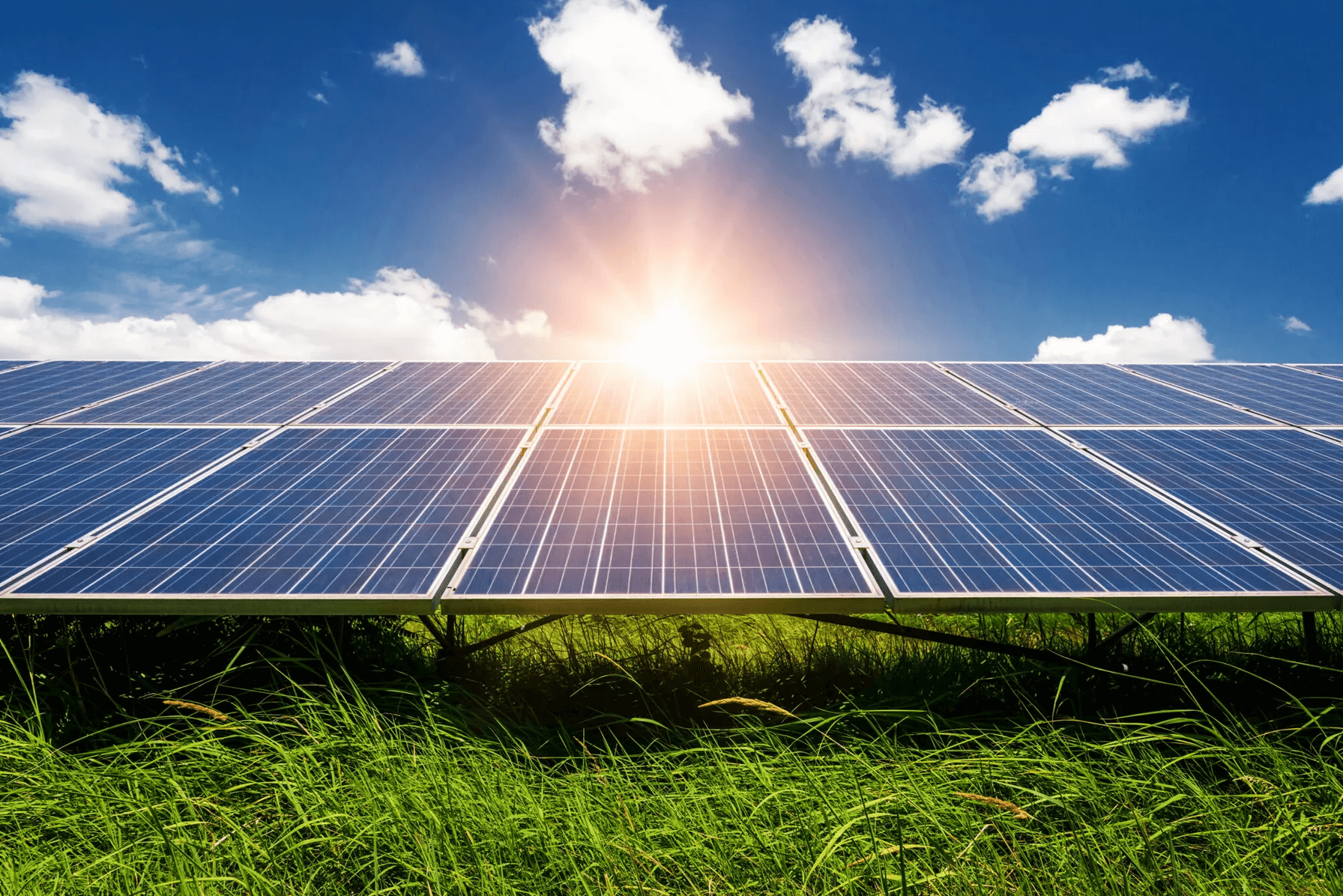
Agrivoltaics
février 8, 2023
Agrivoltaics is the simultaneous use of land for both solar photovoltaic power generation and agriculture.
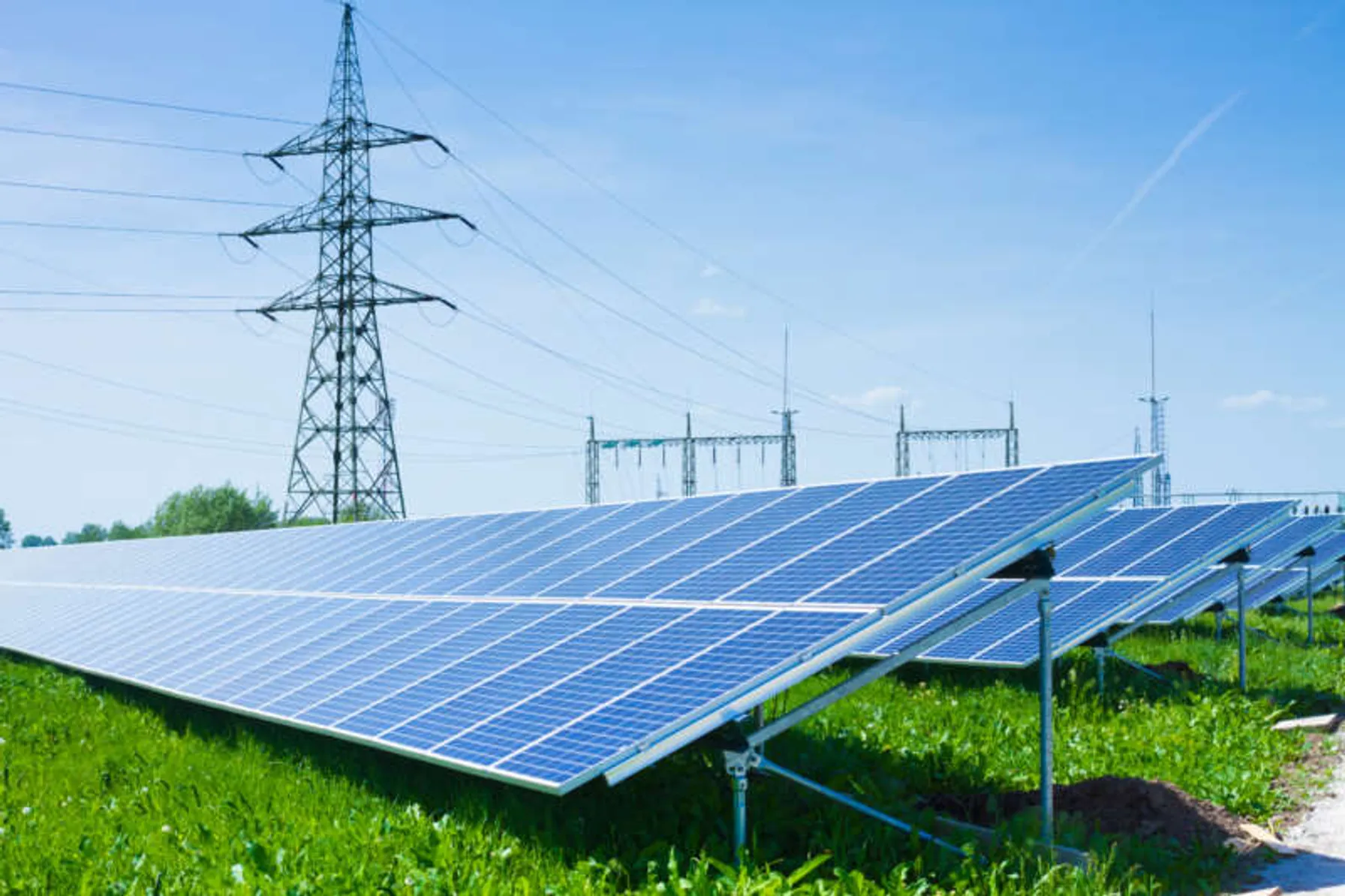
New FERC Orders Will Change Regulatory Process for Inverter Based Resources
janvier 9, 2023
The Federal Energy Regulatory Commission (FERC) recently proposed actions to keep the regulatory process and requirements ahead of reliability risks resulting from the accelerated deployment of Inverter Based Resources (IBR) based solar, wind and battery storage projects.
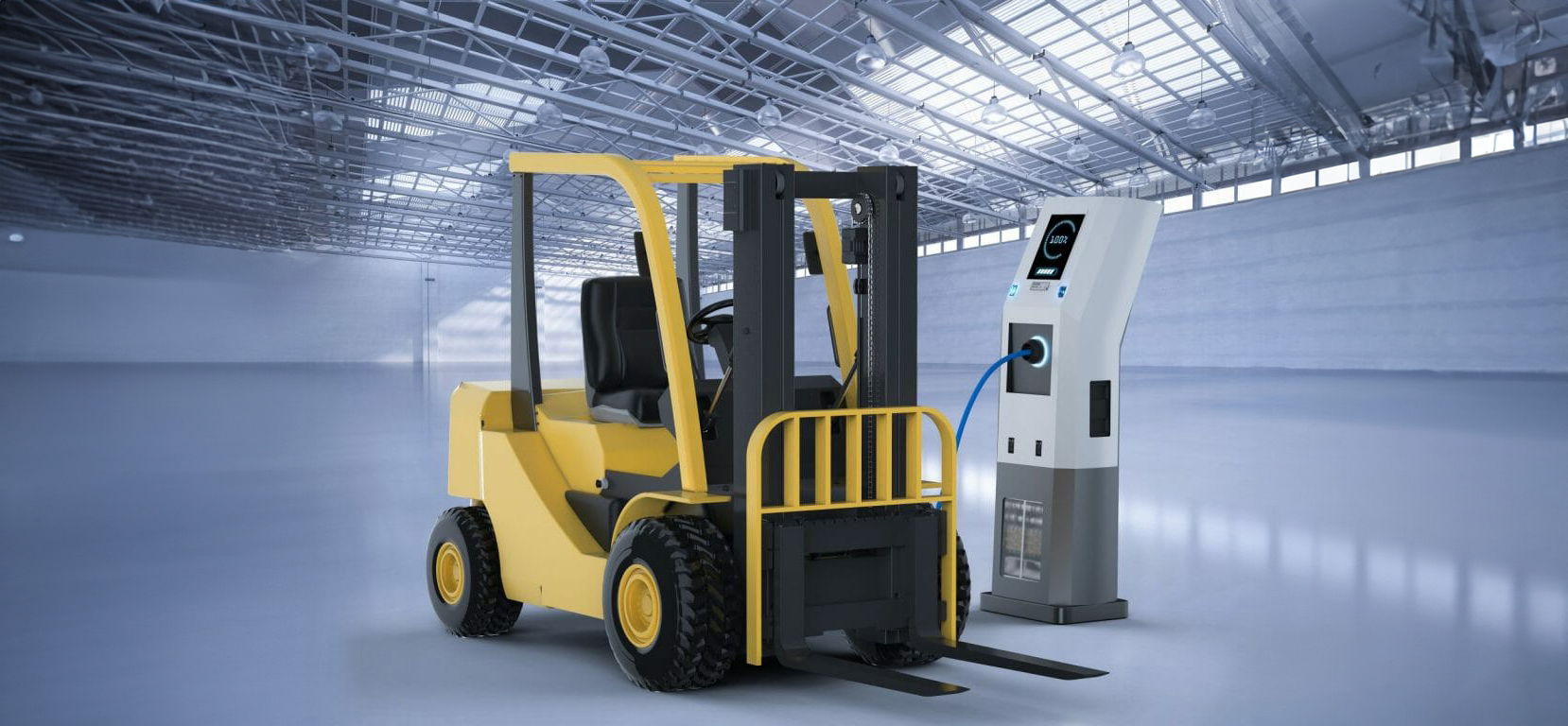
Transportation Electrification
novembre 3, 2022
Lessons from TVA’s Non-Road EV (NREV) Program
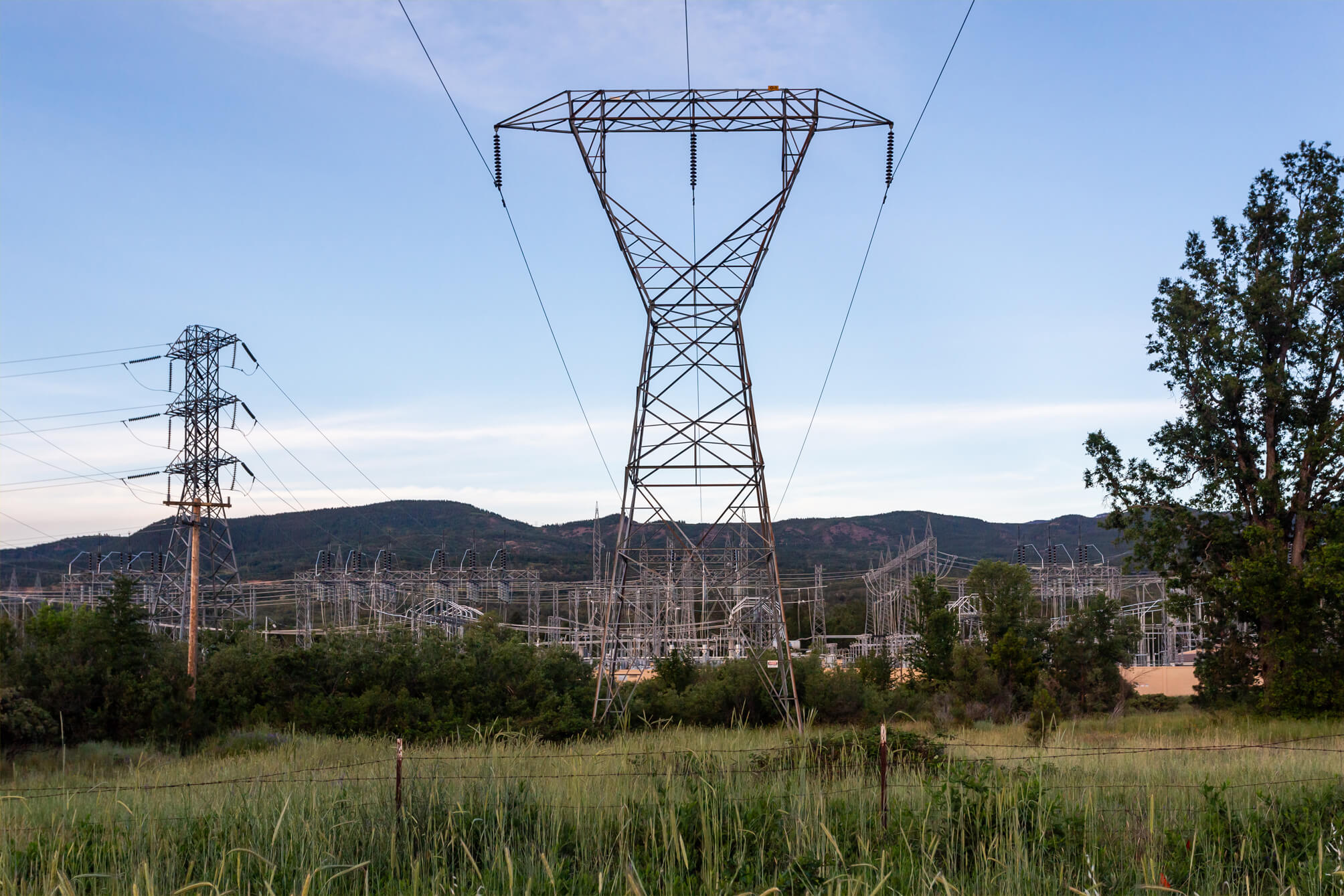
NERC Releases Inverter-Based Resource Strategy Plan
octobre 25, 2022
The North American Electric Reliability Corporation (NERC) recently released an Inverter-Based Resource (IBR) Strategy, which details the steps needed to successfully integrate IBR facilities into the planning and operation of the power system. The strategy was put in place due to the rapid interconnection of IBR systems, which are extensively used for solar and wind generating facilities, including new battery-based energy storage systems and are one of the most significant drivers of power grid transformation. Because of control system inconsistencies, IBR facilities pose well-documented risks to power system reliability when this strategy’s practices are not adhered to. NERC’s plan calls attention to the need for thoughtful integration of IBRs and identifies current and future work required to mitigate reliability risks resulting from the deployment of this technology.
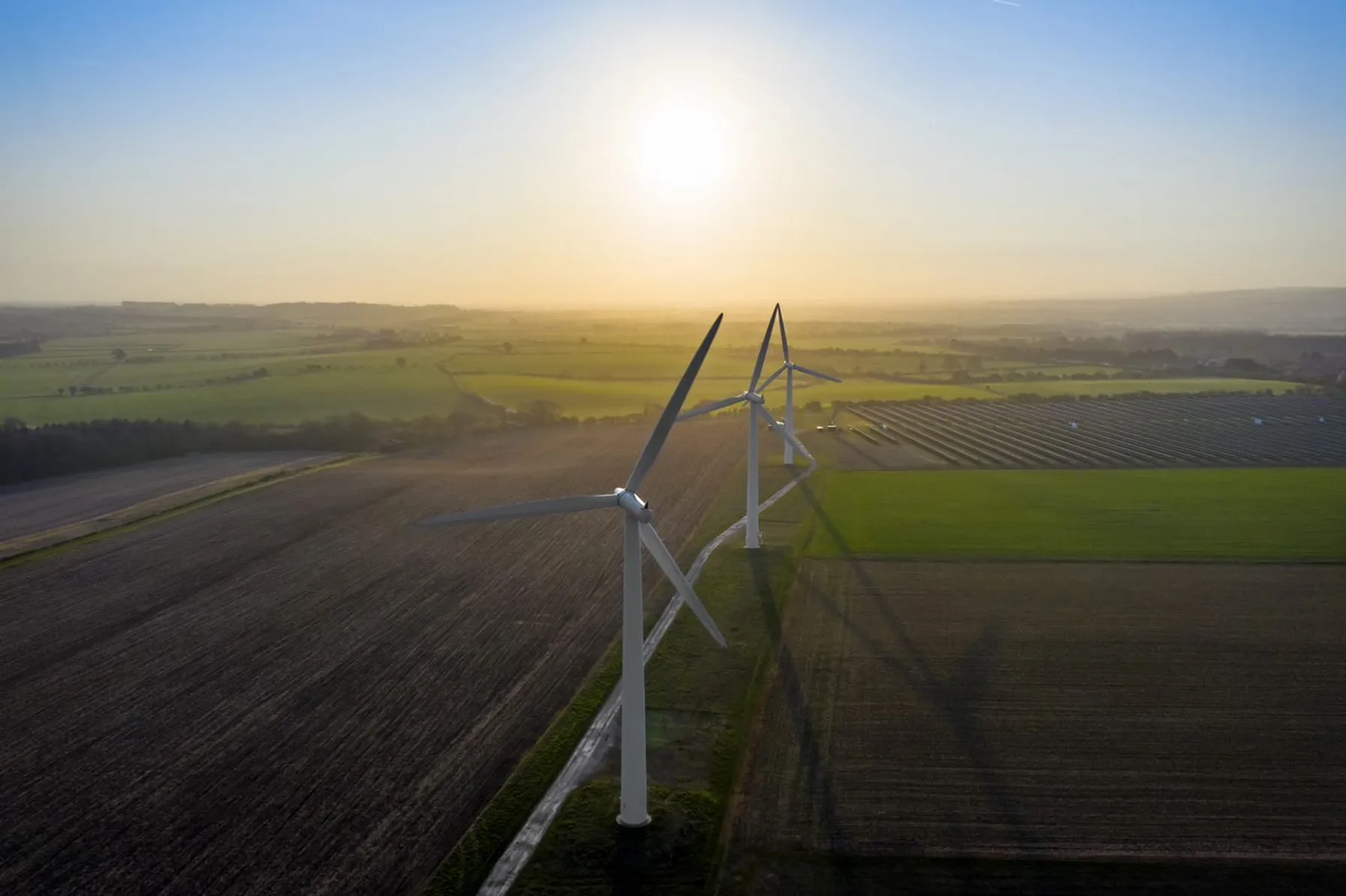
Q&A: Insights for Growing Utility-Scale Renewable Generation
septembre 29, 2022
TRC’s Senior Vice President of Renewable answers key questions to help utilities and developers overcome challenges associated with an increase in renewable generation.

The Social Side of Resiliency
août 30, 2022
For community leaders, rebuilding in the wake of disasters creates an opportunity to do more than simply replace homes with the fastest, least-expensive structures.

TRC Companies Inc. acquires Blue Oak Energy
juillet 12, 2022
TRC Companies announces the acquisition of Blue Oak Energy, a firm that specializes in engineering for photovoltaic solar energy projects.
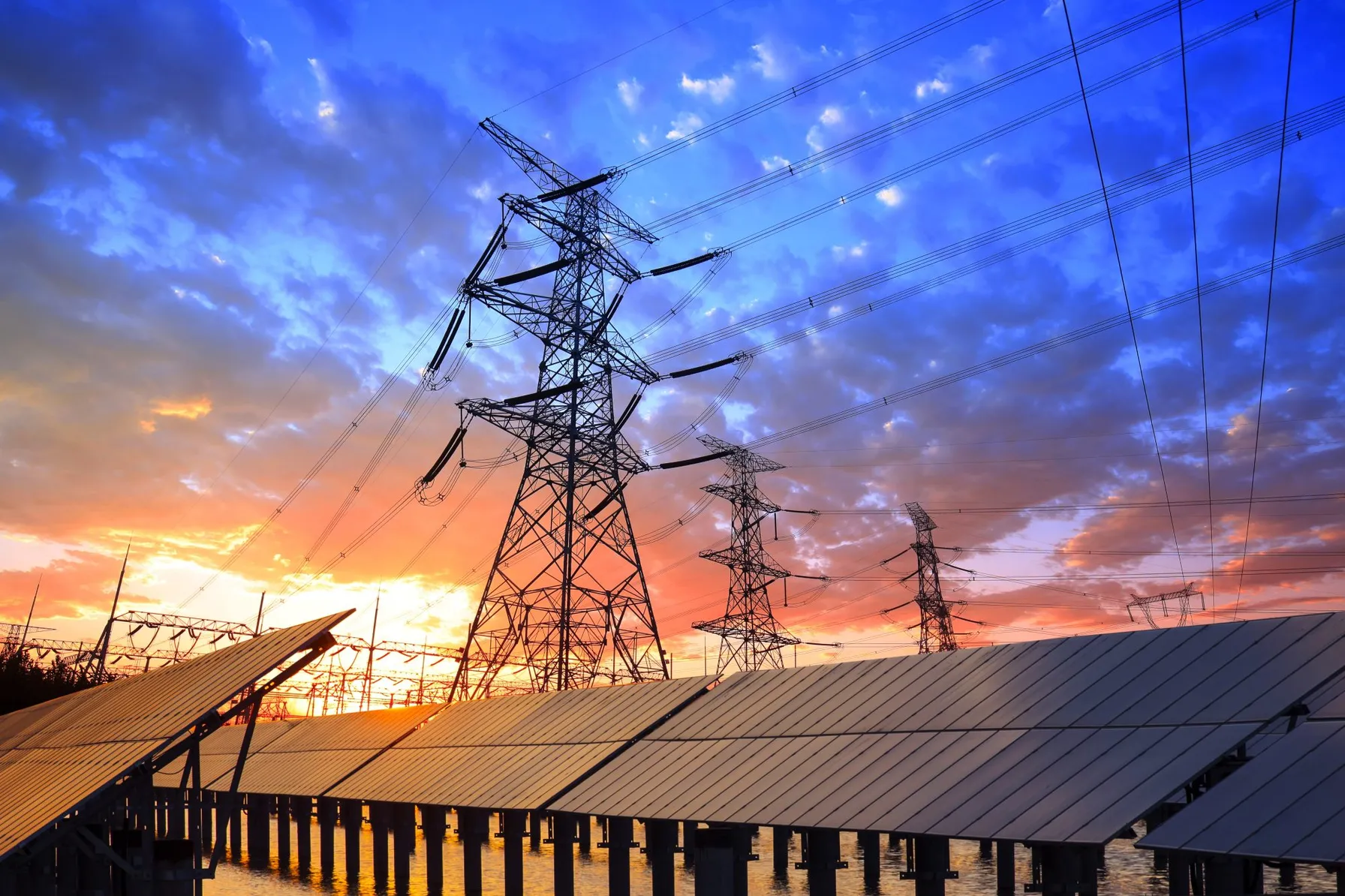
New NERC Guidance Supports the Implementation of Grid Forming Inverters
mars 8, 2022
NERC has issued a new report highlighting the key attributes of various inverter controls to support proper implementation and to protect reliability.
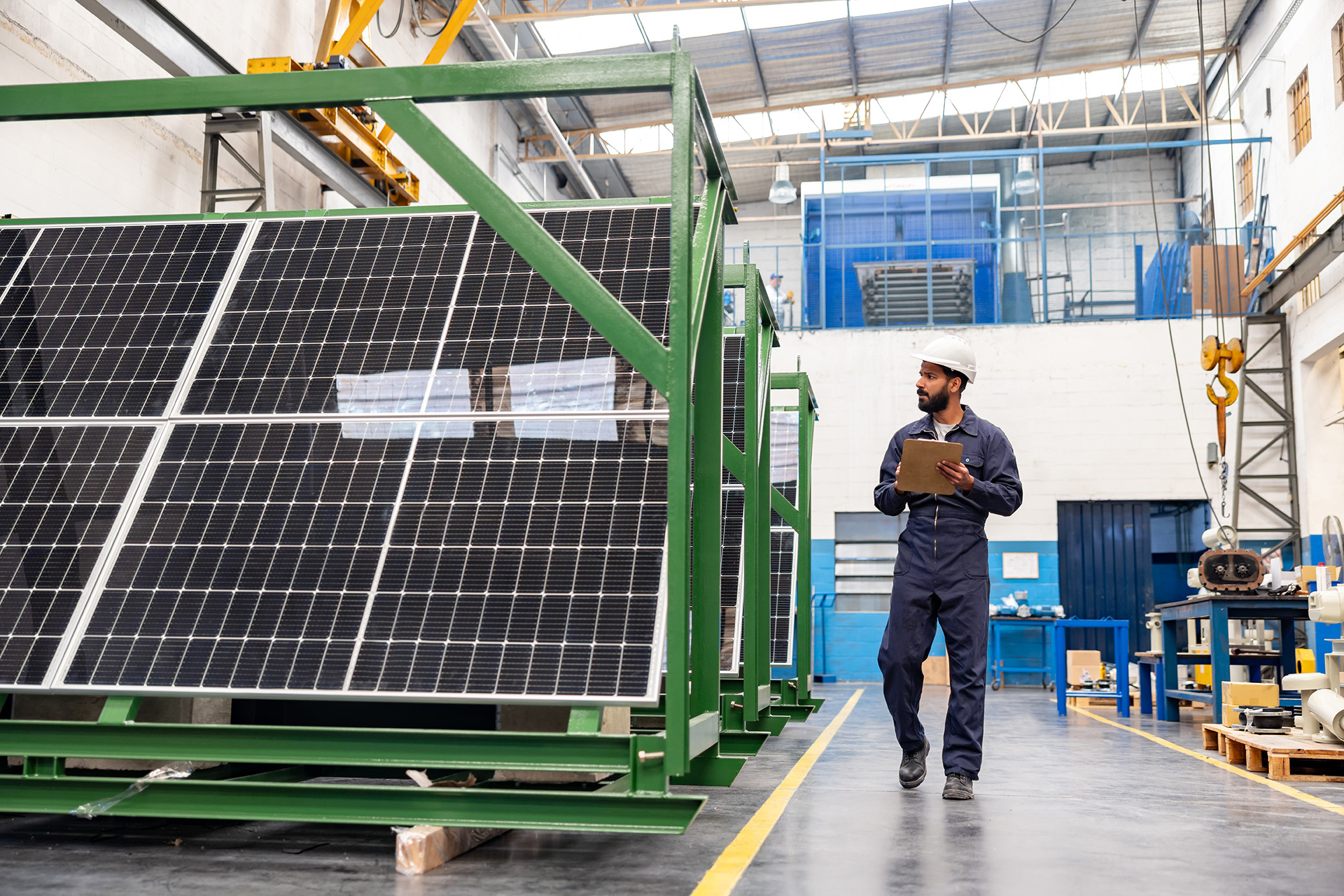
TRC Acquires ESS Group, Expanding Power & Renewable Energy and Coastal Engineering Capabilities
février 16, 2022
Today TRC Companies, announced the expansion of its power & renewable energy and coastal engineering capabilities with the acquisition of ESS Group.

Ordonnance no 2222 de la FERC, DER et technologie de l’énergie
février 1, 2022
La FERC a publié le projet d’émission O. 2222 pour permettre aux ressources énergétiques distribuées (DER) de mieux participer aux côtés des ressources traditionnelles dans les marchés de gros régionaux et organisés.
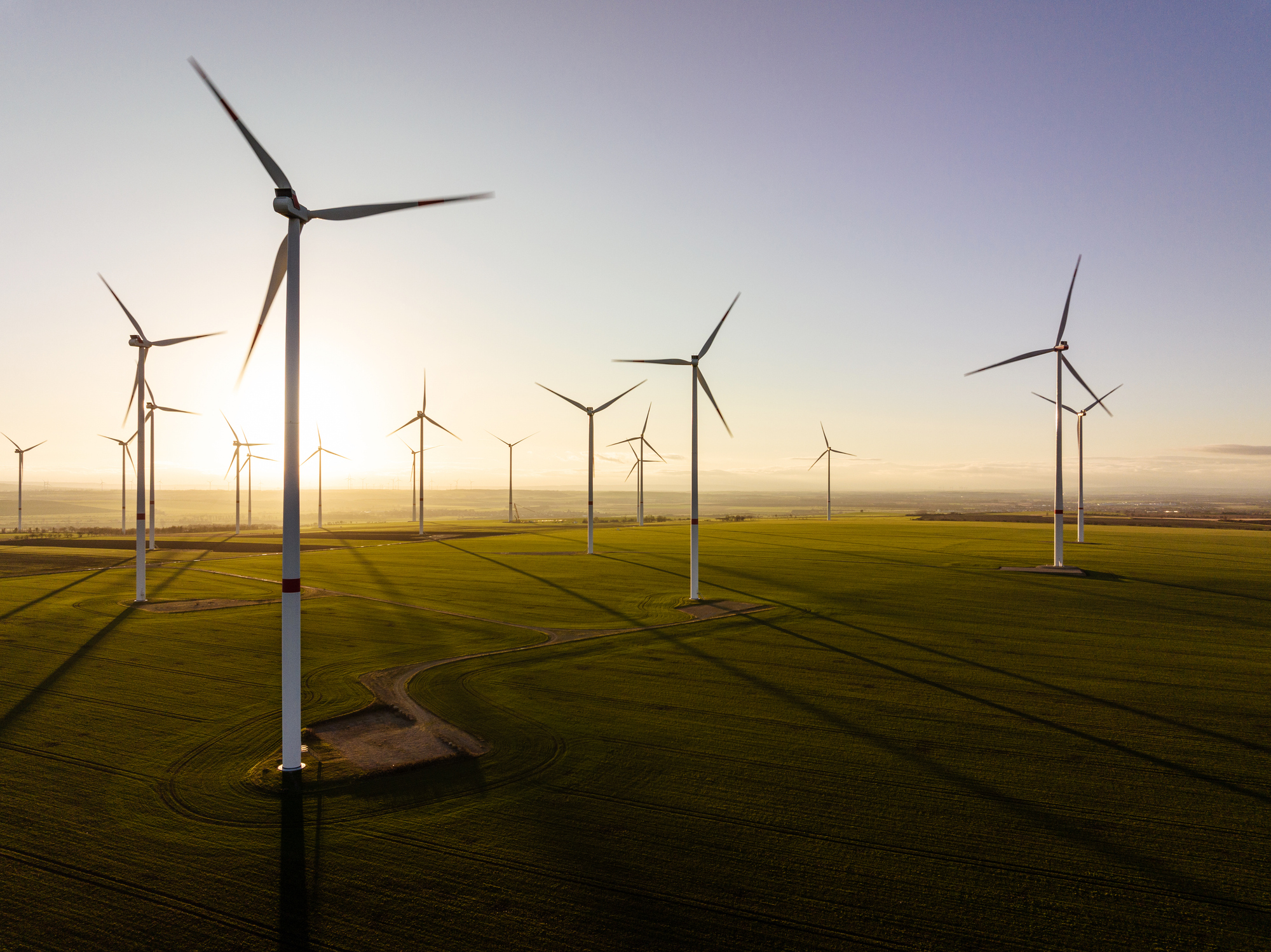
The Future of Onshore Wind Energy
Décembre 17, 2021
Wind power has become a major source of energy that has gained traction across the world. As the push for more sustainable energy practices and technologies increases, so does the importance of harnessing wind as a power source.
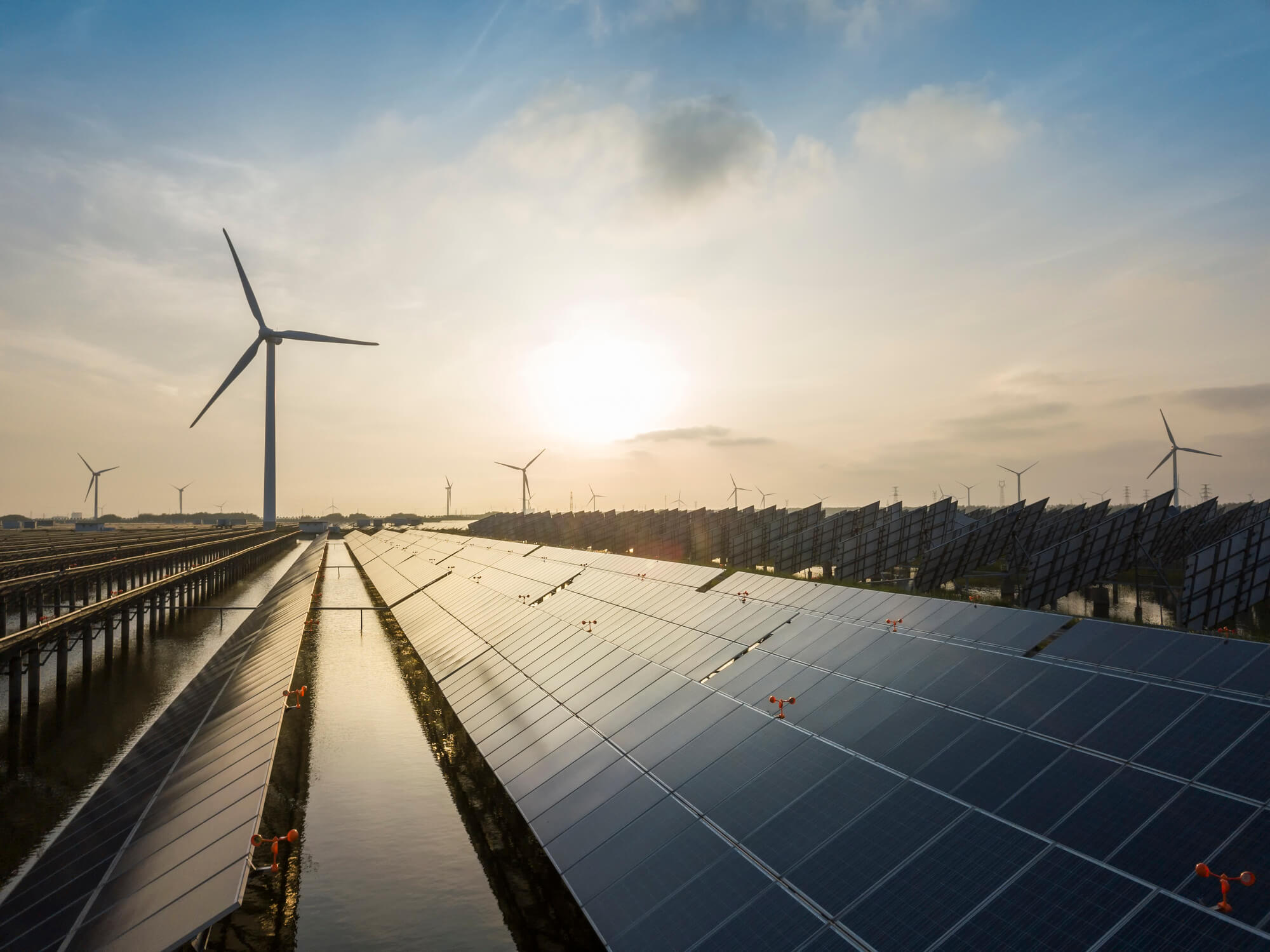
Land Siting for Solar Projects
Décembre 16, 2021
Learn more about the development, design and procurement processes key to evaluating agricultural or other properties for large scale solar projects.

Decarbonization: A Systems-Level Challenge and Actions to Address Climate Change
Décembre 7, 2021
Carbon elimination of the magnitude needed to address climate change requires systems-level change that can only be reached by incremental, ground-up progress, building upon what we have achieved thus far.

Using GIS Technology to Find Solar Development Sites
novembre 28, 2021
Renewable energy developers are in a race to find the optimal places for solar projects. GIS technology identifies the best locations.
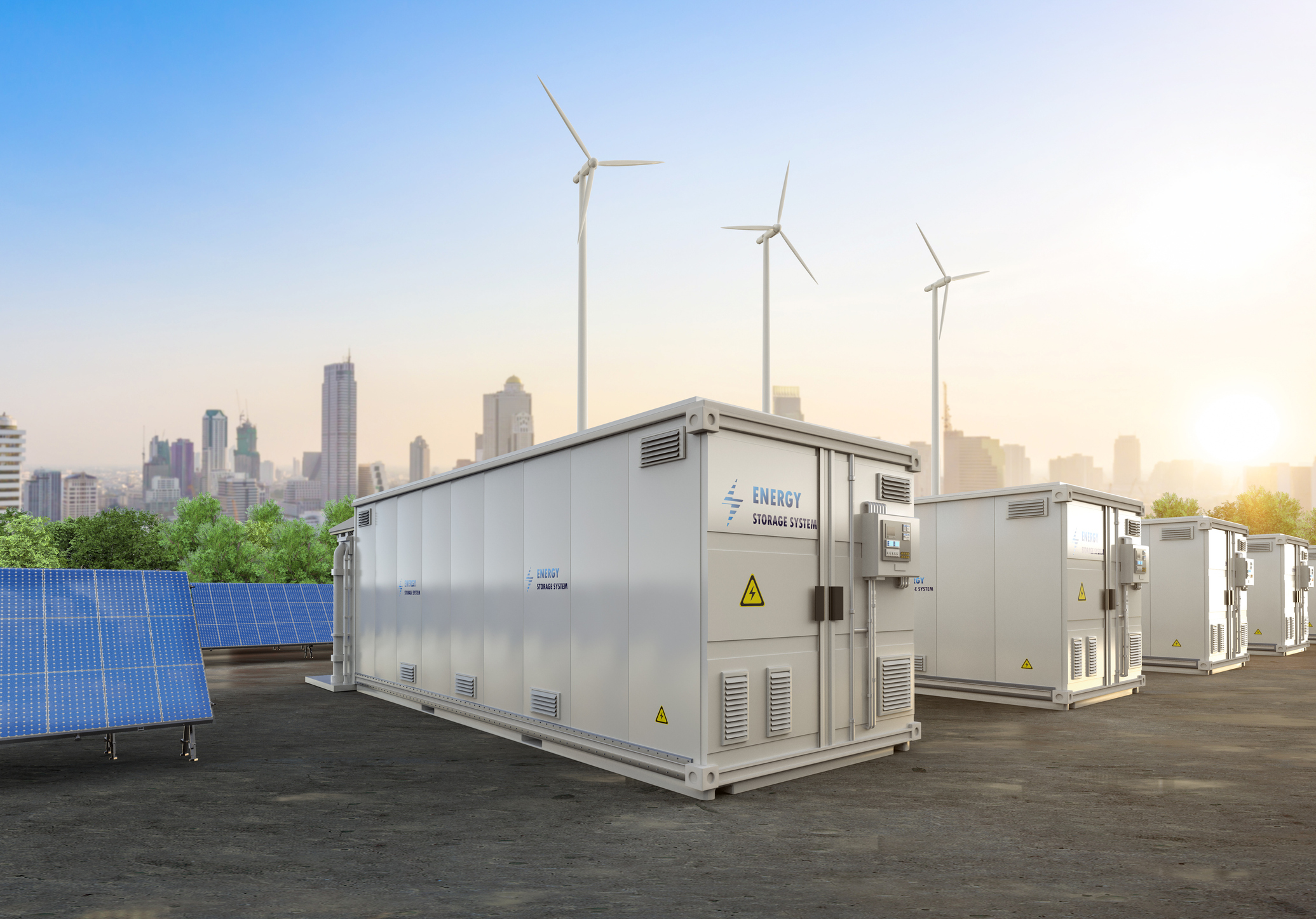
How Do Energy Storage Systems Work?
octobre 18, 2021
For more than five decades, TRC has brought efficient, resilient energy systems to the world. We understand the challenges of implementing energy storage projects.
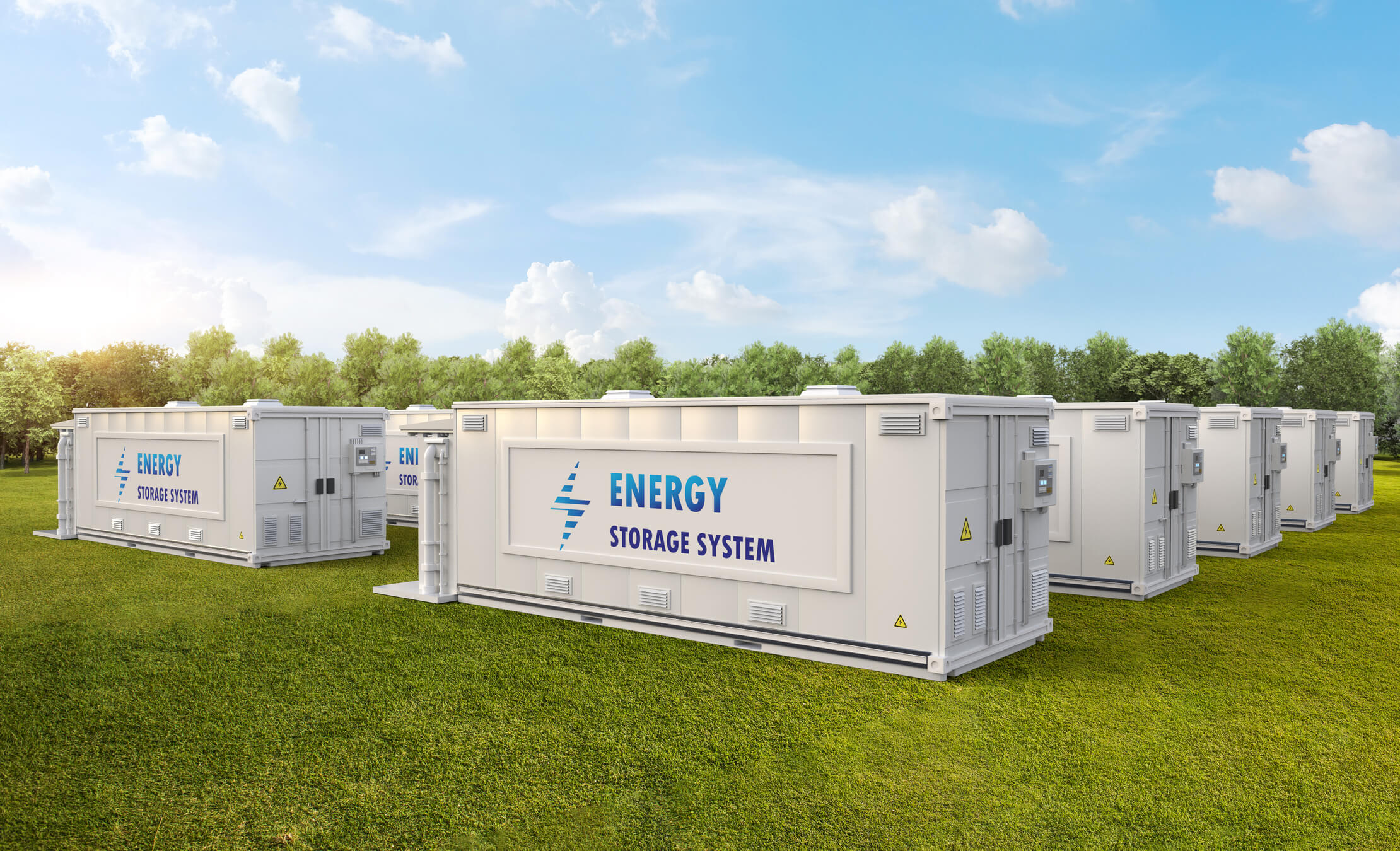
What Is a Battery Energy Storage System (BESS)?
septembre 30, 2021
BESS function similarly to the battery used in a flashlight, storing and offering power when needed. However, a BESS works on a larger scale and charges differently.

NERC’s Generator Relay Loadability Standard is Now in Effect
août 30, 2021
Many companies want to harness the power of green energy. Doing so depends on finding the proper method of deploying this type of energy once it has been produced. Renewable energy requires a reliable and accessible storage method, and a battery energy storage system (BESS) can assist with these needs. Understanding the components of battery energy storage may give energy producers better power system flexibility and allow a more significant level of integration of renewable energy. BESS function similarly to the battery used in a flashlight, storing and offering power when needed. However, a BESS works on a larger scale and charges differently. It relies on algorithms to determine when energy should be produced and sent to the grid. By syncing this release with the periods when energy sees the most demand (energy peaks), electricity costs remain stable, and the supply keeps coming.
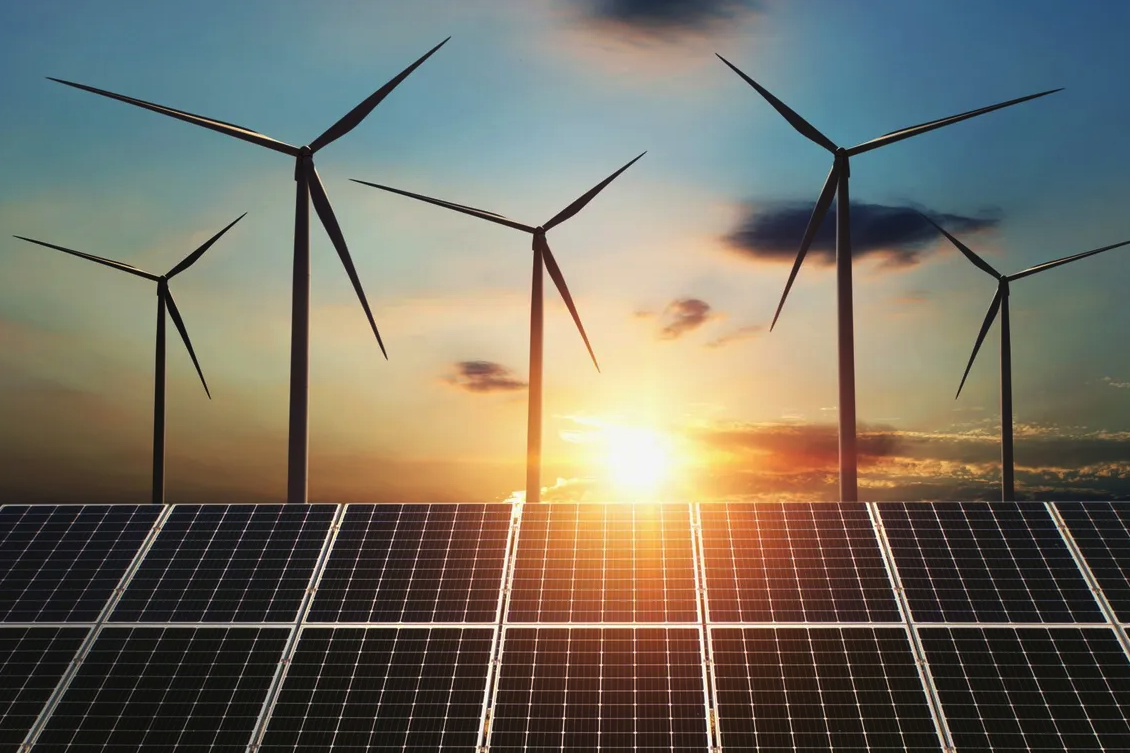
La NERC cherche à améliorer les rapports sur le rendement de la fiabilité du GADS
août 26, 2021
En vertu de la loi habilitante qui a créé l’Electric Reliability Organization, la NERC est responsable d’évaluer le rendement fiable du réseau électrique. L’une des façons dont la NERC le fait est d’obtenir un système de rapports de l’industrie pour la production et le transport. Le Système de données sur la disponibilité des générateurs (GADS) est utilisé par la NERC et l’industrie depuis plus de 40 ans pour obtenir des données sur la composante de production du système électrique[1]. En raison de l’évolution rapide de la composition des ressources de production, il est essentiel que NERC dispose de données complètes sur les installations, les événements, les pannes et les performances pour la production photovoltaïque et éolienne afin d’assurer la fiabilité. À mesure que les technologies renouvelables sont de plus en plus déployées, un ensemble complet de statistiques sur le rendement des actifs de production est nécessaire pour permettre à la NERC d’évaluer la capacité du système à répondre à la charge, la performance du réseau électrique et de prévoir tout problème de fiabilité potentiel en raison de l’insuffisance des ressources. Par conséquent, la NERC propose d’apporter les améliorations suivantes au processus de collecte de données GADS pour la production d’énergie renouvelable : Ajouter les propriétaires de générateurs qui exploitent des installations solaires photovoltaïques de 20 MW ou plus au Système de données sur la disponibilité de la production (appelé « GADS-PV ») ; et Élargir les rapports GADS Wind (« GADS-W ») pour inclure le stockage d’énergie connectée et le rapport d’événements.
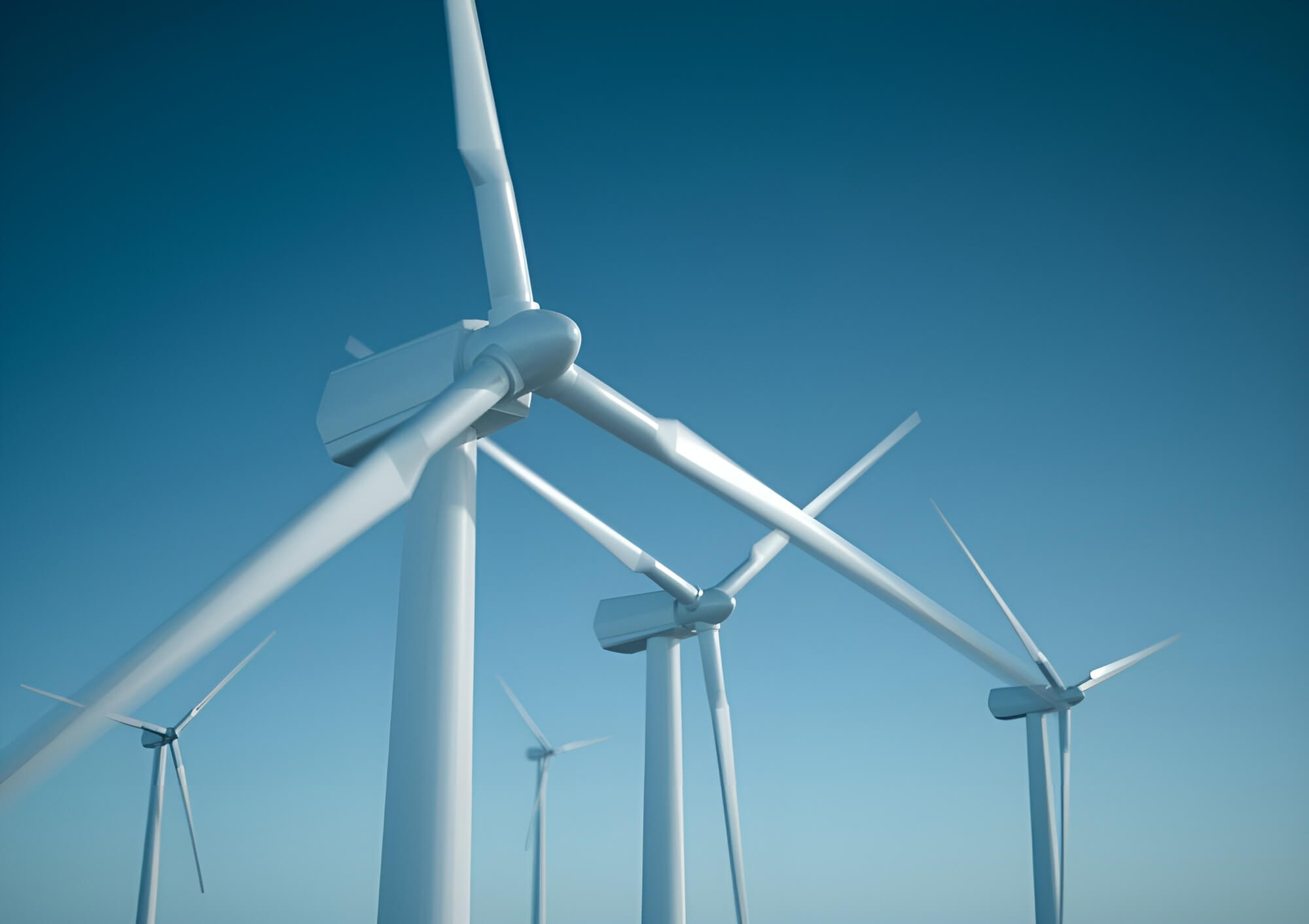
What is Clean Energy: A Discussion of the Future of Clean Energy
juin 21, 2021
Clean energy is a broad term with a fluctuating definition and a complicated lifecycle. We explore the issue, and hope to establish a more productive dialogue about our energy future.
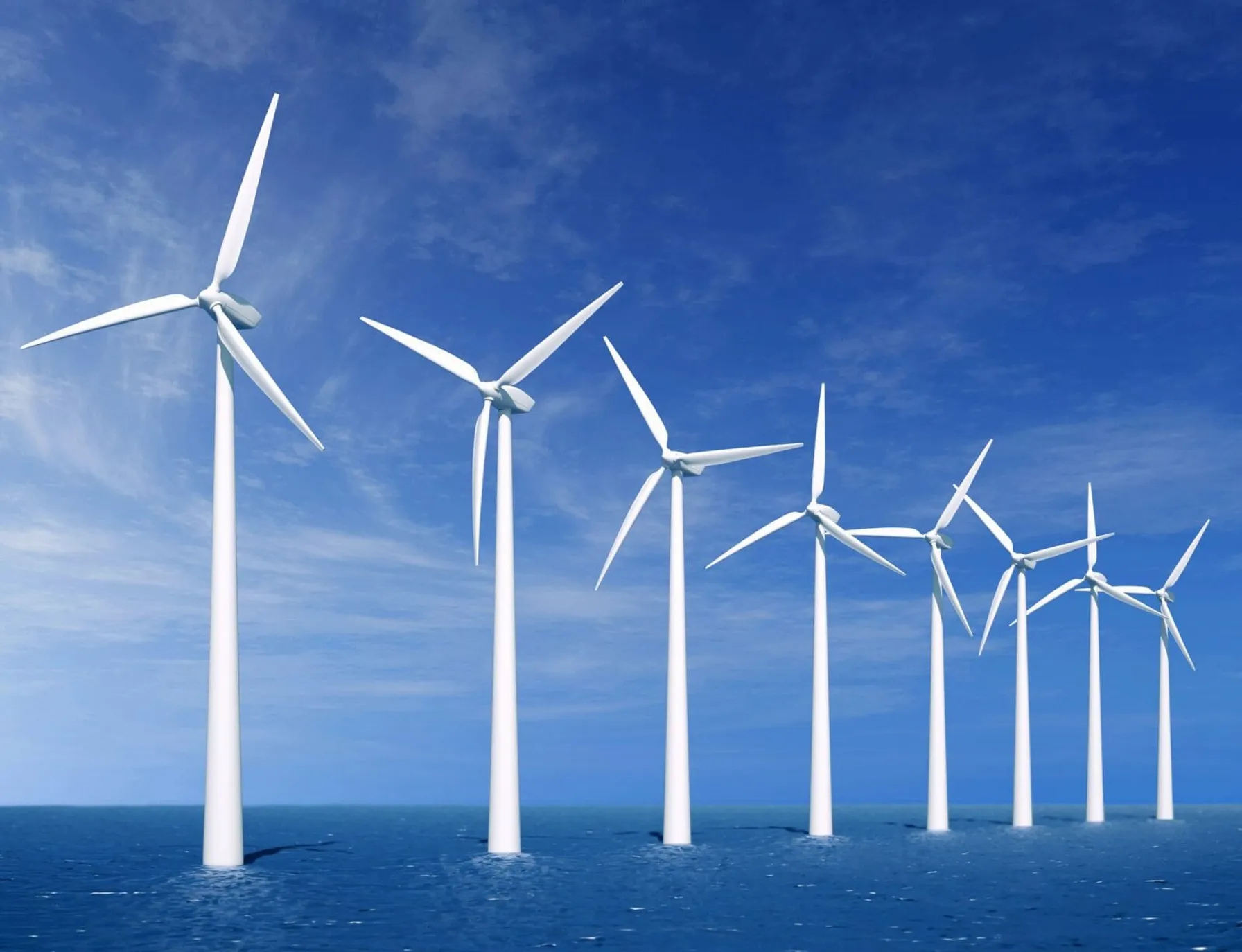
Requirements to Growing US Offshore Wind Industry
mai 24, 2021
Growing US Offshore Wind Industry Requires Reshoring of Materials and Supply Chain Optimization

TRC and Marvel Announce RNG Development Support Partnership
mai 20, 2021
TRC and the Marvel Power Group have teamed up to offer a full suite of development and off-take contracting services to the Renewable Natural Gas industry.
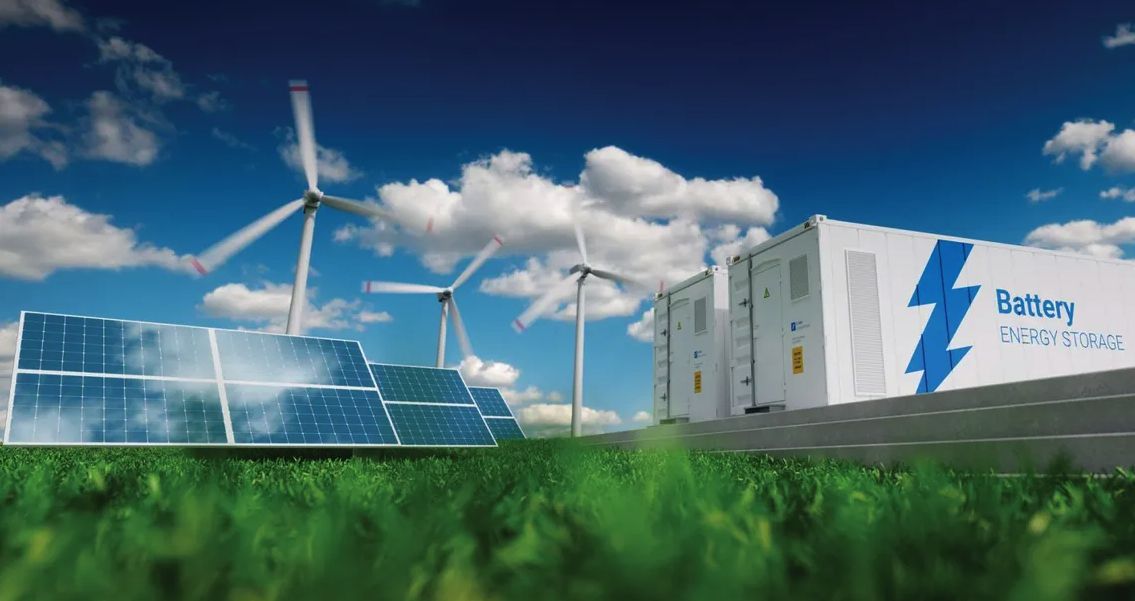
Transition vers l’abandon des hydrocarbures
mai 15, 2021
La transition du pétrole et du gaz vers les énergies renouvelables a nécessité des recherches technologiques complexes. La production d’énergie durable est devenue une priorité dans le monde entier. Bien que la transition ait été lente, les progrès technologiques sont prometteurs. Lorsqu’ils abordent une transition énergétique, les dirigeants devraient tenir compte de toutes les différentes avenues possibles et de leurs impacts potentiels. De nombreuses sources d’énergie alternatives sont disponibles, chacune avec ses propres avantages et inconvénients.
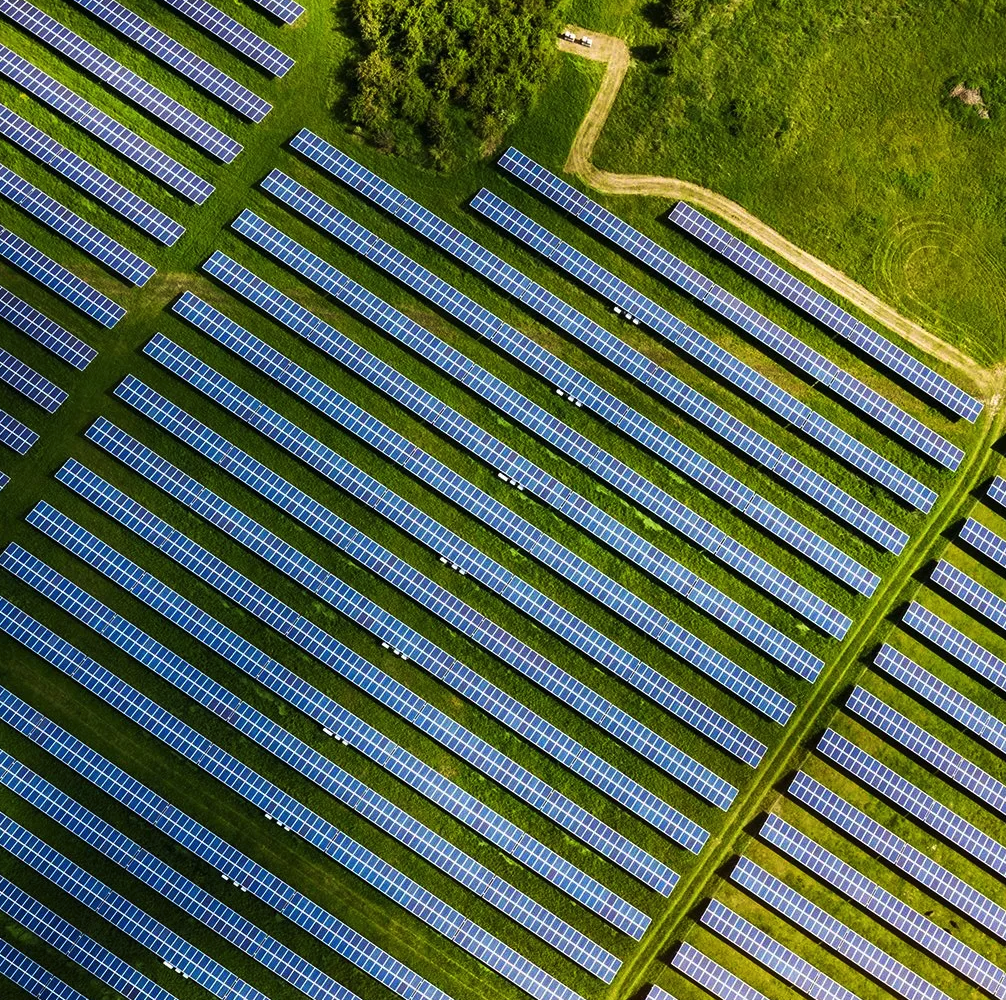
Comment faire passer un projet renouvelable de la planification à la construction
mai 15, 2021
Un changement sociétal généralisé est en cours – le moment est venu de réduire la dépendance aux combustibles fossiles et de commencer des projets d’énergie renouvelable. Parmi ceux qui devraient participer, il y a les entreprises de services publics. Ils peuvent faire preuve d’une bonne conscience sociale et bénéficier d’un retour sur investissement (ROI) notable en mettant en œuvre des projets d’énergie renouvelable. Dans ce chapitre, vous en apprendrez davantage sur le processus d’investissement dans les énergies renouvelables. Utilisez ce guide de développement de projets d’énergie renouvelable pour vous aider à démarrer.
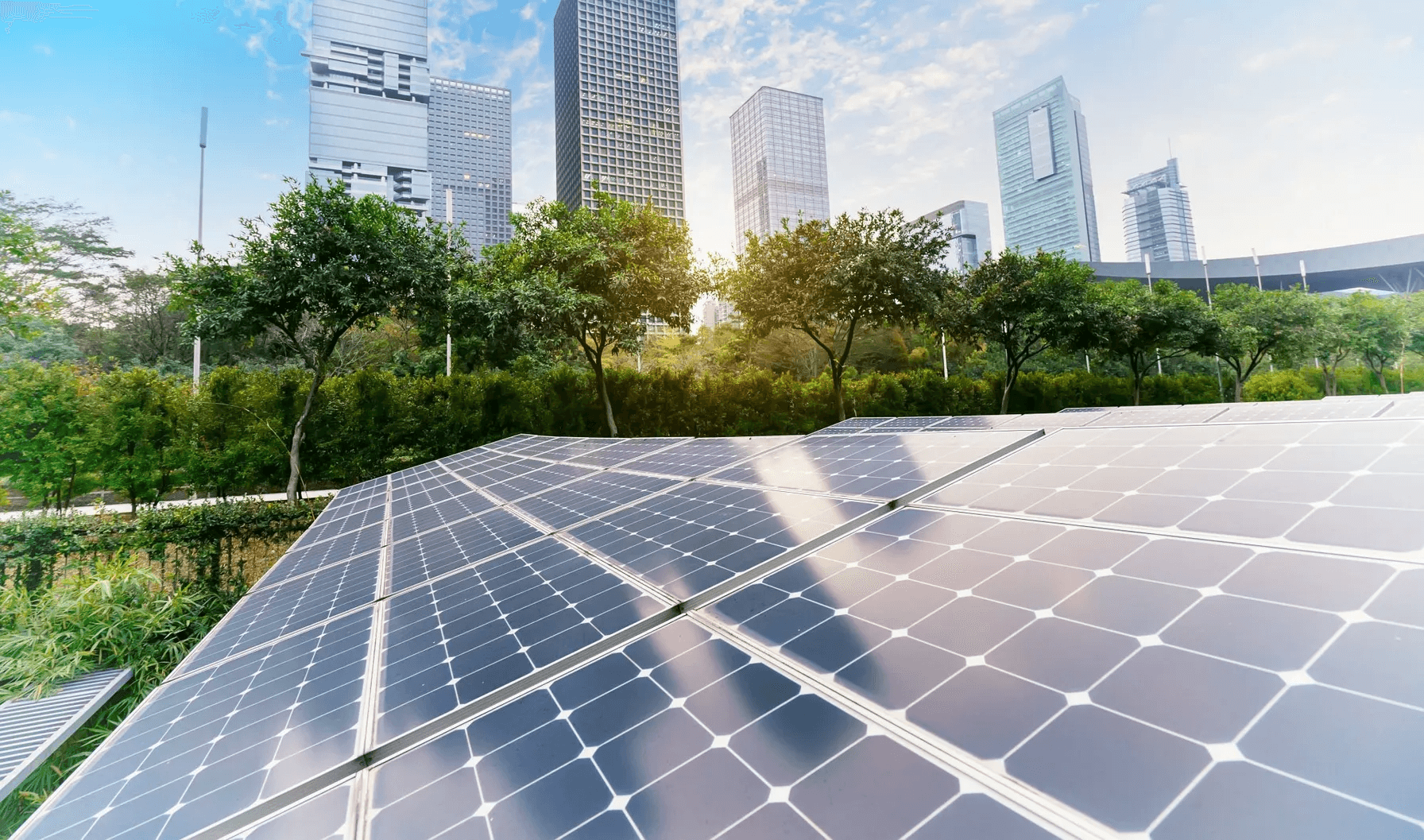
L’économie de la transition vers les énergies renouvelables
mai 15, 2021
L’un des plus grands obstacles à la transition vers les énergies renouvelables est la spéculation sur son impact économique. Certains craignent que le passage aux énergies renouvelables ne provoque une instabilité dans l’économie, entraînant des pertes d’emplois. De nombreuses communautés à travers les États-Unis dépendent de l’impact économique de la production, de la fabrication ou de la prise de part à l’utilisation d’hydrocarbures.

Impacts environnementaux de la transition vers les énergies renouvelables
mai 15, 2021
La transition vers les sources d’énergie renouvelables aura des répercussions environnementales et économiques notables. Pour comprendre les implications possibles, vous aurez besoin d’une connaissance de base de la façon dont les combustibles fossiles affectent l’environnement.

Speak With the Experts at TRC
mai 15, 2021
TRC can help companies navigate their transition from hydrocarbons to renewables.
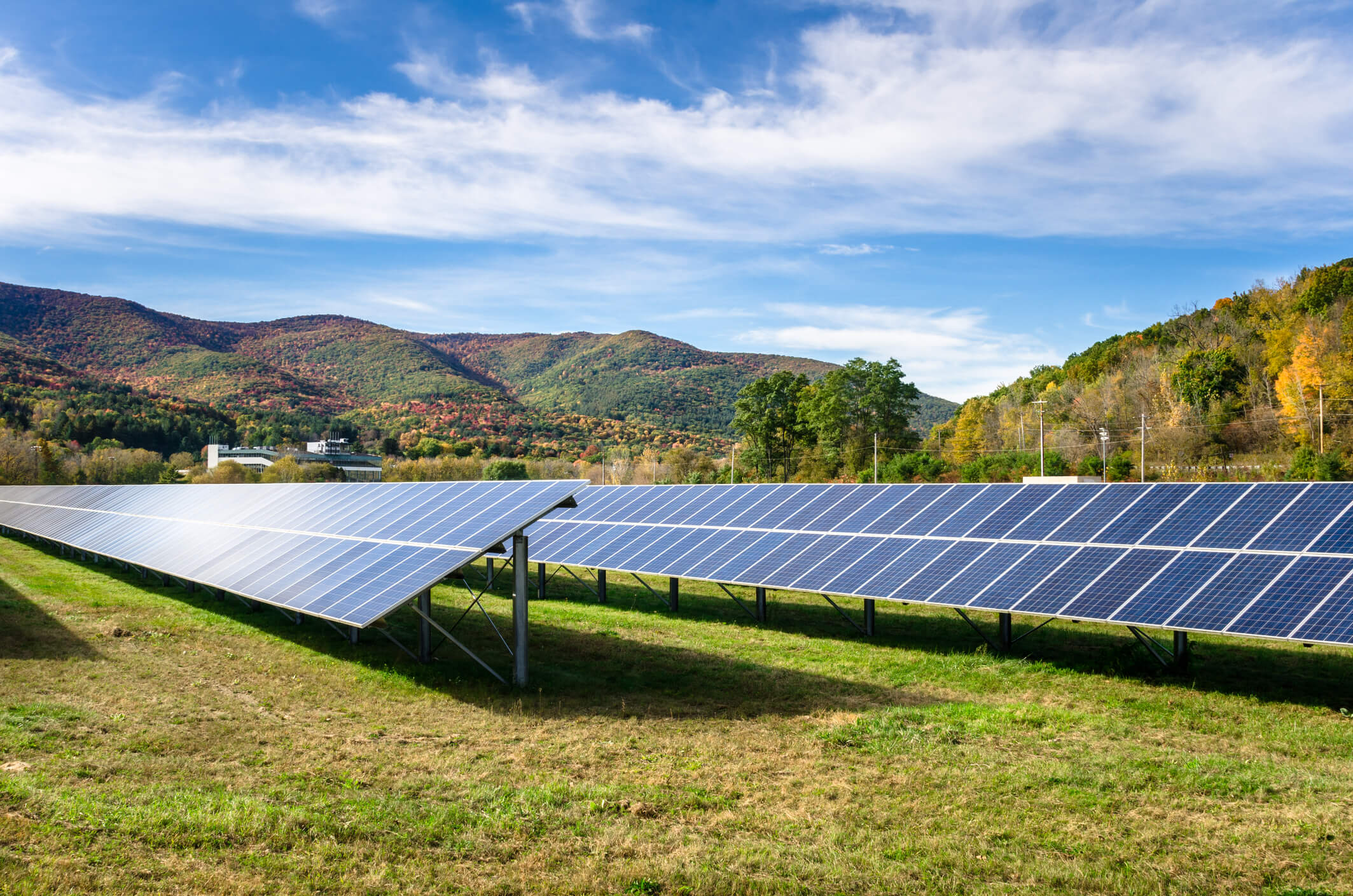
Transitioning from Hydrocarbons to Renewable Energy
mai 15, 2021
This guide details the questions to ask and factors to consider when transitioning from hydrocarbons to renewable energy sources.
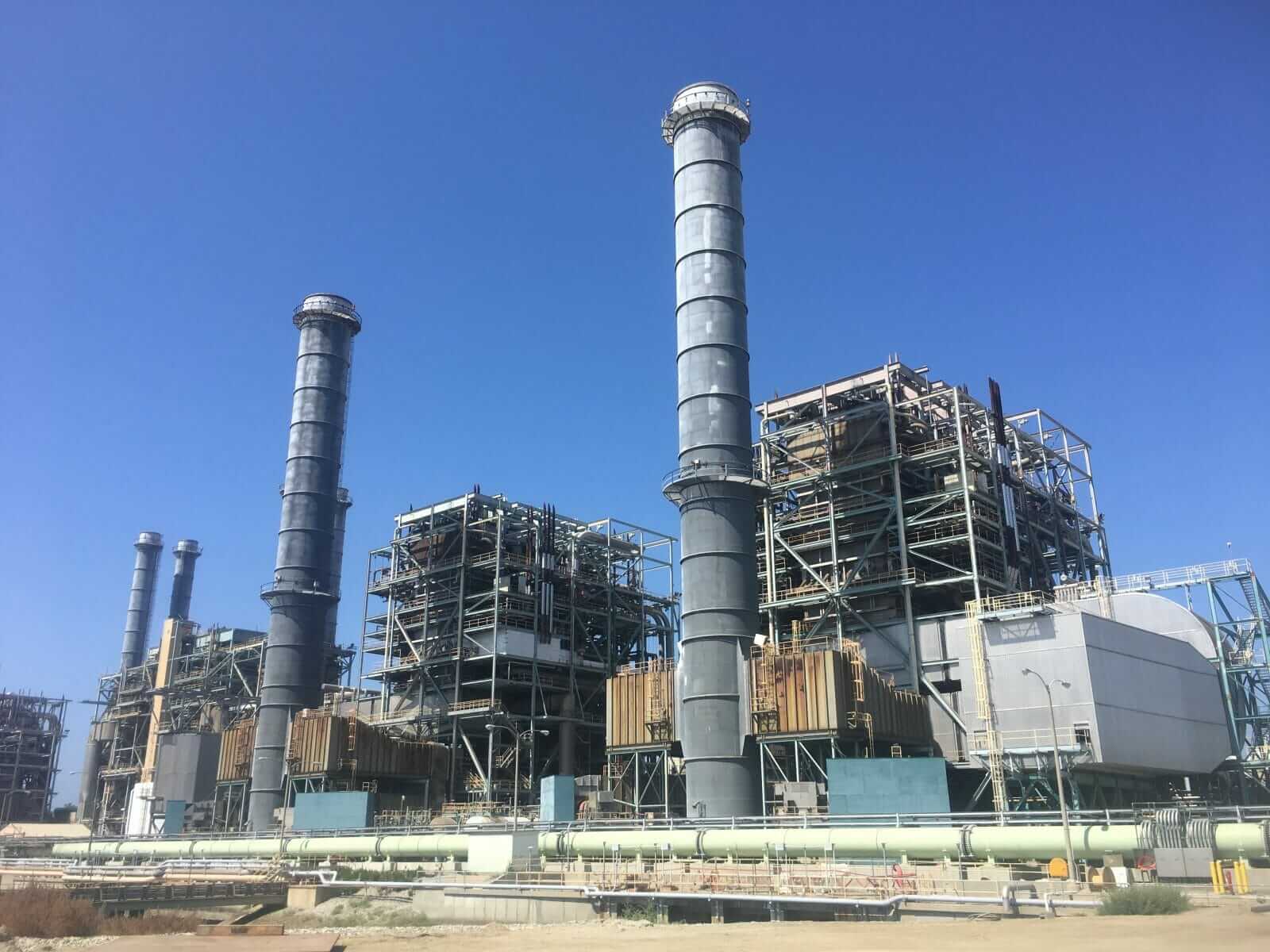
TRC to Oversee $104 Million Demolition Project at Los Angeles’ Haynes Generating Station
avril 24, 2021
TRC to dismantle and remove four decommissioned generating units in Long Beach, Calif., to pave way for LADWP’s clean grid initiatives.
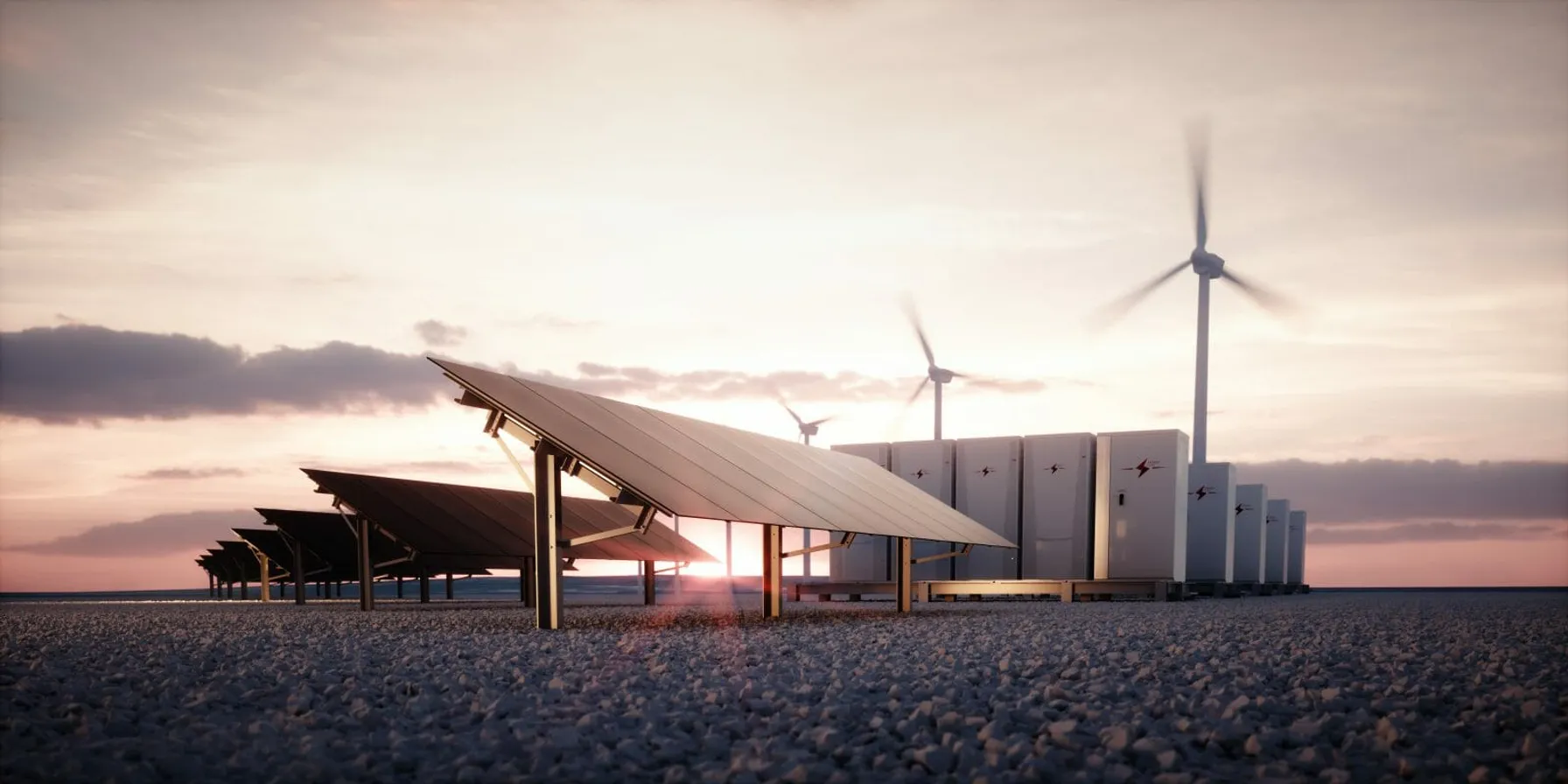
NERC Issues Battery Energy Storage Systems Reliability Guidance
avril 22, 2021
While NERC has recently published a reliability guideline addressing inverter-based resources generally, they are now giving more attention to the various potential uses of BESS to support effective implementation with newly released guidance.
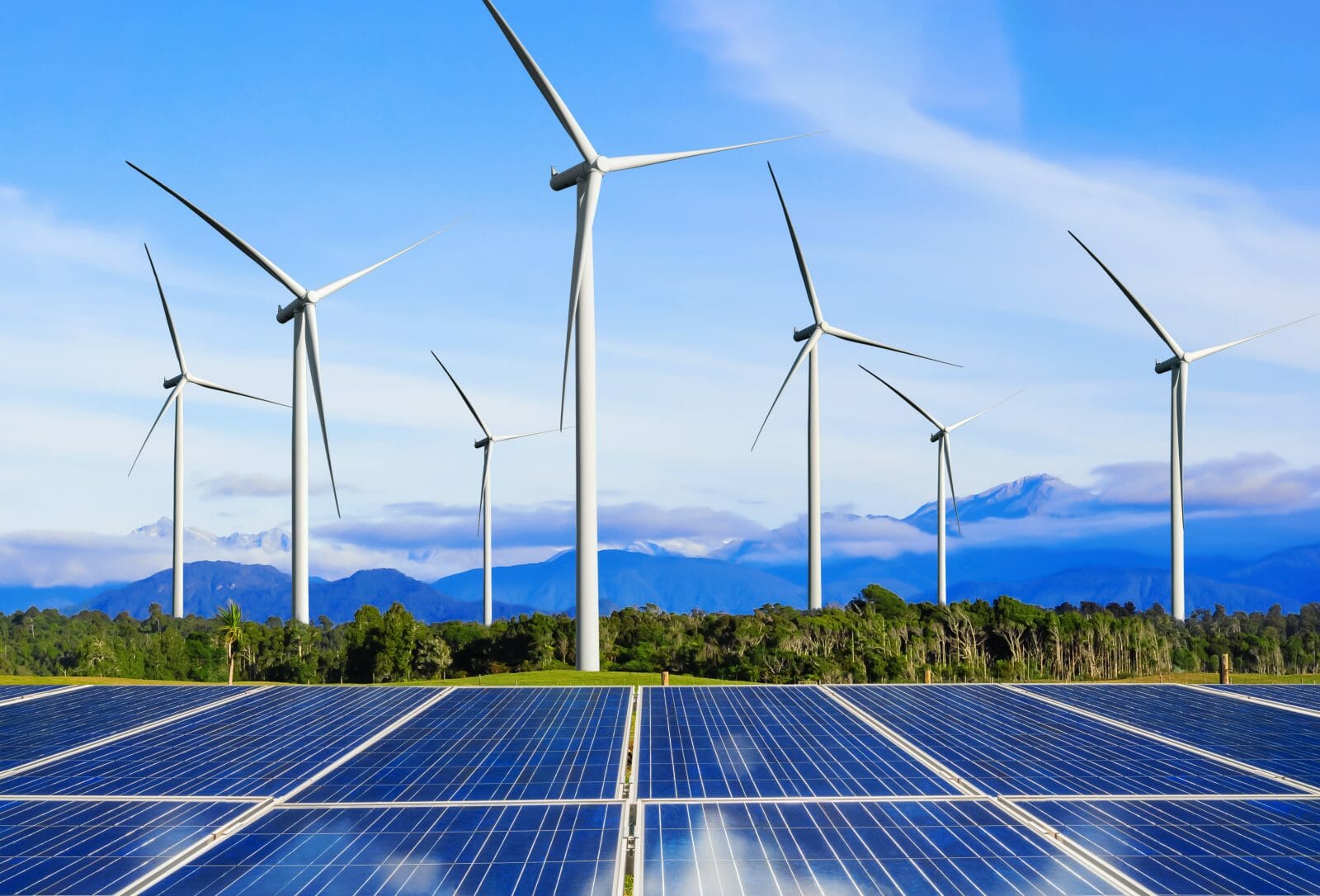
TRC Talks – Integrated Solutions for Renewable Energy
avril 7, 2021
Close coordination when planning the electrical and civil design components of a renewable energy project is critical to development success. Working with a multi-disciplinary team can streamline approval processes and ensure optimum constructability.

Product Quality Verification is Fundamental to Commercialization of Biogas from Waste Streams
mars 2, 2021
In this the first of a two-part series, the authors examine the production of biogas produced by anaerobic digestion and its upgrading to renewable natural gas.

The View on Climate Change has Changed in Washington
mars 1, 2021
The Biden Administration signals both a renewed and accelerated focus on climate change.
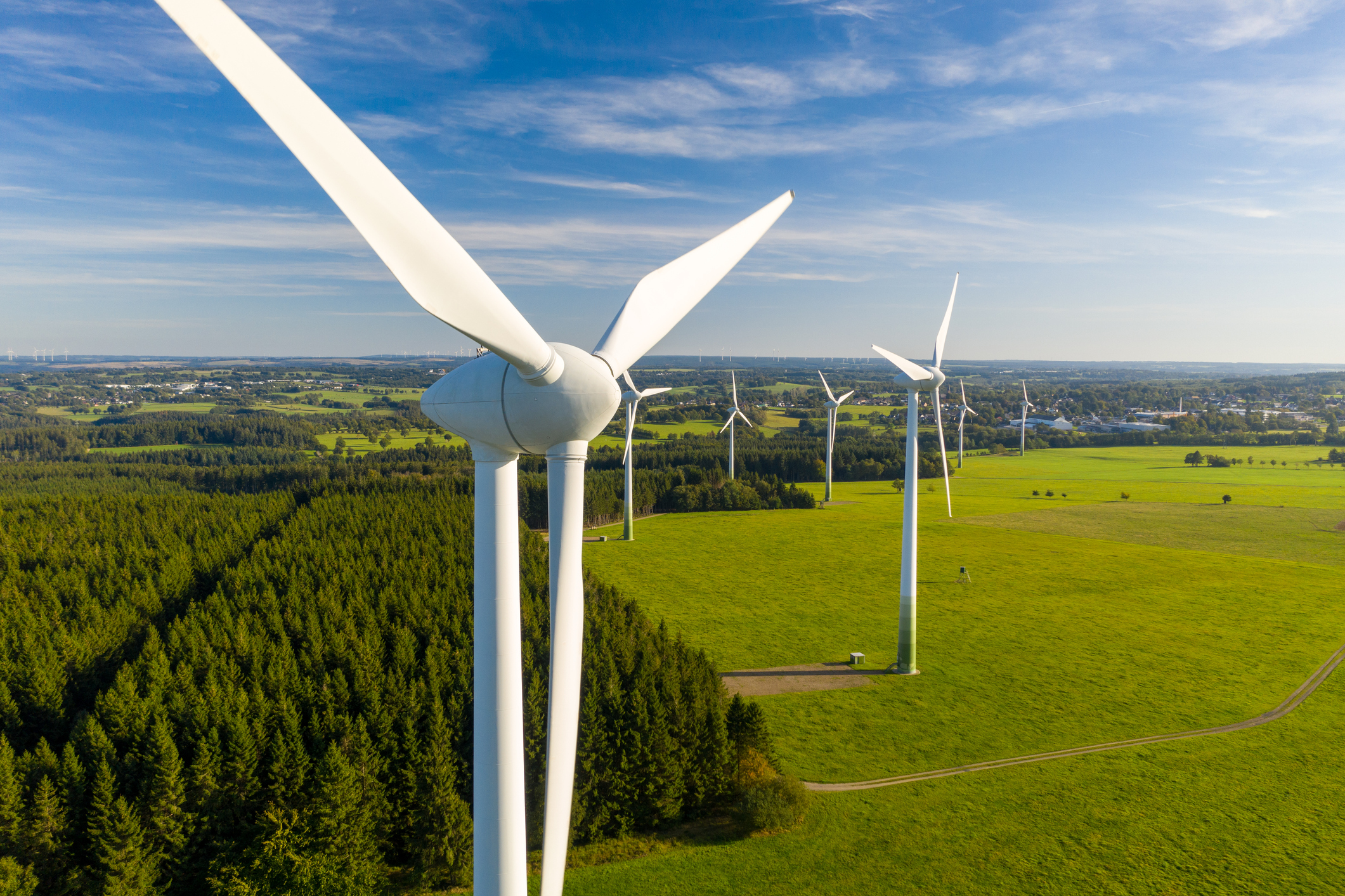
Green Insider Podcast featuring TRC’s Sr. Vice President of Renewables, Matt Beaton
janvier 25, 2021
Our experts discuss the challenges of working on the opportunities of offshore wind and hydroelectric power, and strategies to advance broad clean energy reform.
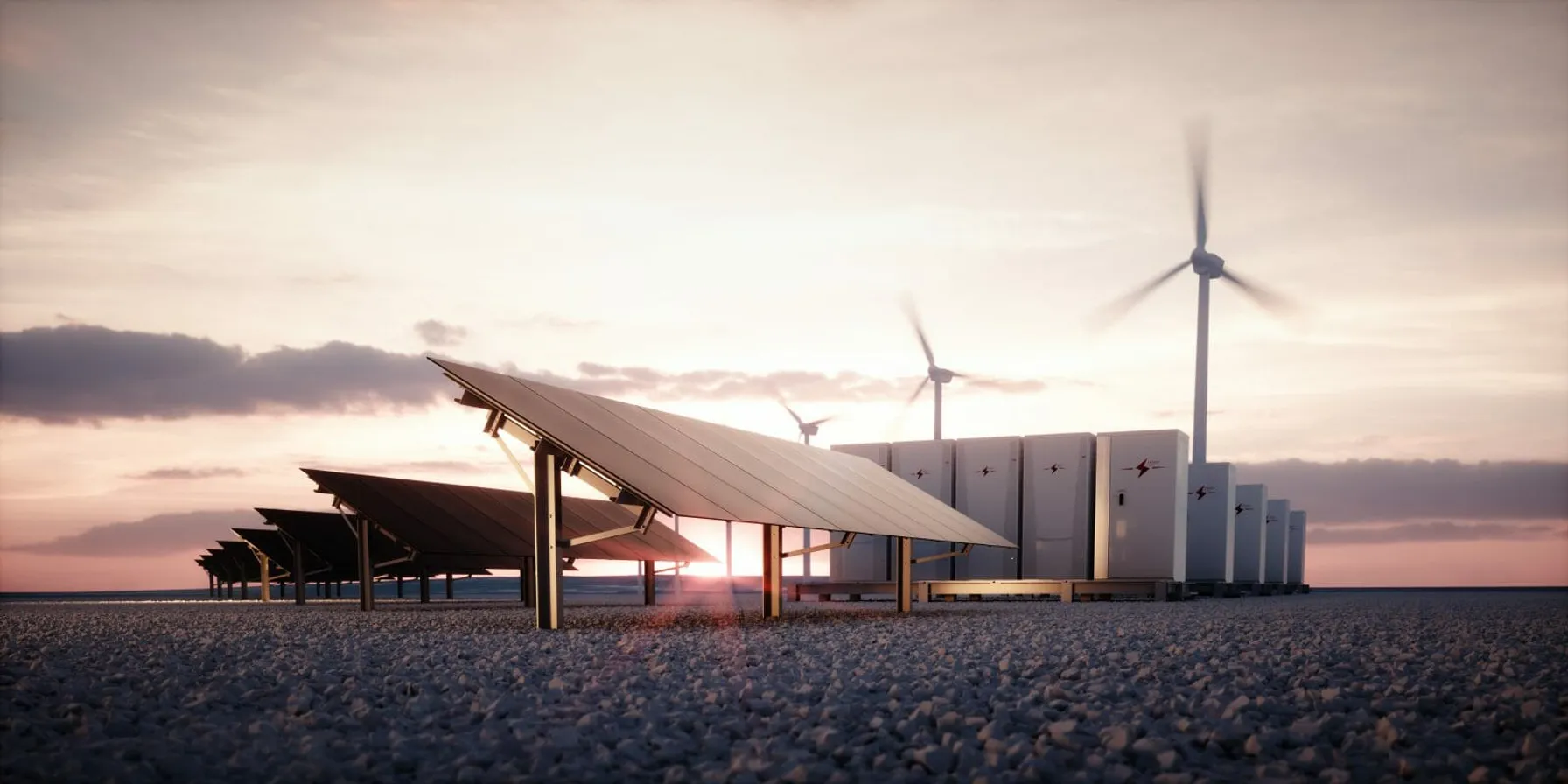
NERC Proposes Revision of Pending TPL-001-5.1 Standard
janvier 20, 2021
NERC has recently undertaken important standards and guidance development activities related to the proliferation of inverter-based technologies such as solar and wind generation, as well as battery energy storage which is growing as an industry solution to ensure the reliability of renewable power for end-use customers.

TRC Companies Inc. Expands Environmental and Renewable Energy Capabilities with the Acquisition of Shoener Environmental
Décembre 2, 2020
Today TRC Companies, announces the expansion of its environmental and renewable energy capabilities with the acquisition of Shoener Environmental.

TRC Talks – Renewable Energy
novembre 24, 2020
Our experts discuss TRC’s integrated approach to renewable energy development.
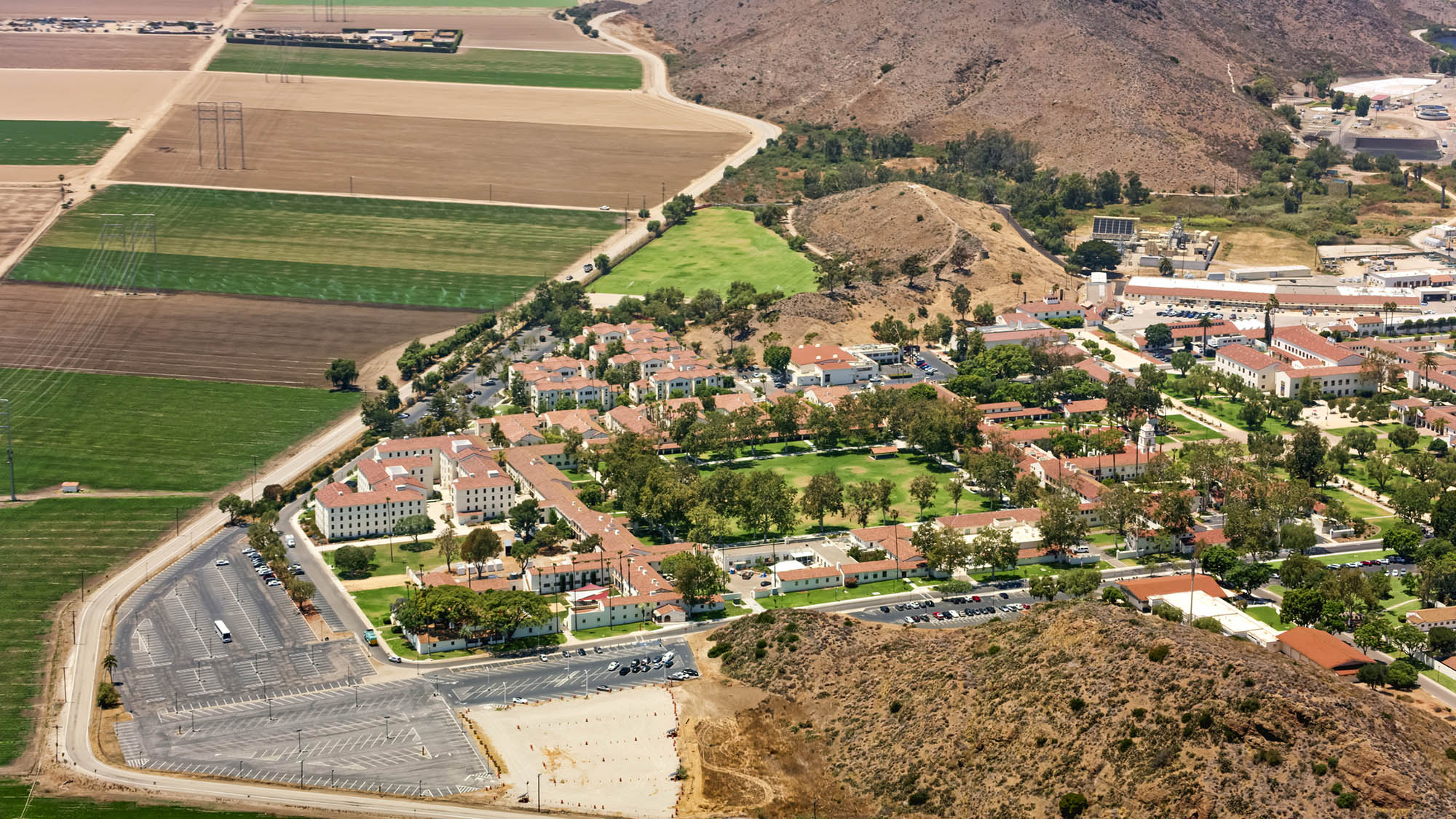
City of Camarillo, California approves moving forward with Hybrid Solar Microgrids at five critical community facilities
novembre 6, 2020
On October 28, the Camarillo City Council unanimously approved moving forward with the design of Hybrid Microgrids at five City facilities: City Hall, the Corporation Yard, Camarillo Public Library, Police Station, and Wastewater Treatment Plant. The microgrid at the Camarillo Public Library will be designed with solar+storage only, while the other four sites will employ a hybrid design of solar+storage+diesel.
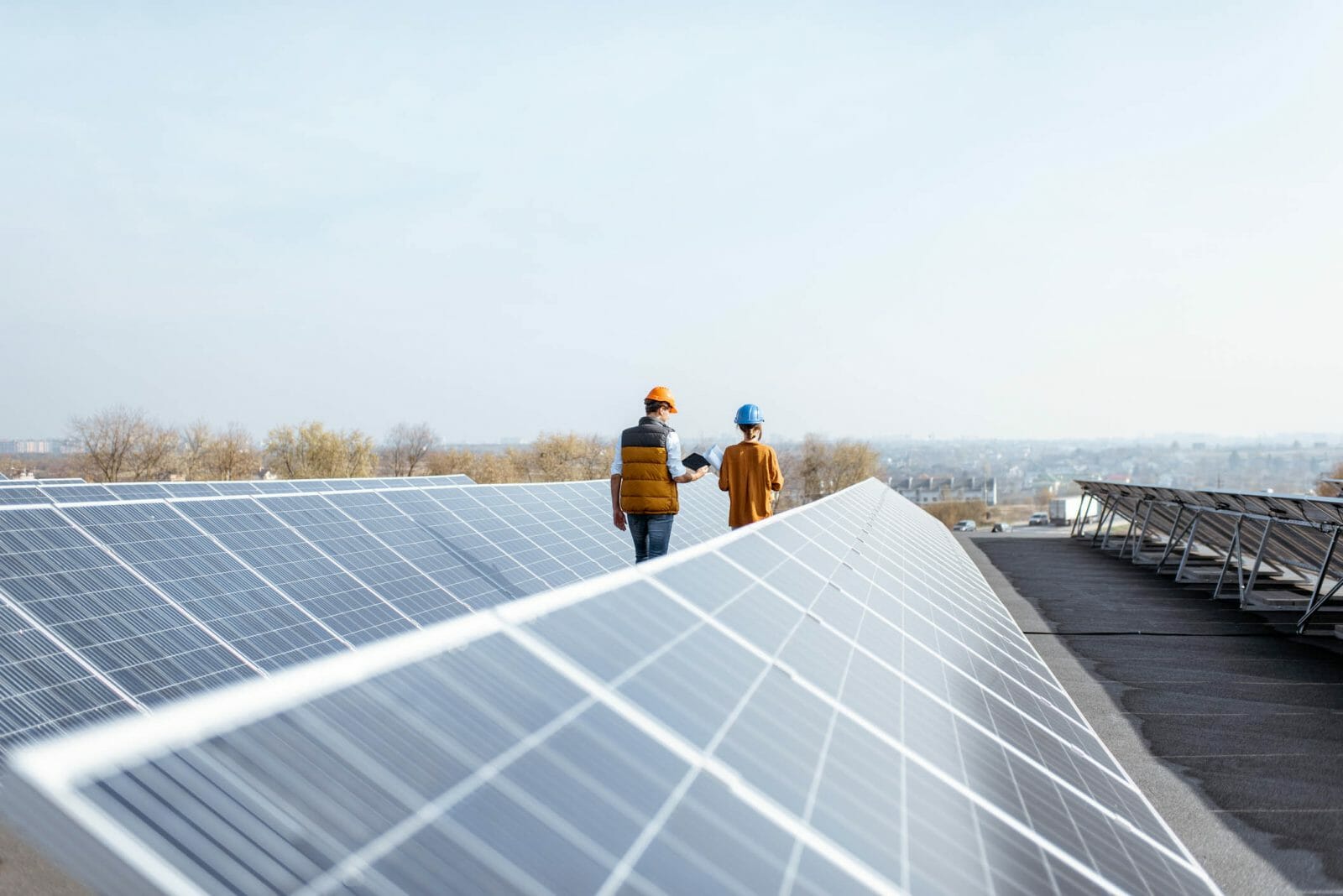
TRC Digital partners with Dominion Energy to evolve its distributed energy resource strategy
septembre 22, 2020
Dominion Energy, one of the nation’s largest producers and transporters of energy, has partnered with TRC Digital to evaluate, implement and integrate technology to further the utility’s distributed energy goals. TRC Digital will facilitate Dominion Energy’s strategy development and technology execution, allowing Dominion Energy and its customers to accelerate the shift to distributed energy resources (DER) and net carbon reduction.
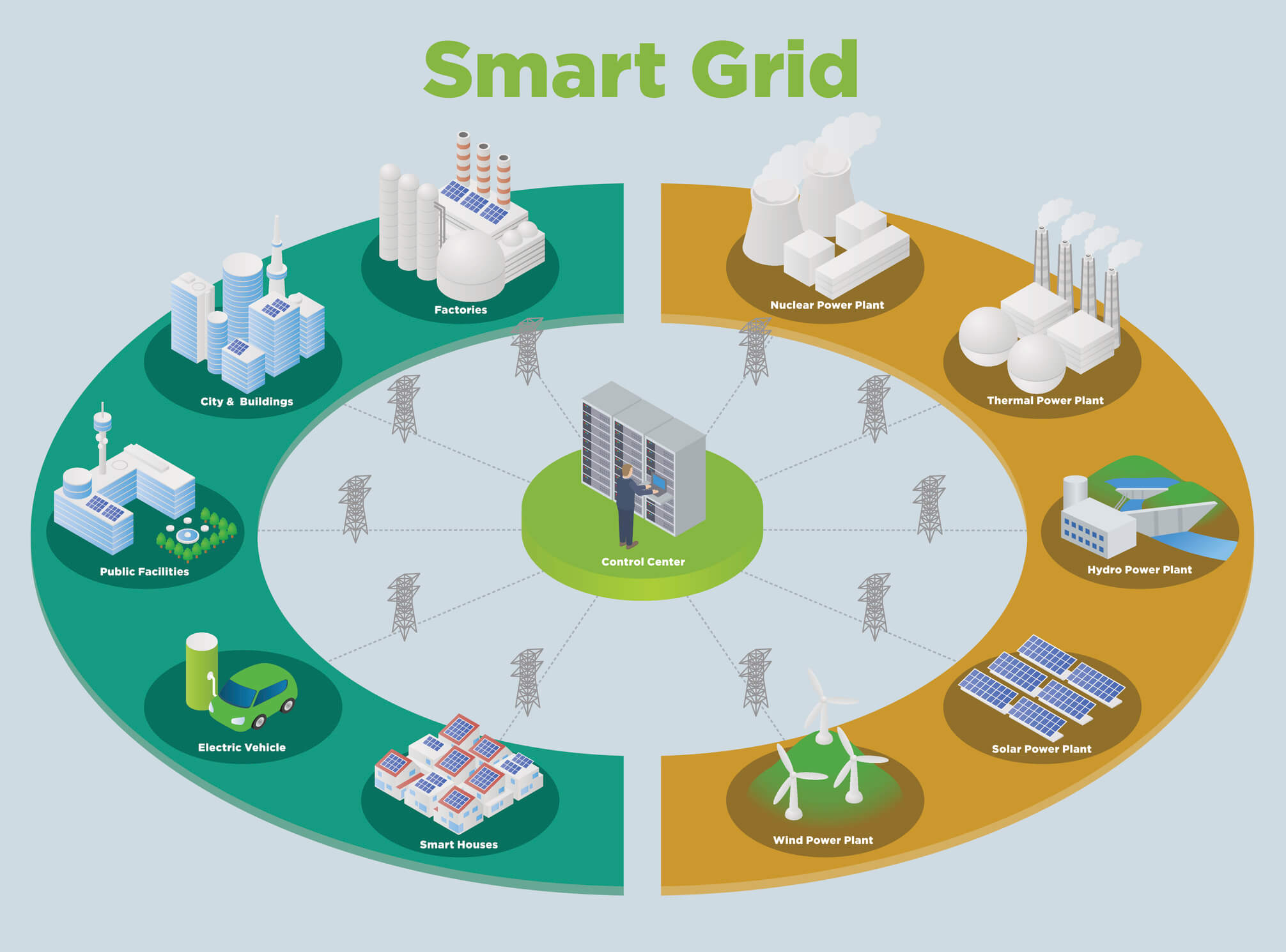
Microgrids: A mega-opportunity for electric utilities
juin 2, 2020
For the traditional electric utility business model, microgrids could be perceived as a financial threat. But we see many ways microgrids can be both moneymakers and cost-savers for utilities.
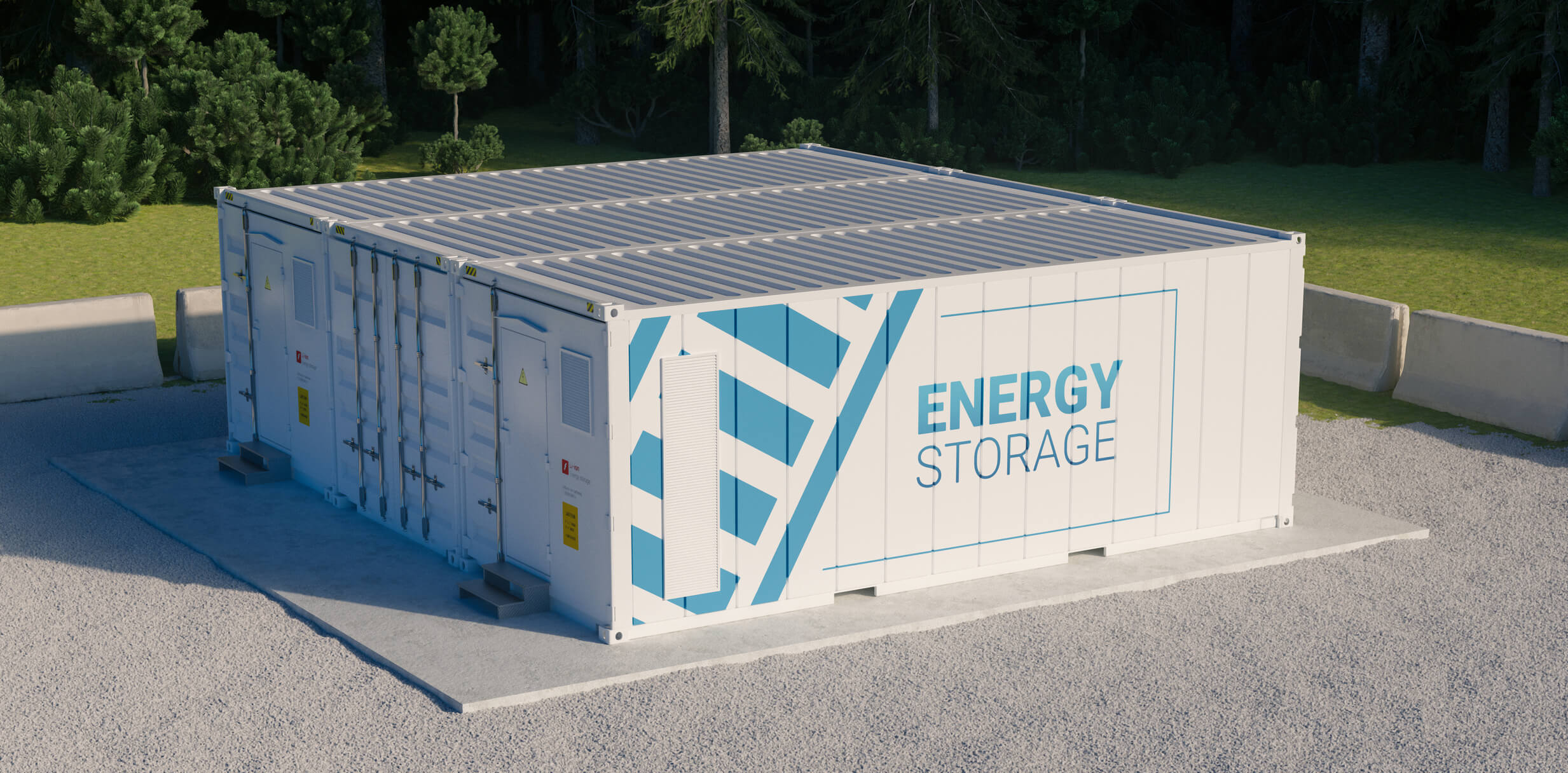
MCE Announces Partner for Comprehensive Energy Storage Program
mai 12, 2020
TRC will help support MCE’s community and vulnerable customer resiliency efforts
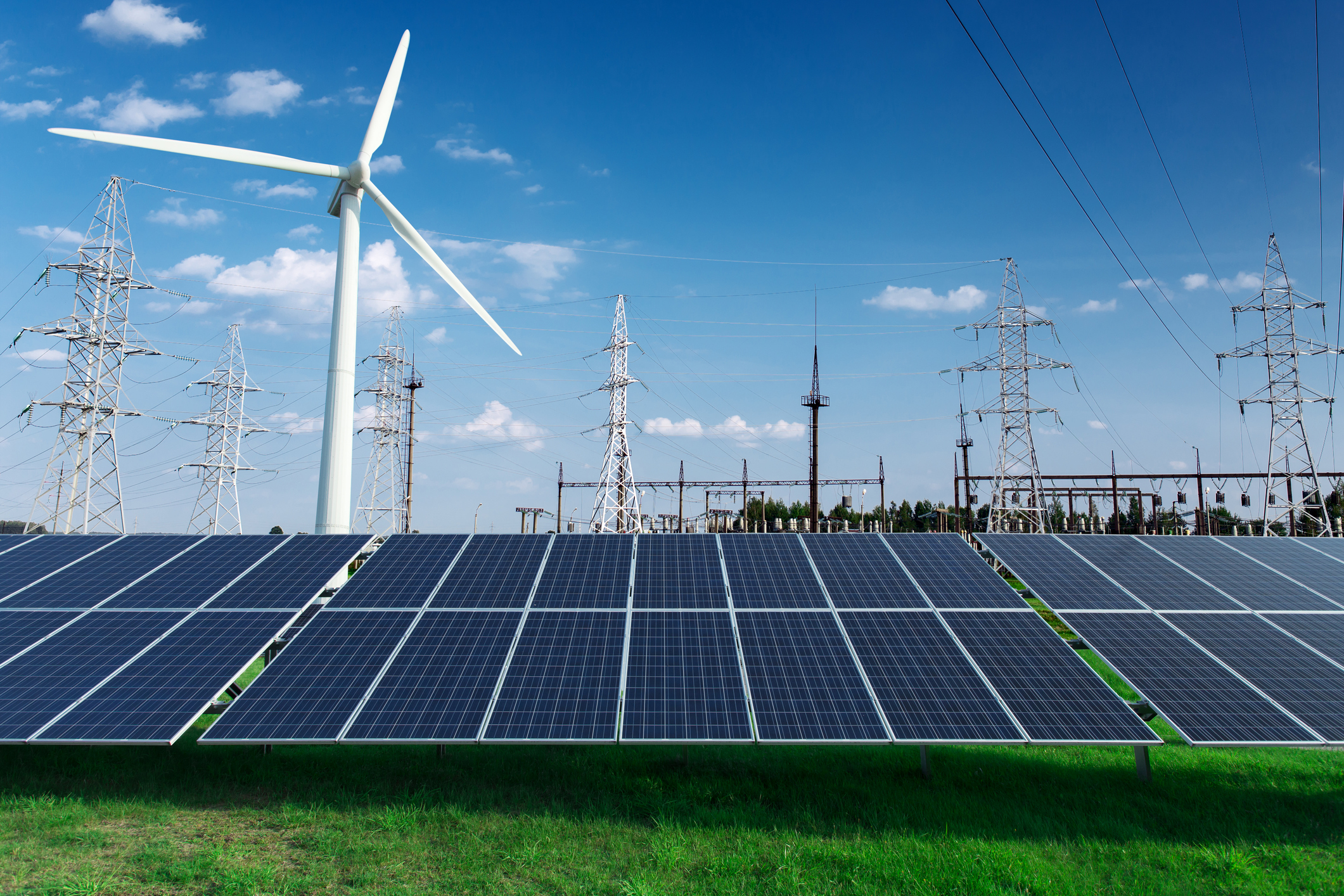
TRC Digital and Enbala can help utilities monitor, control and optimize distributed energy resources
avril 17, 2020
Distributed energy resources (DERs) are changing the way utilities think about power generation and energy flow. TRC and Enbala can offer utilities a multi-layered solution that highlights the strengths of each company.
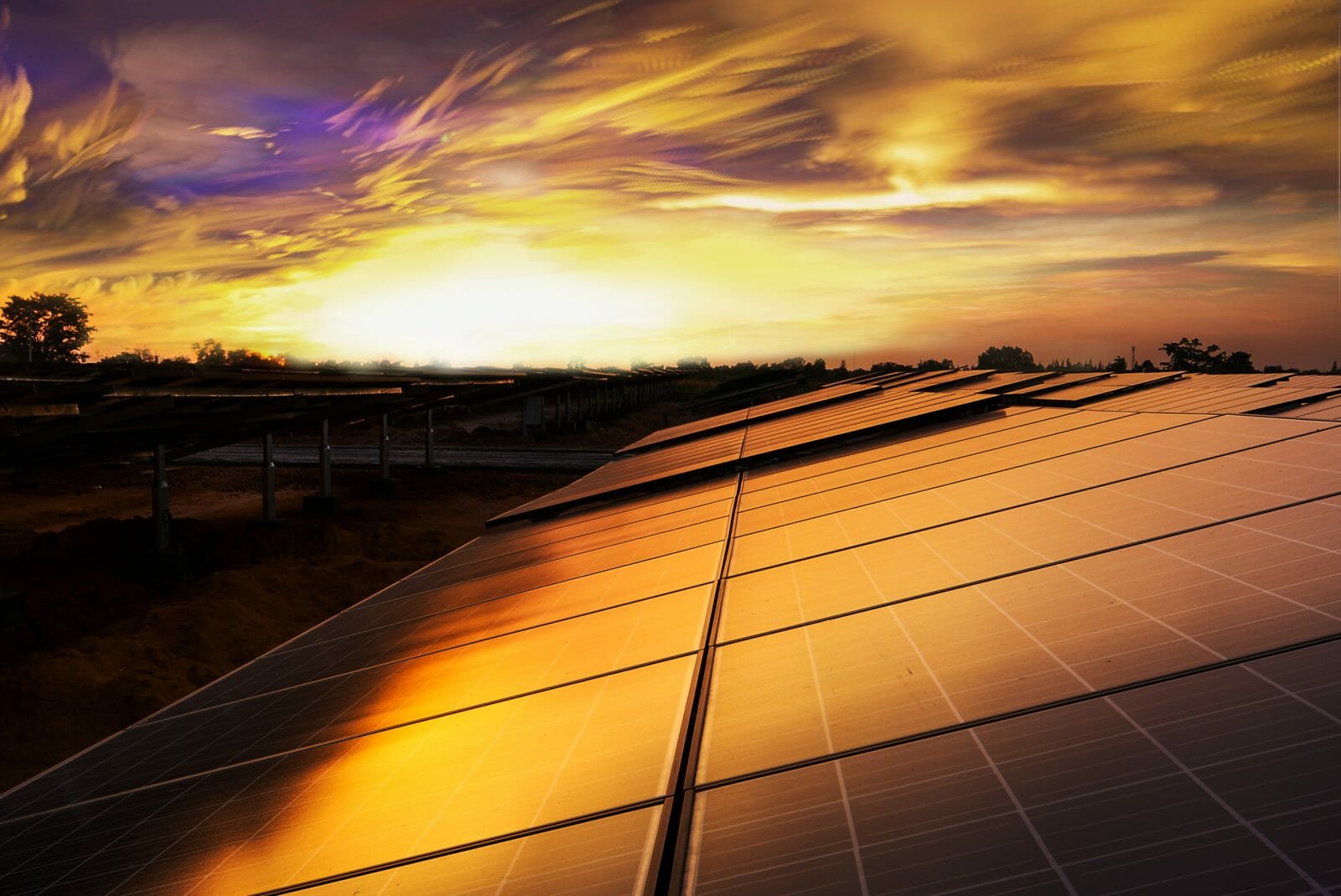
Why Coal Ash Impoundments and Landfills Make Great Solar Sites
septembre 25, 2019
Hundreds of coal ash sites are set to close over the next decade and could make ideal, low-impact locations for utility-scale solar farms.
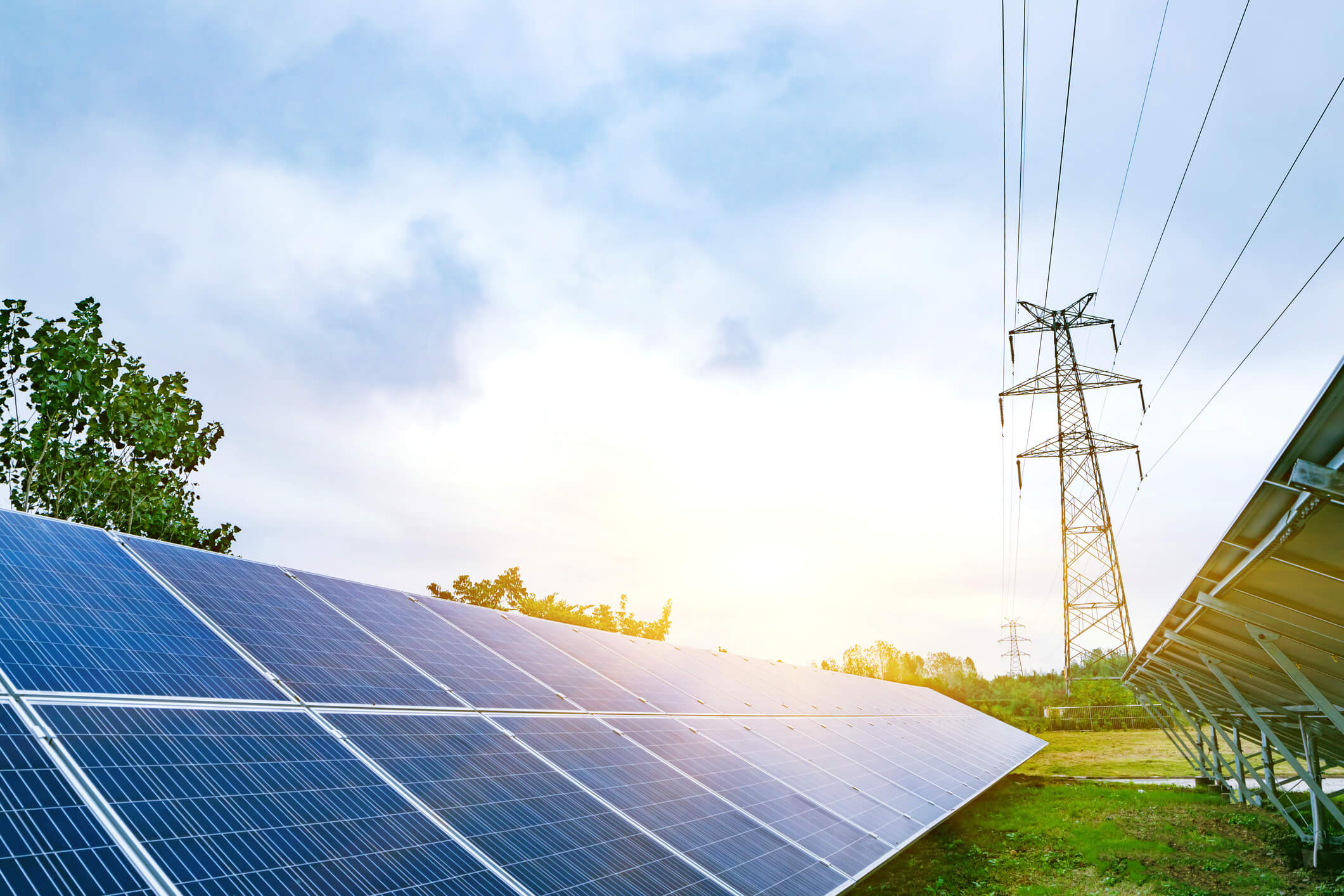
NERC to Modify Standard and Develop Compliance Guidance to Accommodate Inverter-Based Generation Technologies
février 20, 2019
Renewable energy systems have dramatically changed the power generation resource mix. These new generation technologies no longer involve directly coupled rotating generators which were once standard in the industry. Now, inverters that change Direct Current (DC) electricity to the Alternating Current (AC) electricity suitable for delivery via AC transmission systems are becoming more prevalent, raising reliability…
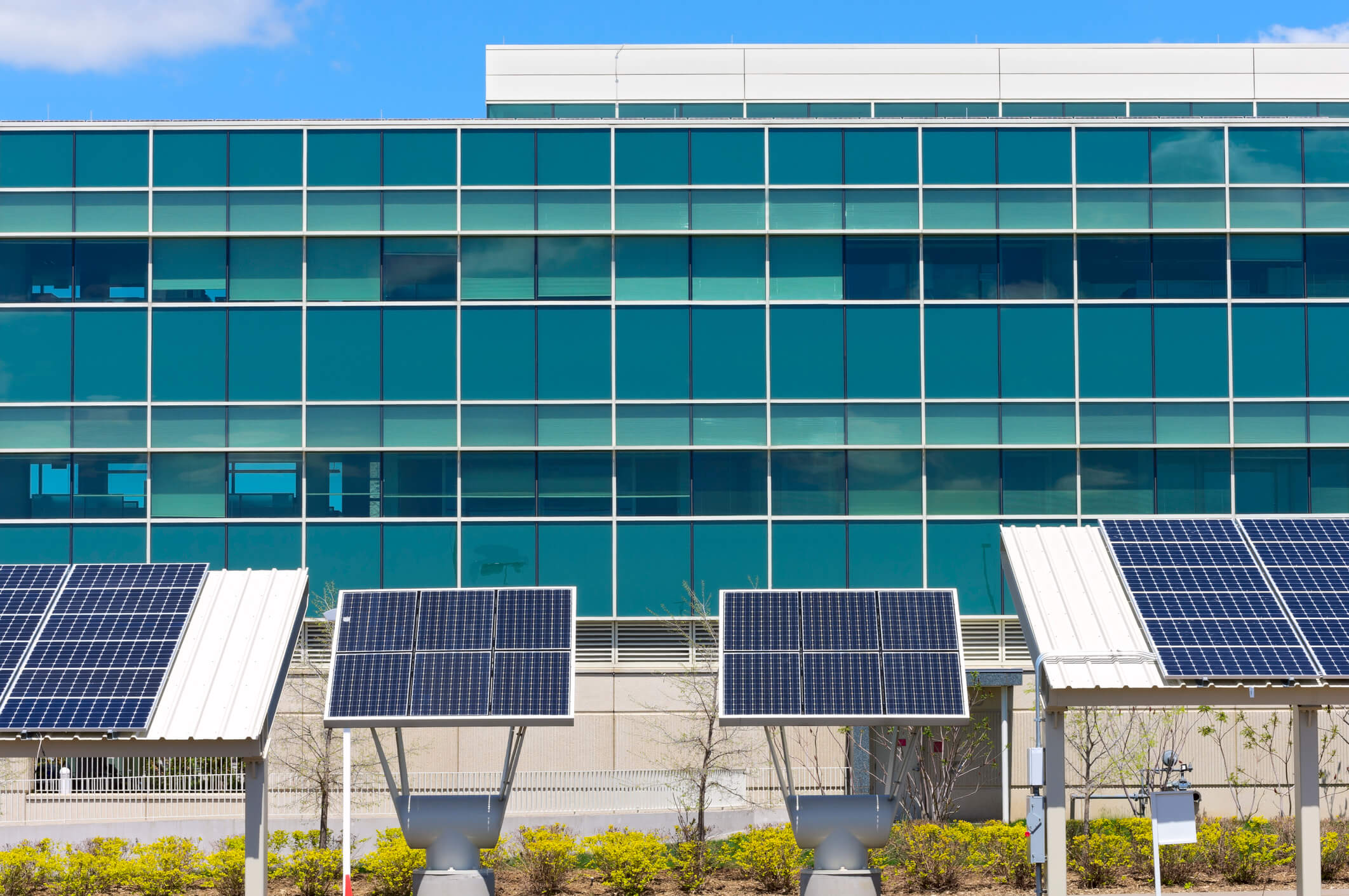
Tackling the Advanced Energy Frontier with TRC at ACEEE Summer Study
juillet 24, 2018
What will the grid of the future look like? Where are scientists and engineers breaking new ground to push energy efficiency even further? Join TRC at ACEEE Summer Study to find out.

New Approach to Migratory Bird Treaty Act Takes Flight
janvier 16, 2018
TRC examines the Department of Interior’s recent announcement that it will no longer prosecute incidental impacts to birds under the Migratory Bird Treaty Act.
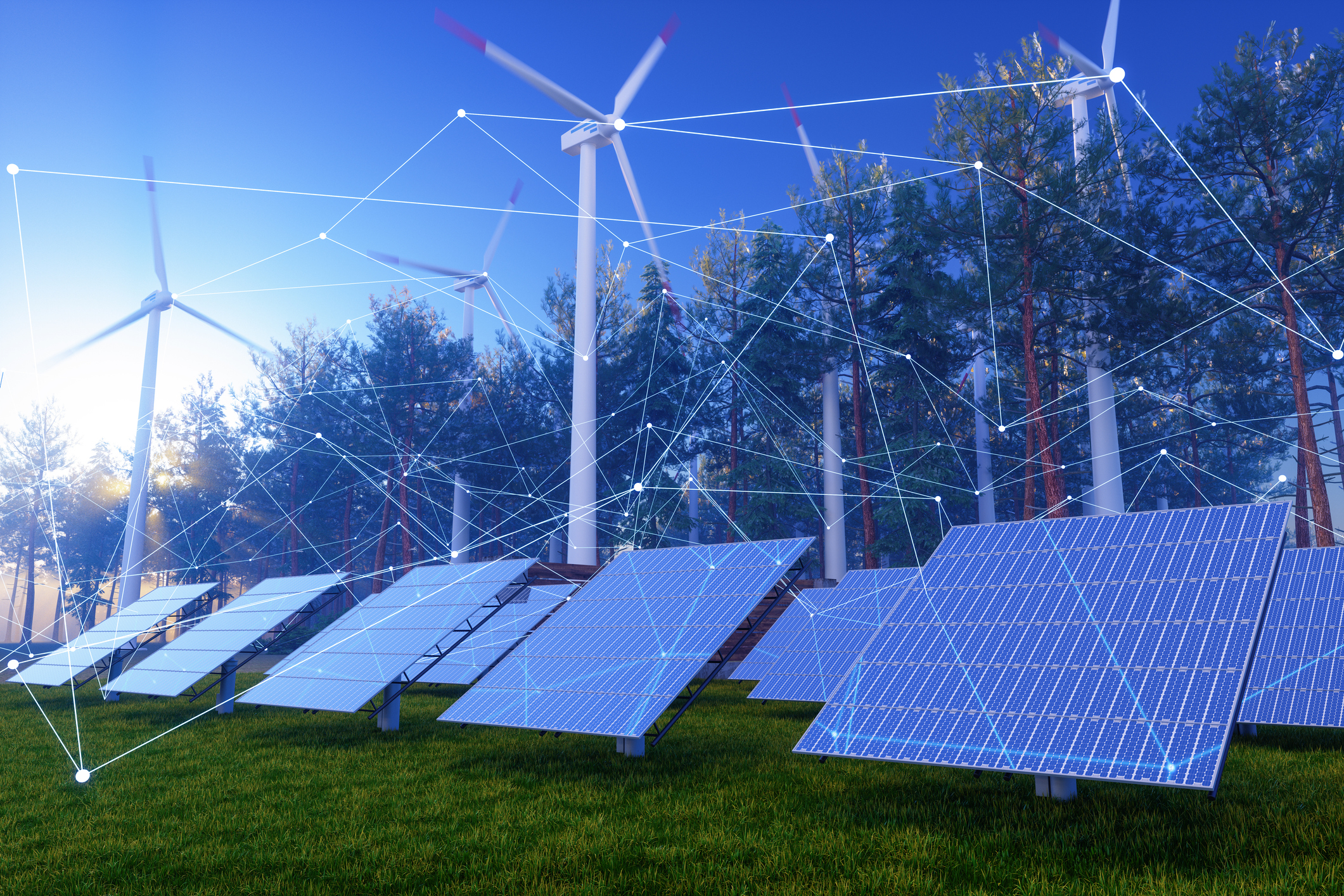
TRC’s 2018 Predictions: Infrastructure Initiatives Intensify, Grids Get Smarter and Renewables Remain All the Rage
Décembre 13, 2017
LOWELL, Mass. – TRC Companies Inc., a leader in engineering, environmental consulting and construction-management services, today released its top predictions for 2018, which include federal and state governments pumping trillions into the nation’s aging infrastructure and utilities building smarter, more balanced grids.
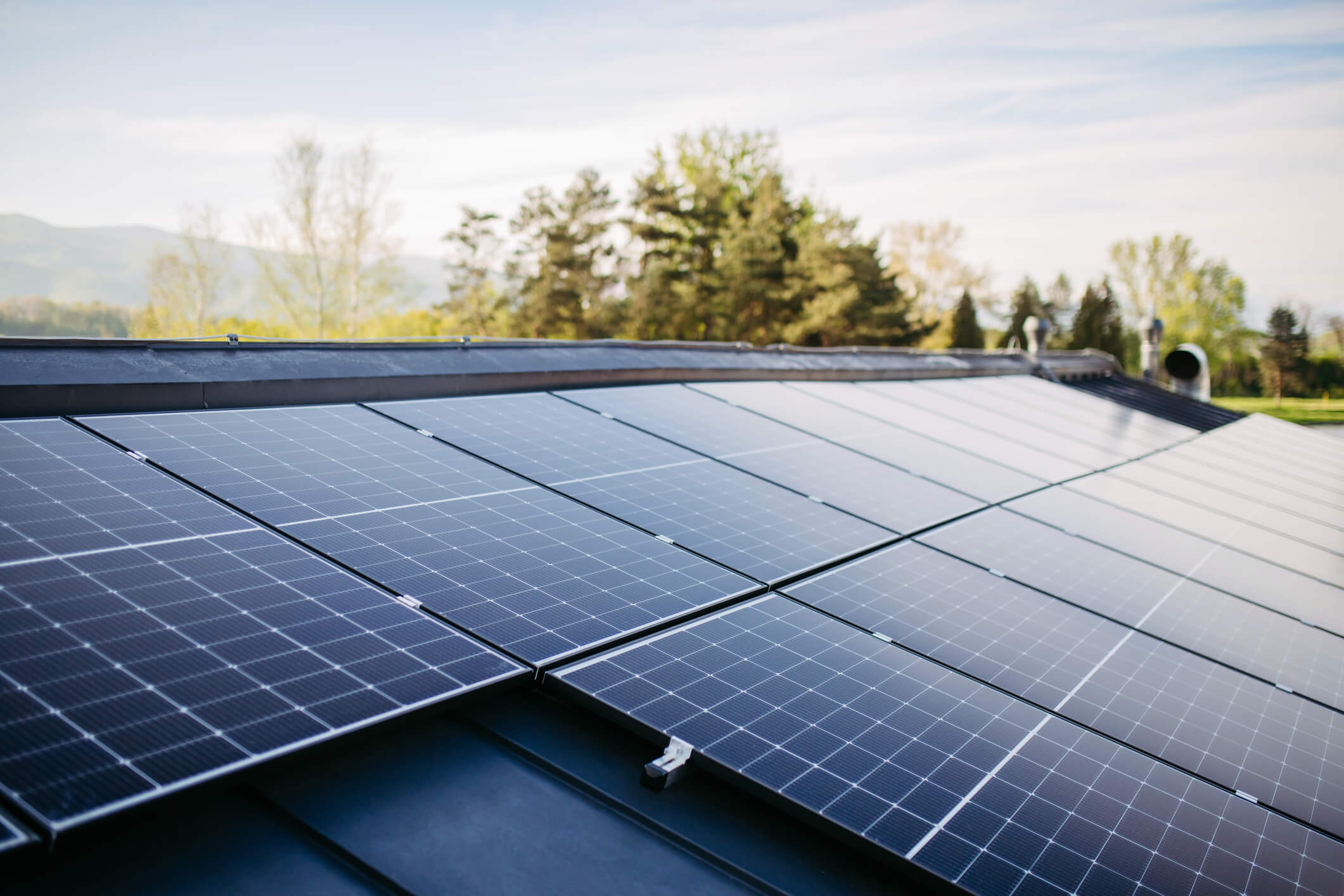
NERC Identifies New Reliability Risk due to Utility Scale Solar Generation Inverter Design
juin 13, 2017
NERC has released a report documenting its findings and recommendations related to reliability risks from utility scale solar generation projects with implications for PRC-024 compliance, as well as generation, interconnection and protection system technologies.
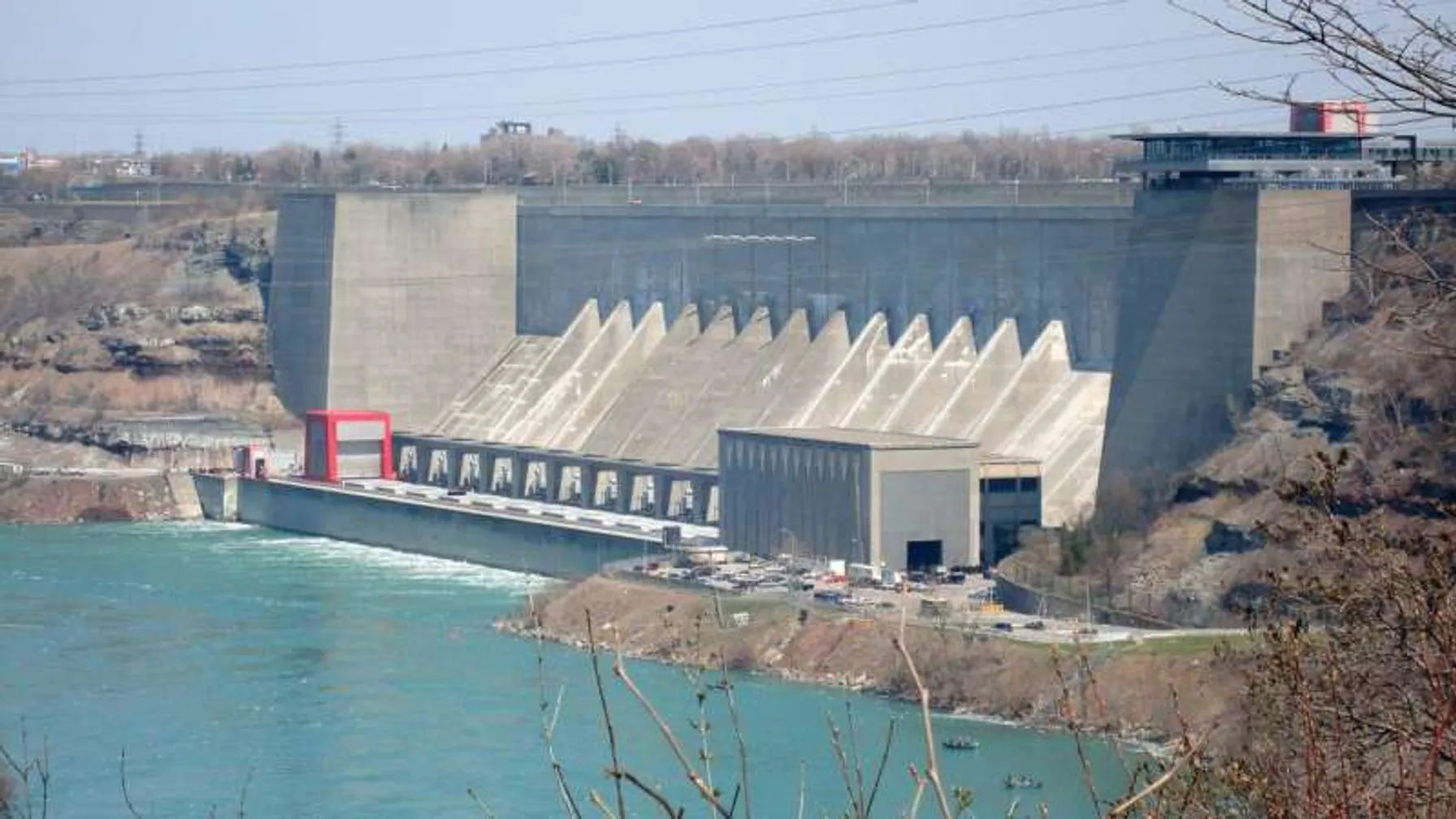
Seeking a new FERC license for your hydroelectric project? Here are the 2 key questions to ask.
mars 22, 2017
Across the U.S., Department of Energy data show that some 2,200 hydroelectric projects produce more than 6 percent of all the electricity we consume, which amounts to more than one-third of all power generated in 2015 from renewable sources. Operations of many existing hydroelectric projects are governed by 30- to 50-year licenses issued by the…

Successful Interconnection of Utility Scale Solar Projects – Strategies to Stay on Schedule and on Budget
novembre 2, 2016
Growth in solar power creates challenges for both project proponents and utilities. TRC has reviewed hundreds of interconnection applications for utility partners, and we’ve learned important strategies for reducing the time and costs associated with interconnecting projects 1 megawatt or greater.
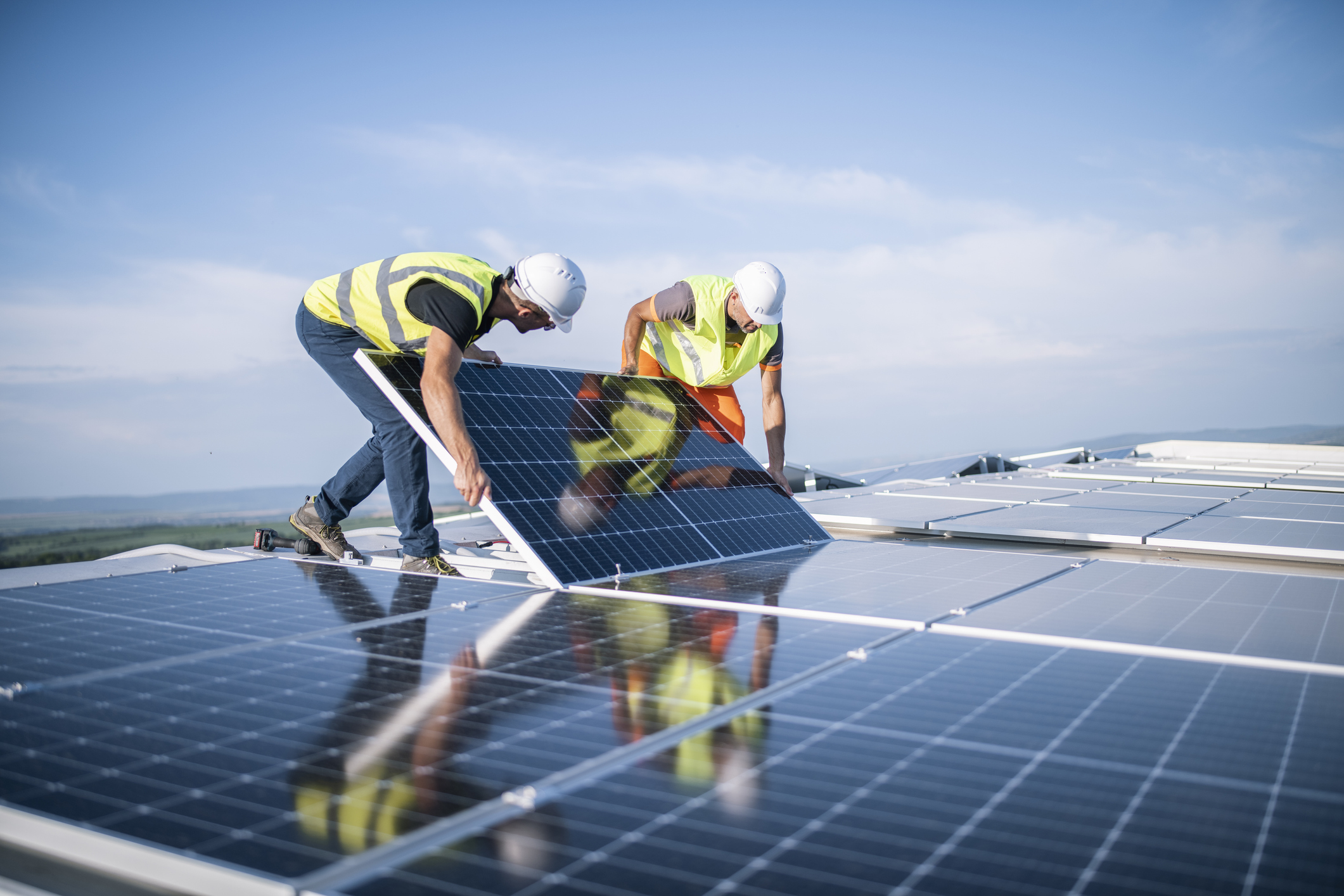
TRC Teams With BQ Energy for Award-Winning Solar Installation
janvier 13, 2016
TRC Companies has teamed with BQ Energy to develop the PatterSun solar installation, a project received a 2015 Chairman’s Award from The Business Council of New York.

Regional analysis of wind turbine-caused bat mortality
juillet 30, 2015
Wind energy has been the fastest-growing renewable energy source in the world. Studies have estimated bat fatalities at wind facilities, but direct comparisons of results is difficult and can be misleading due to numerous differences in protocols and methods used. We had a unique opportunity to compare fatality estimates from three wind facilities in southeastern

